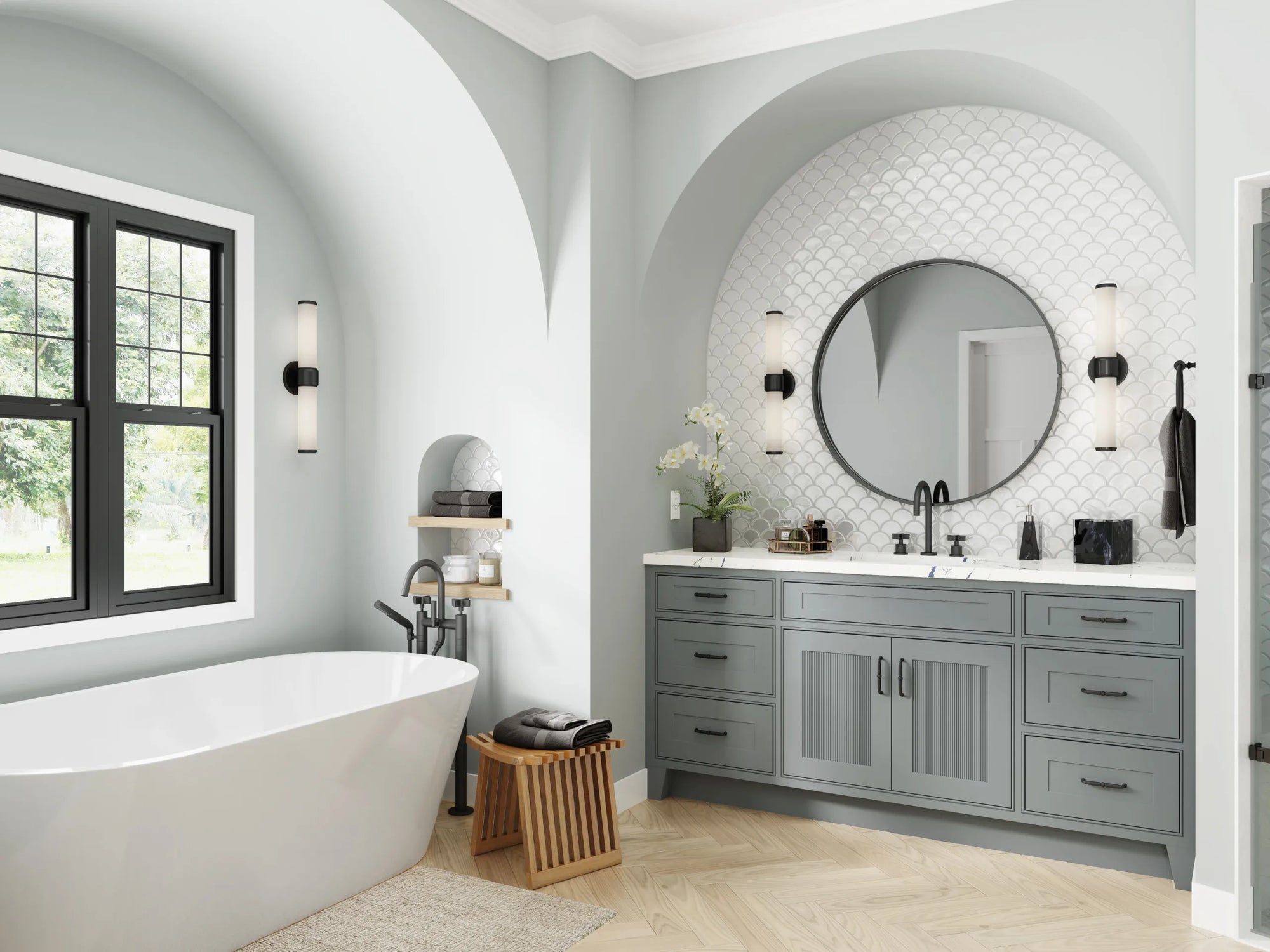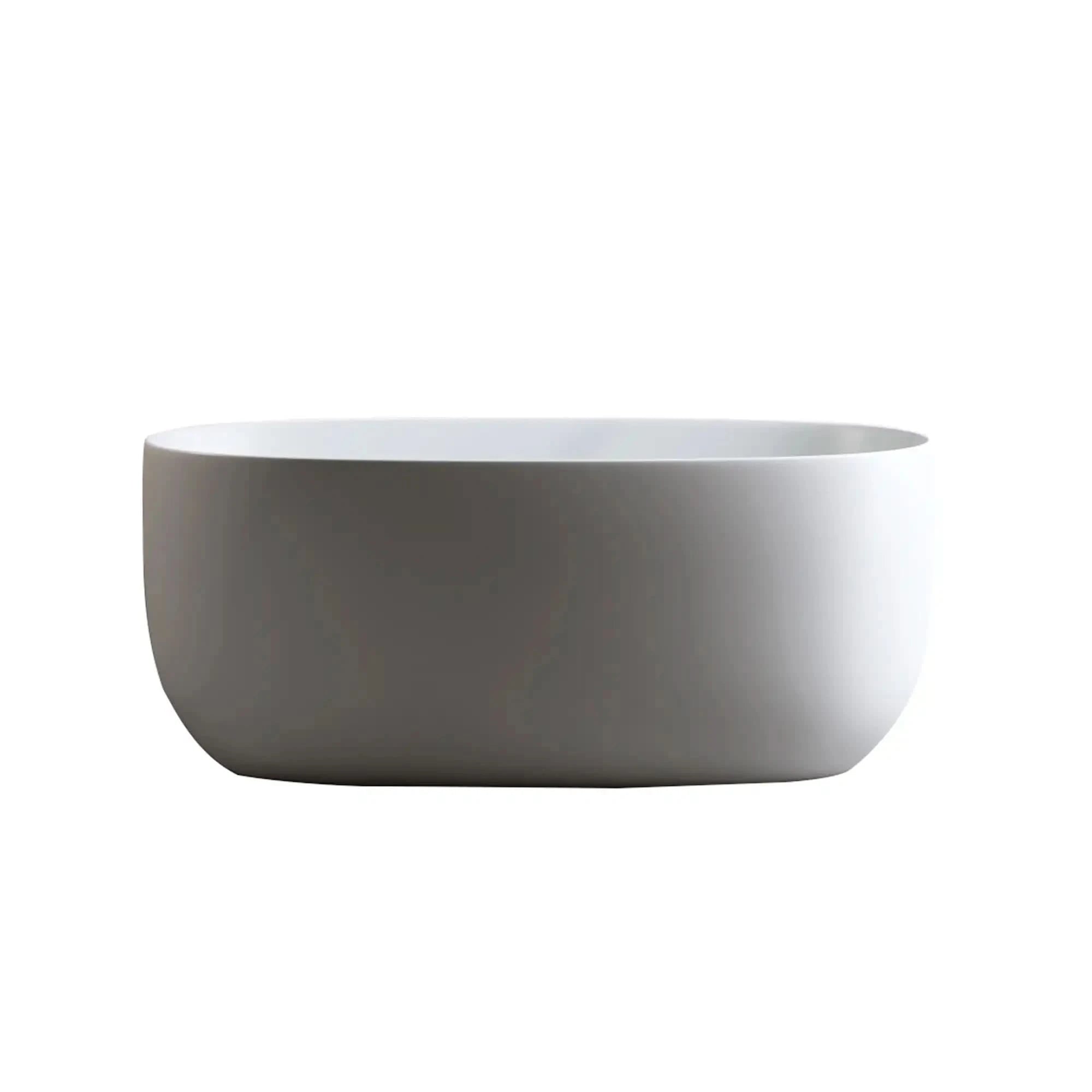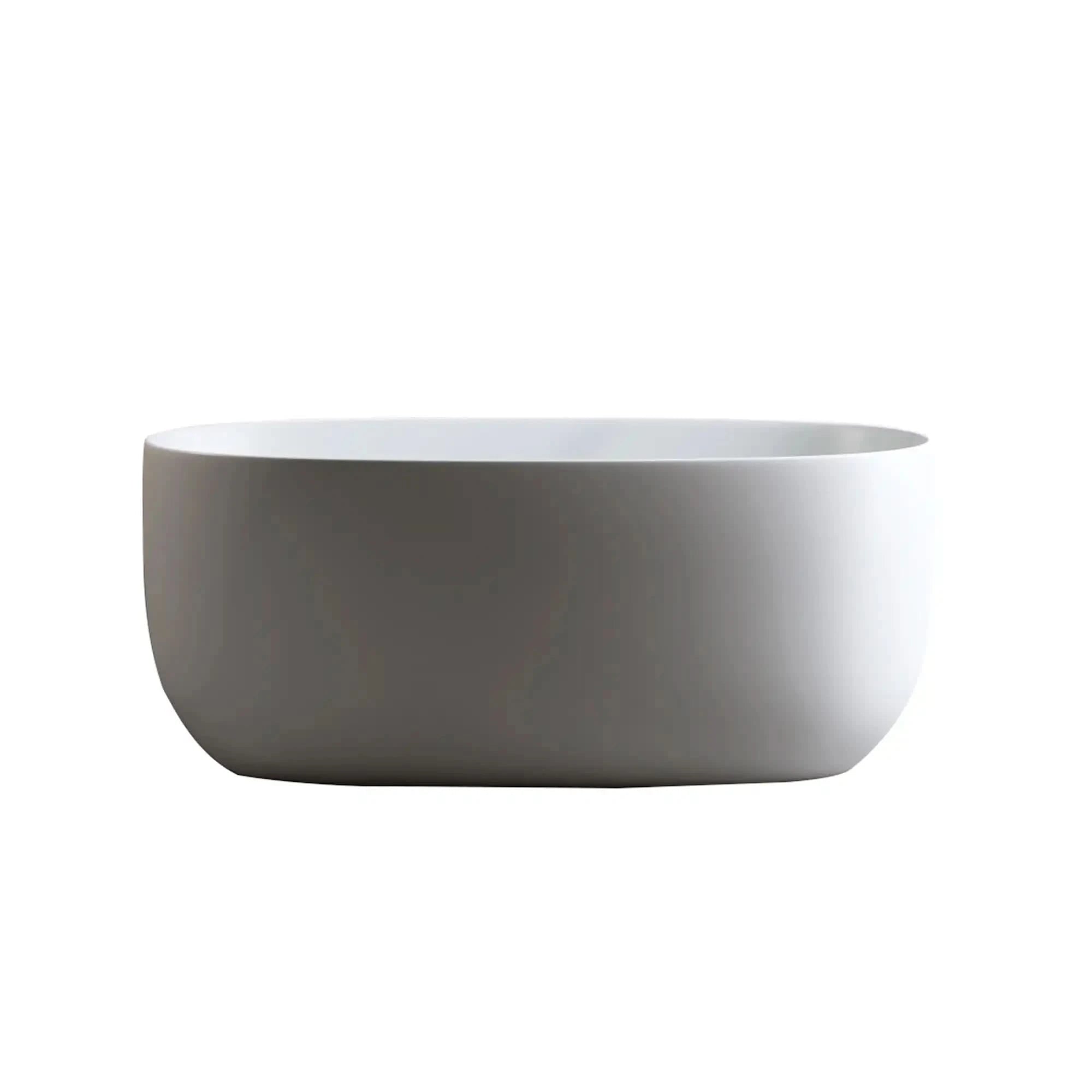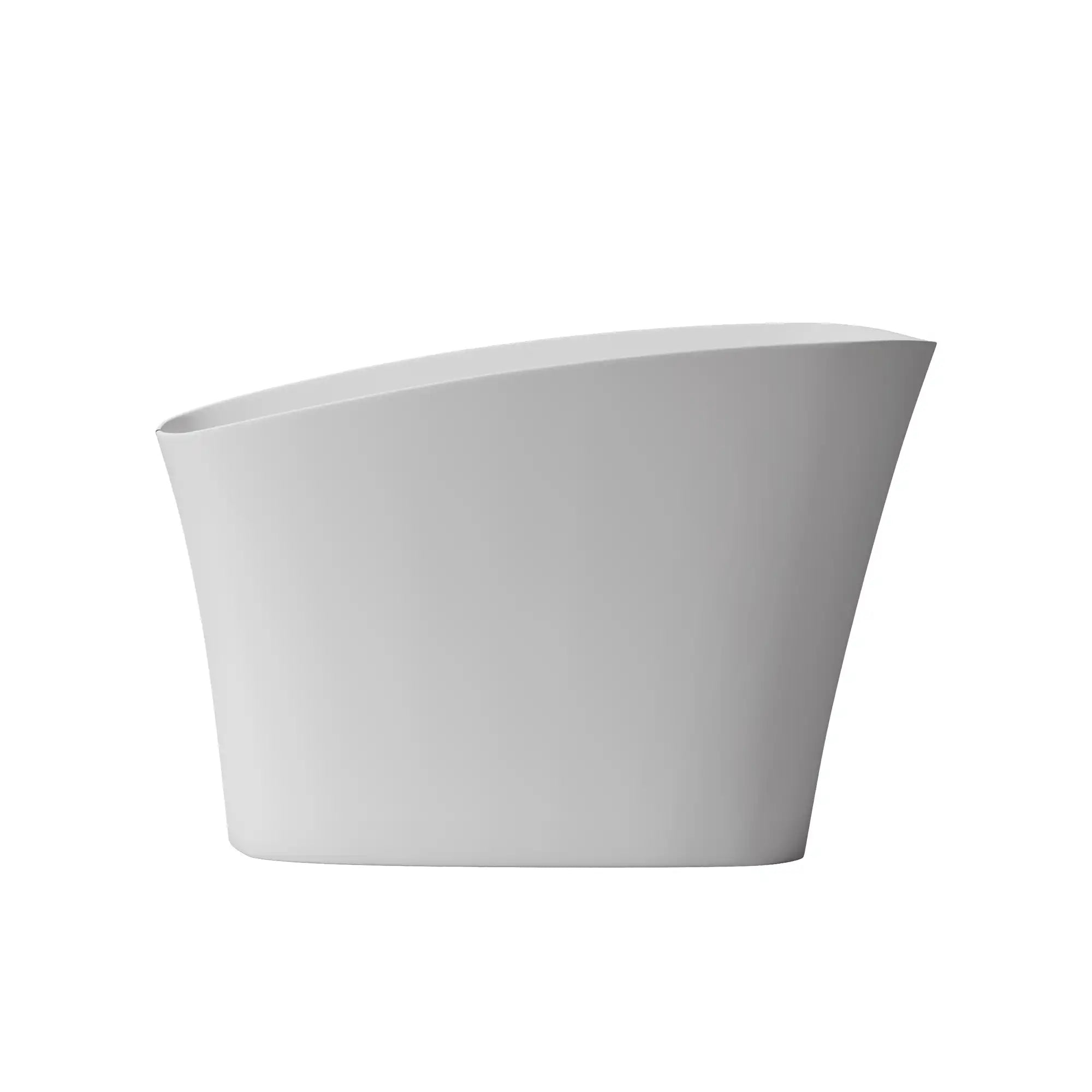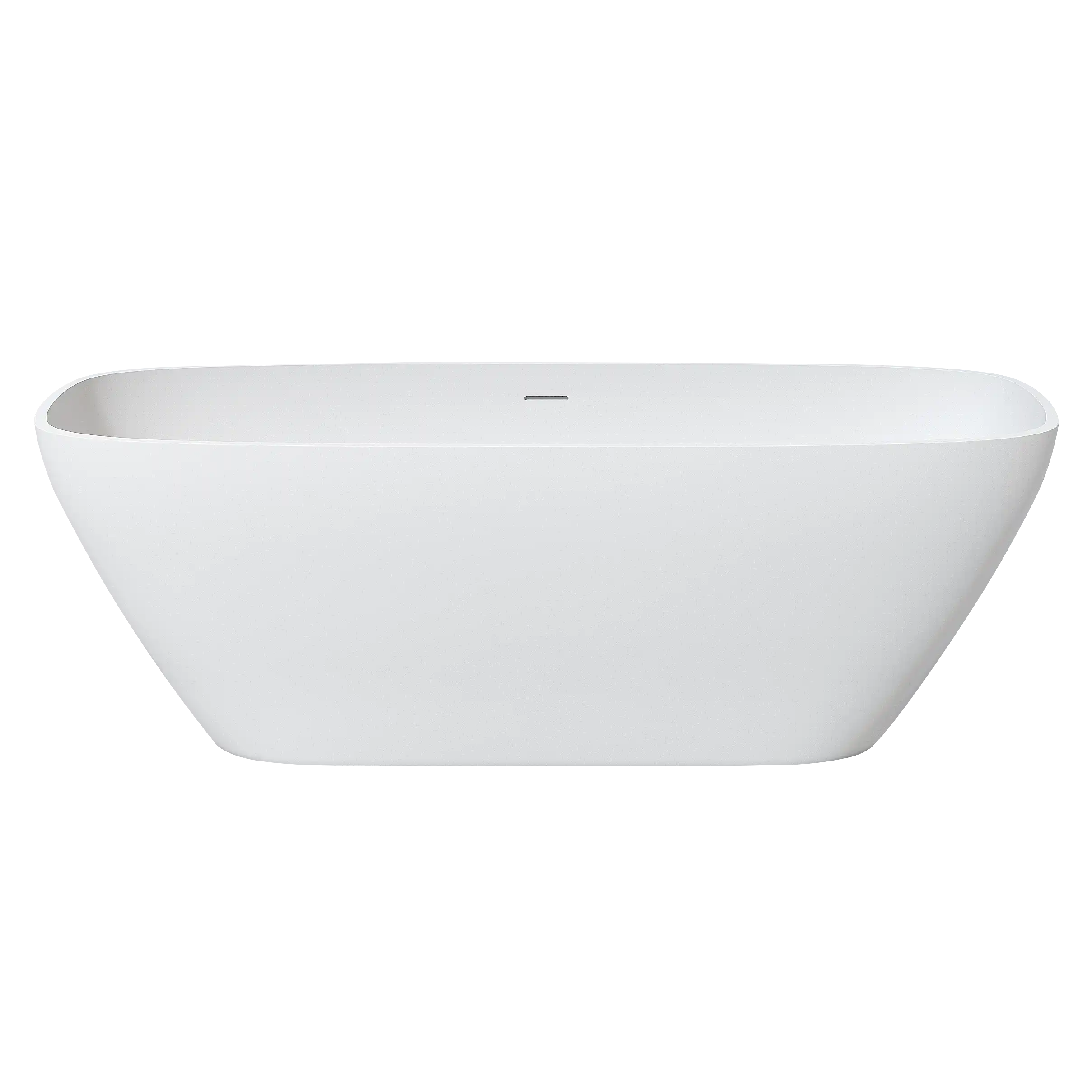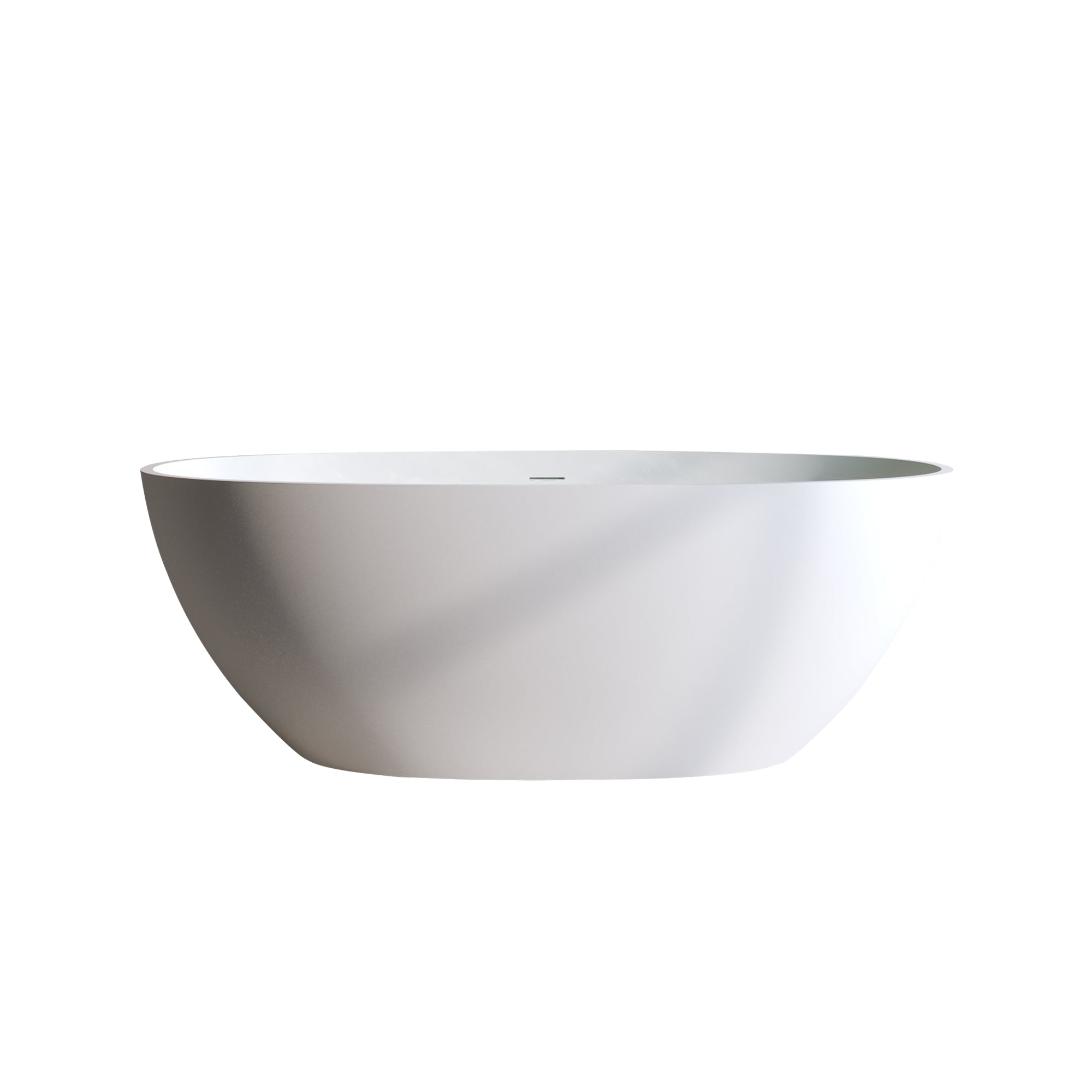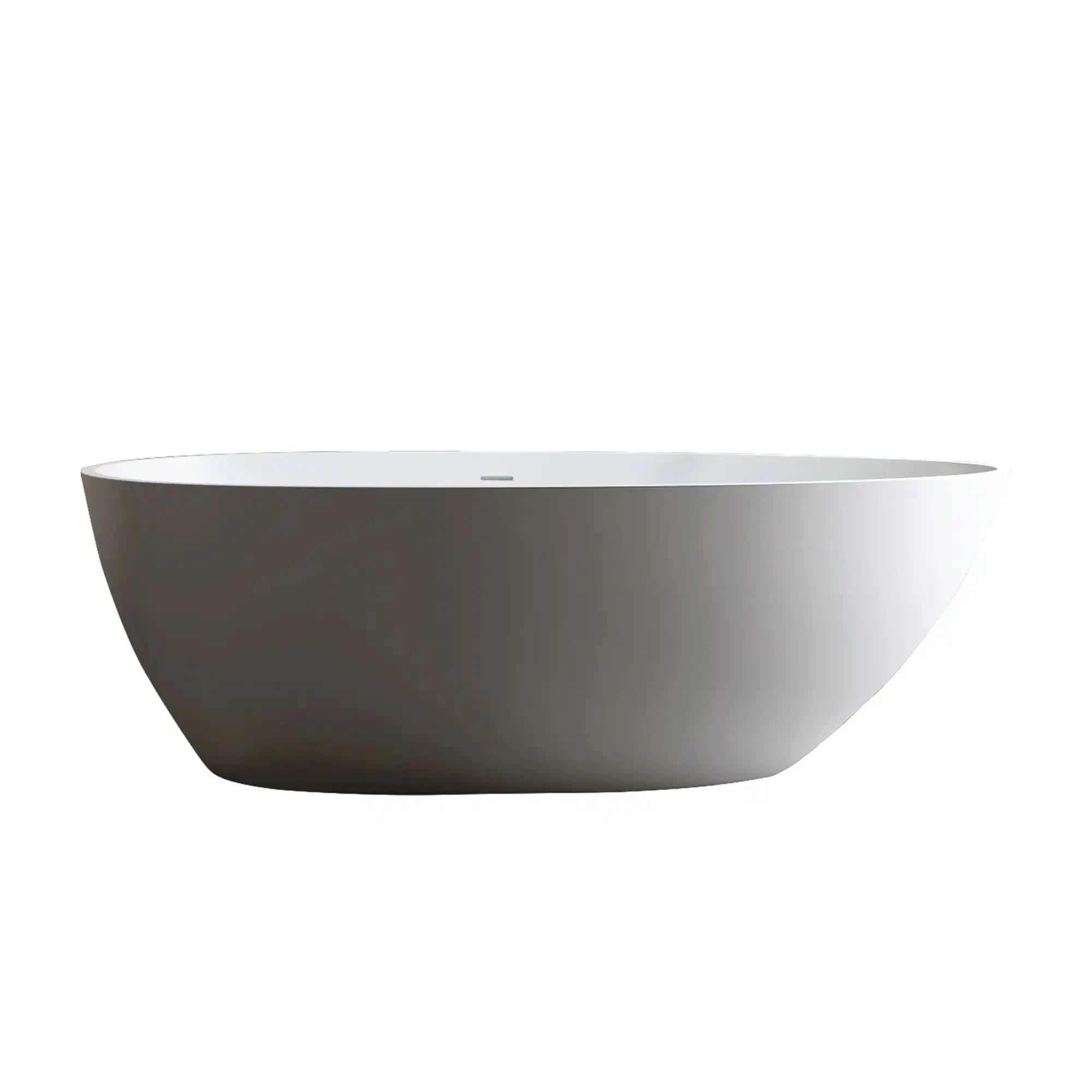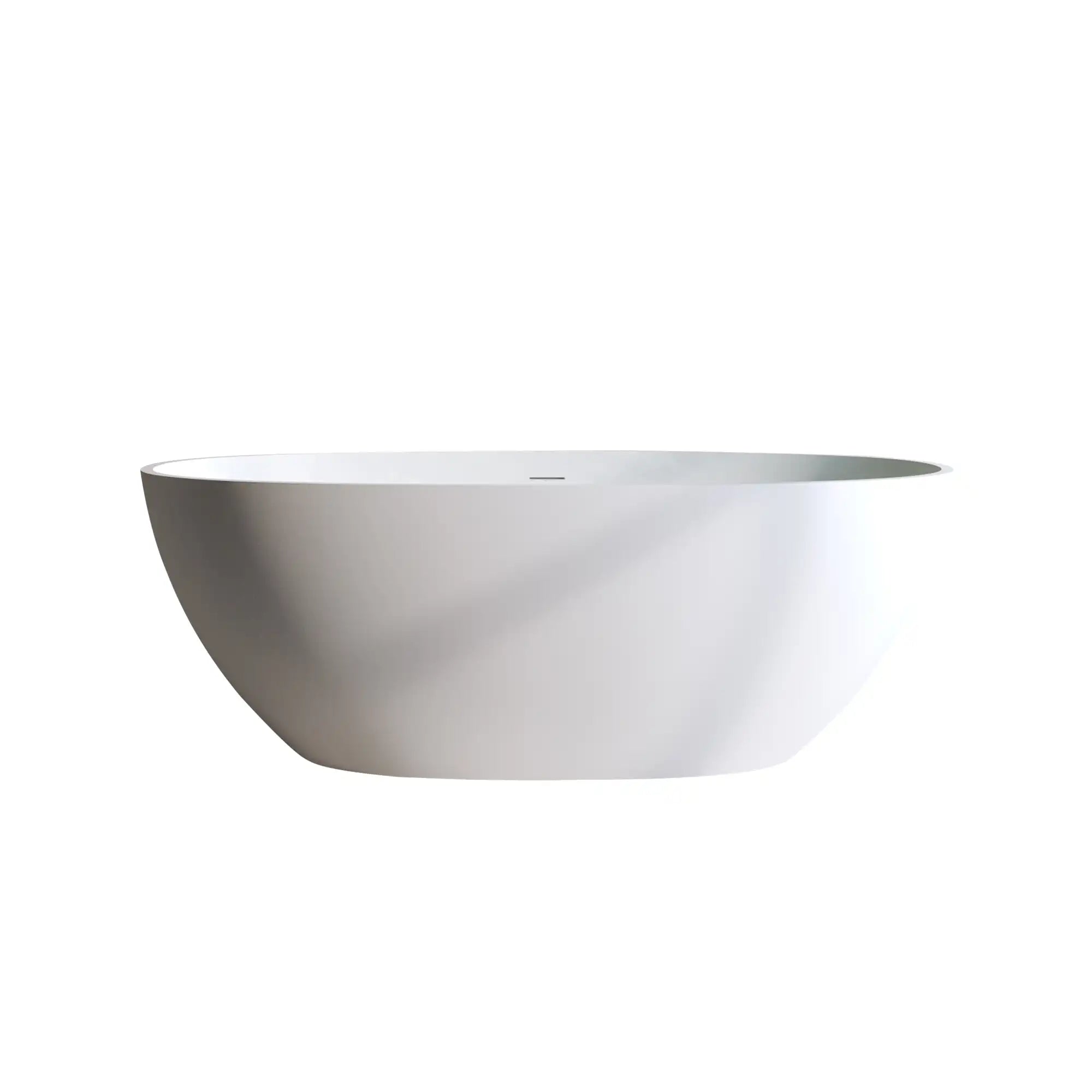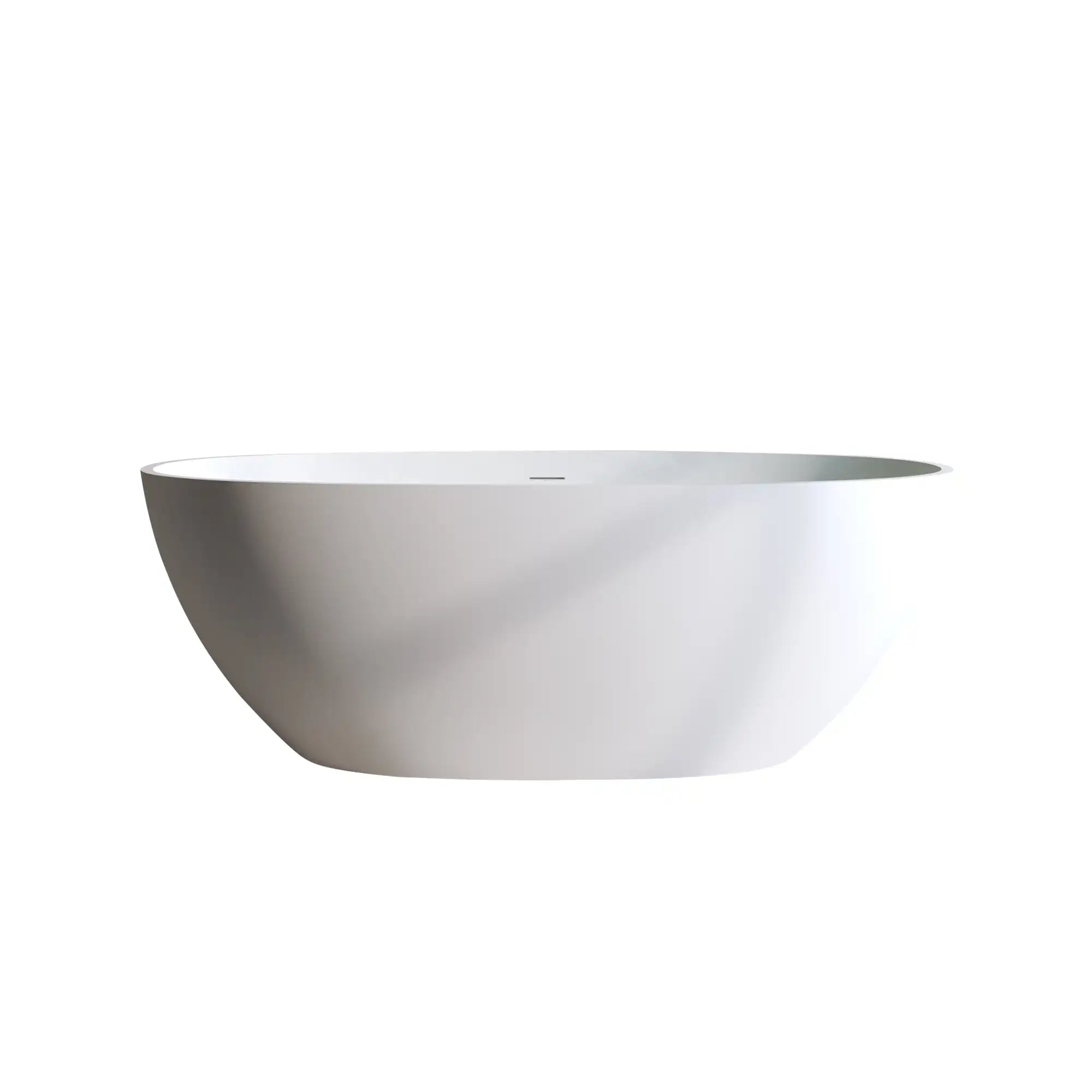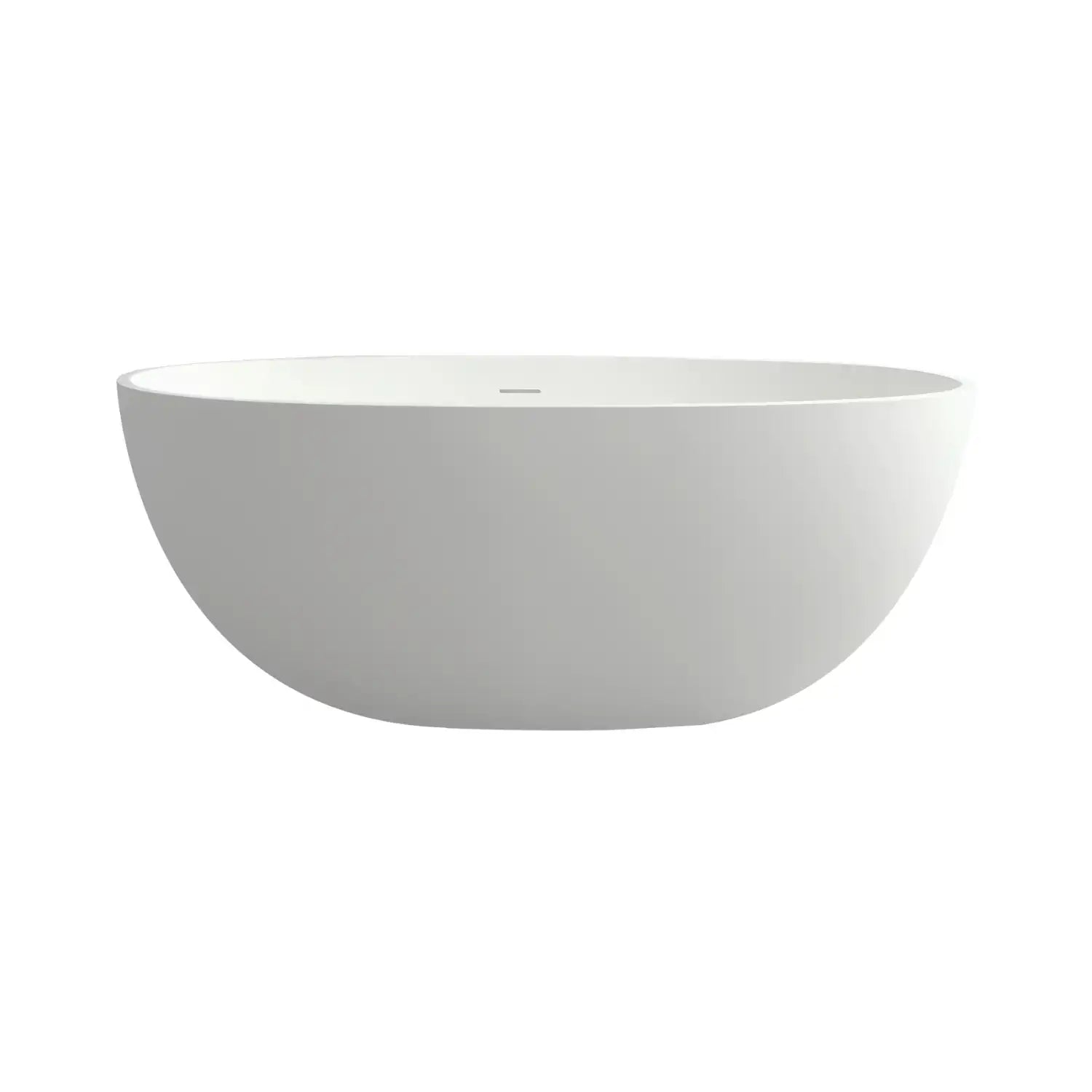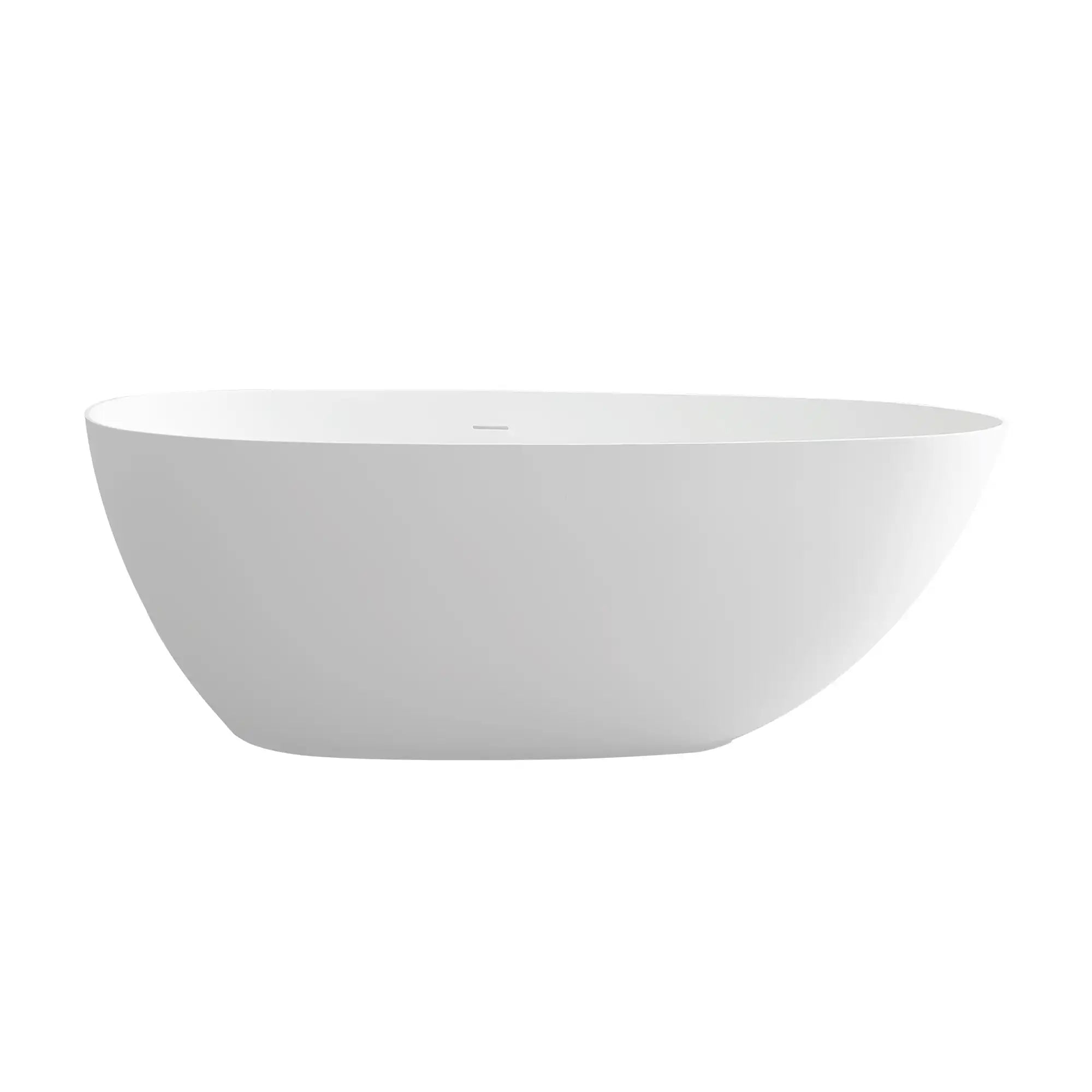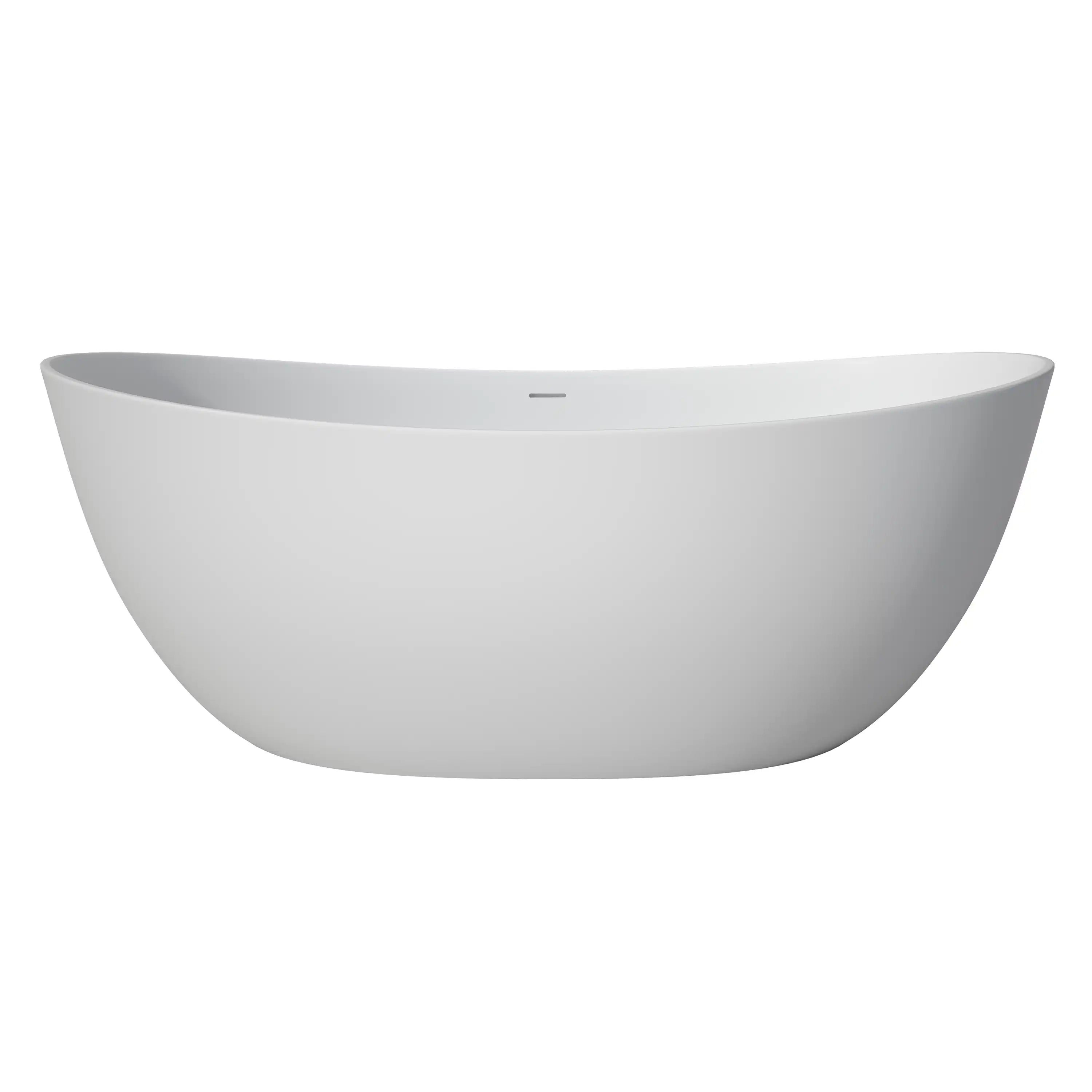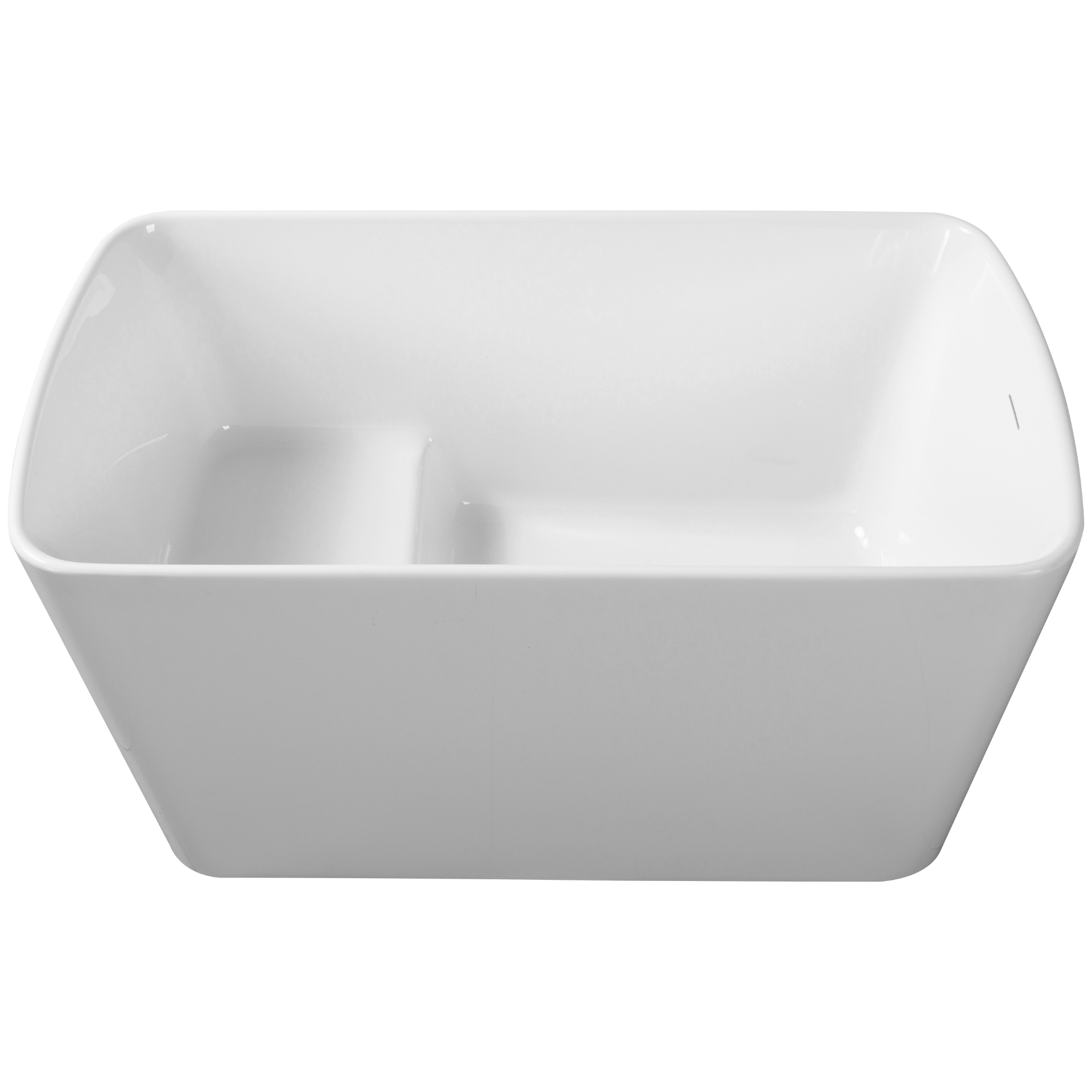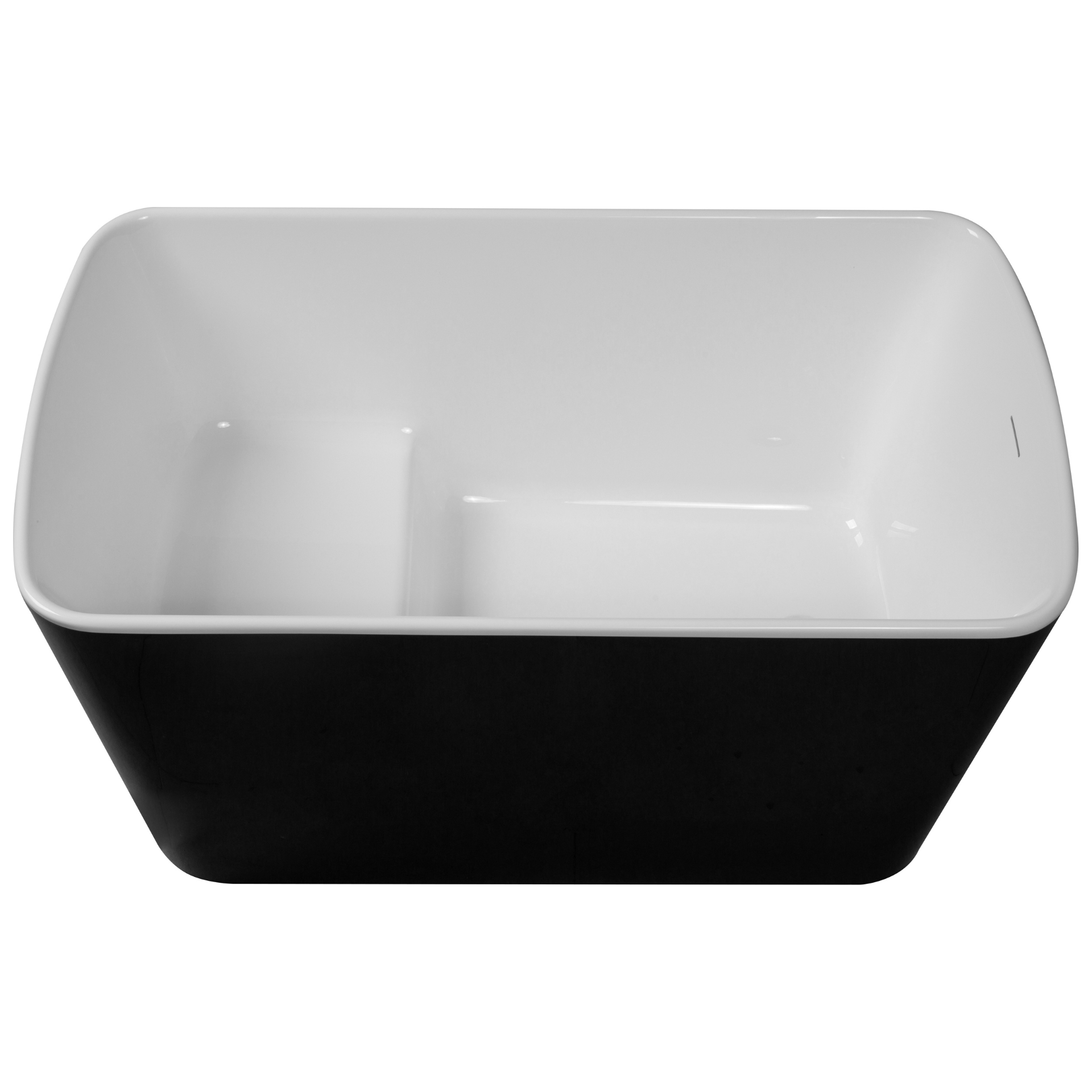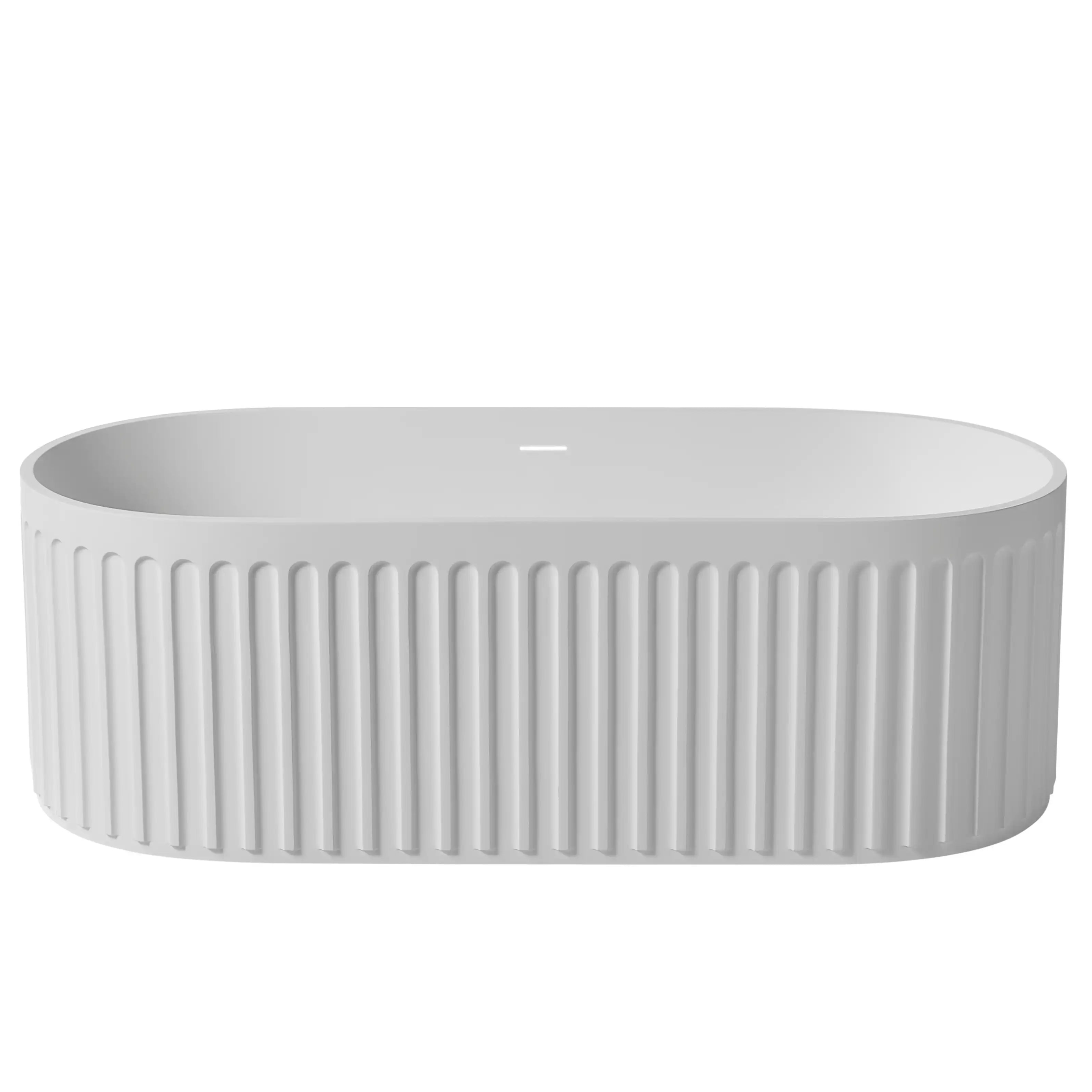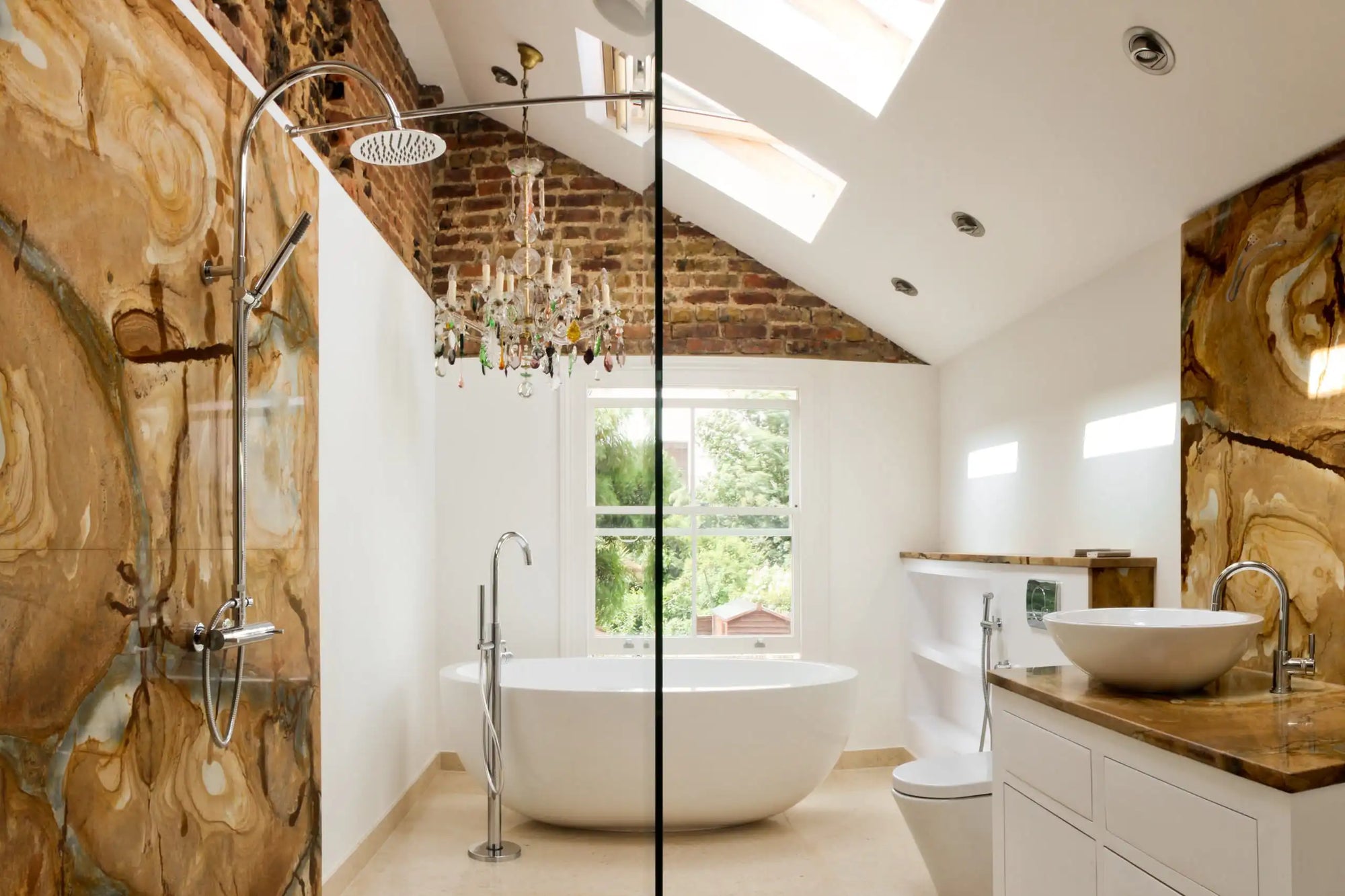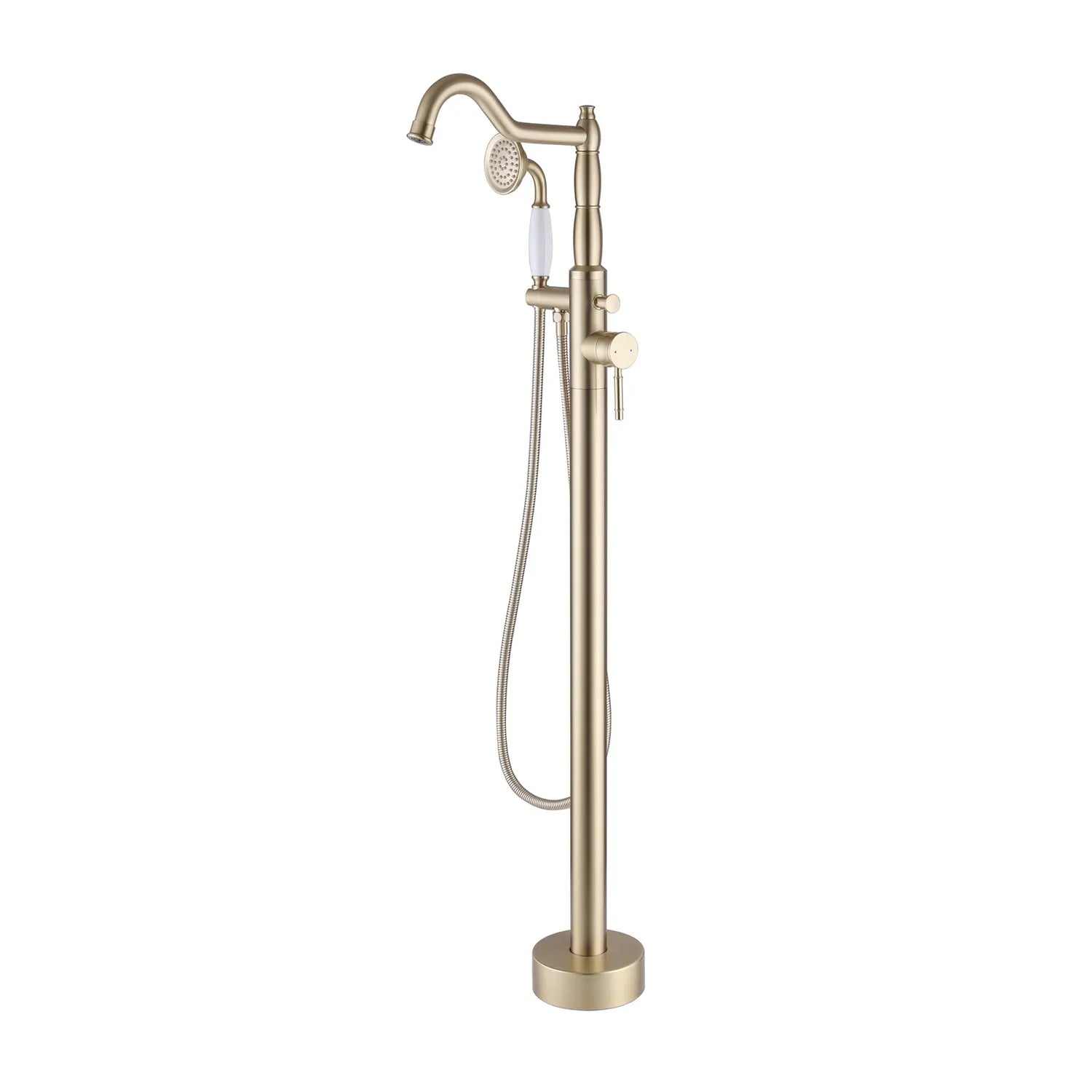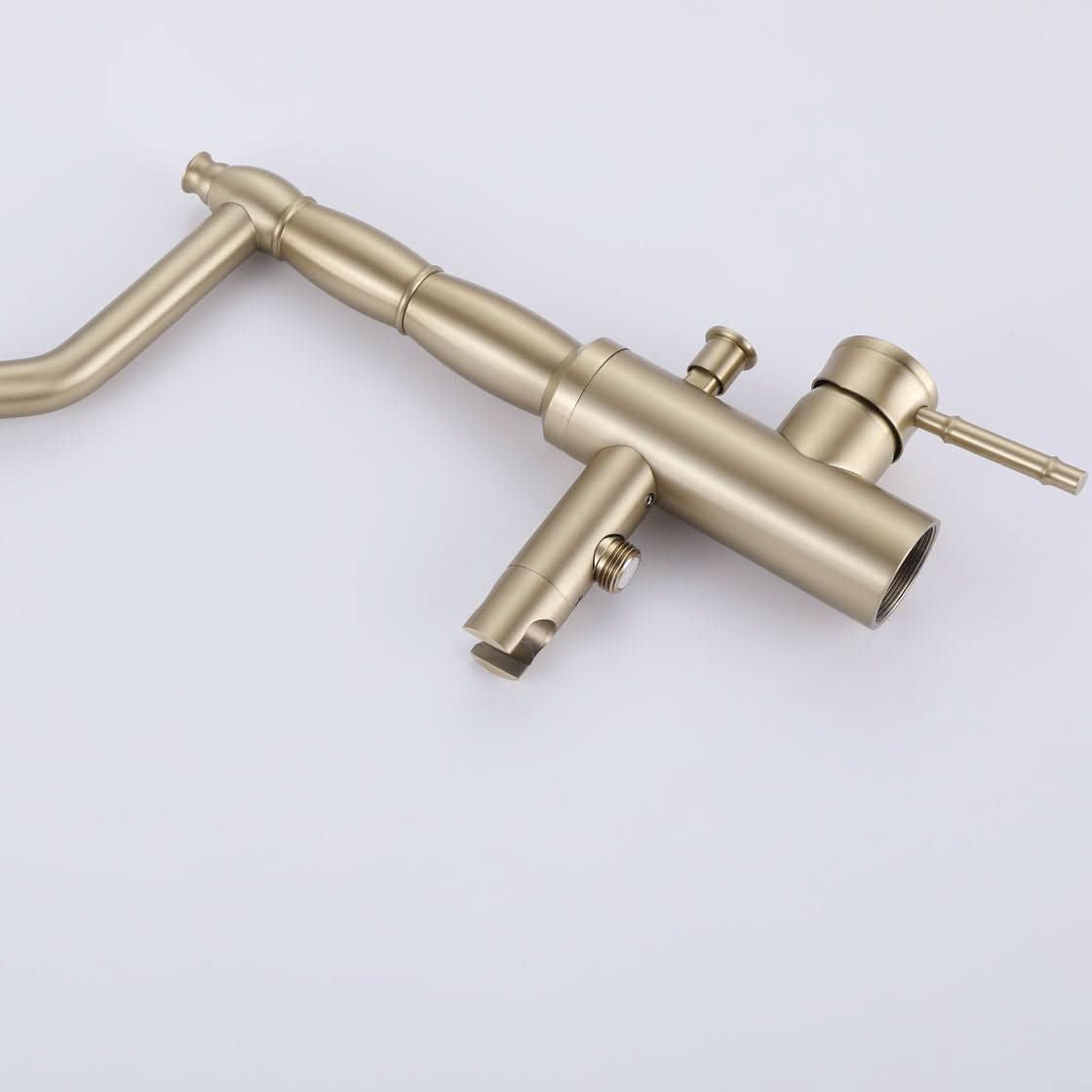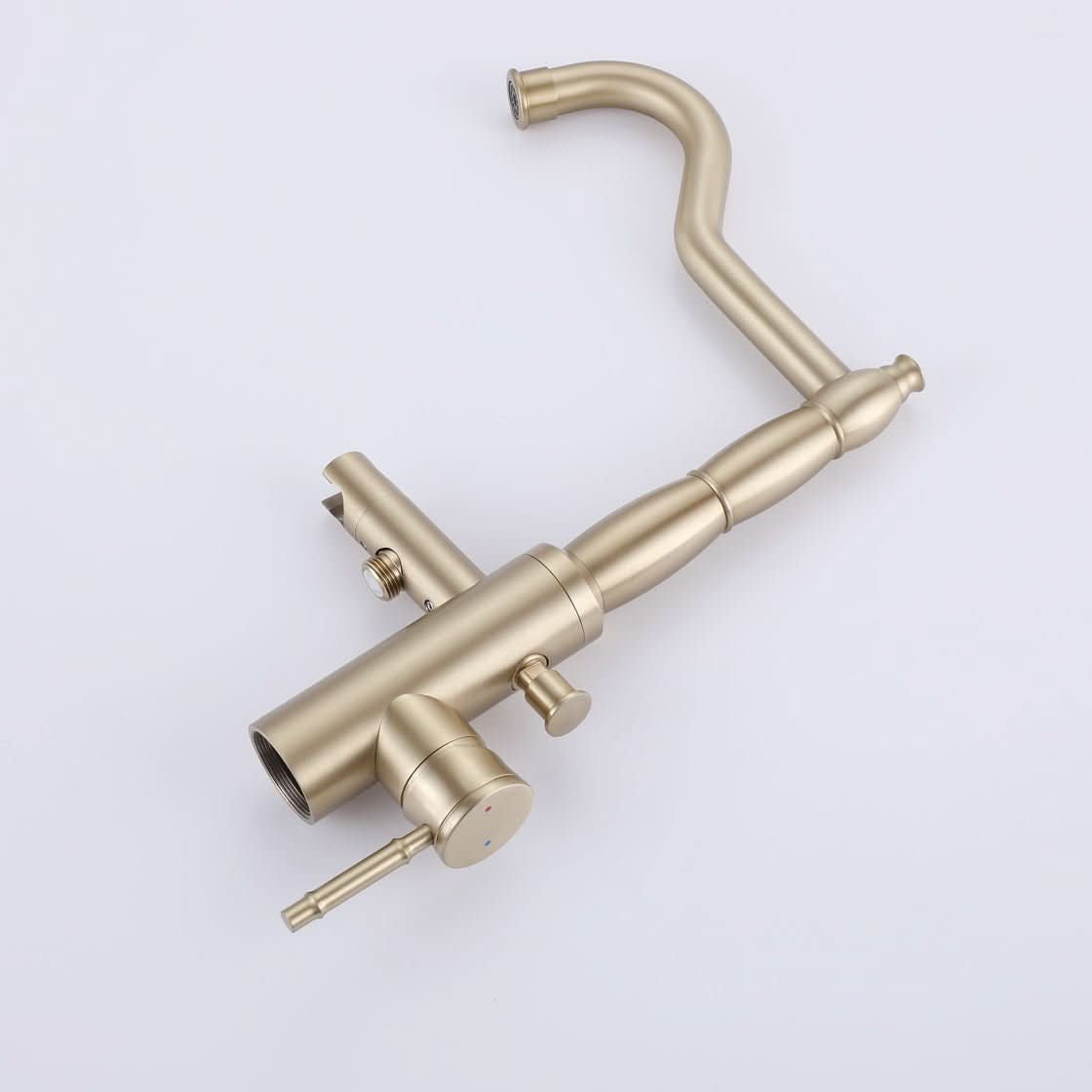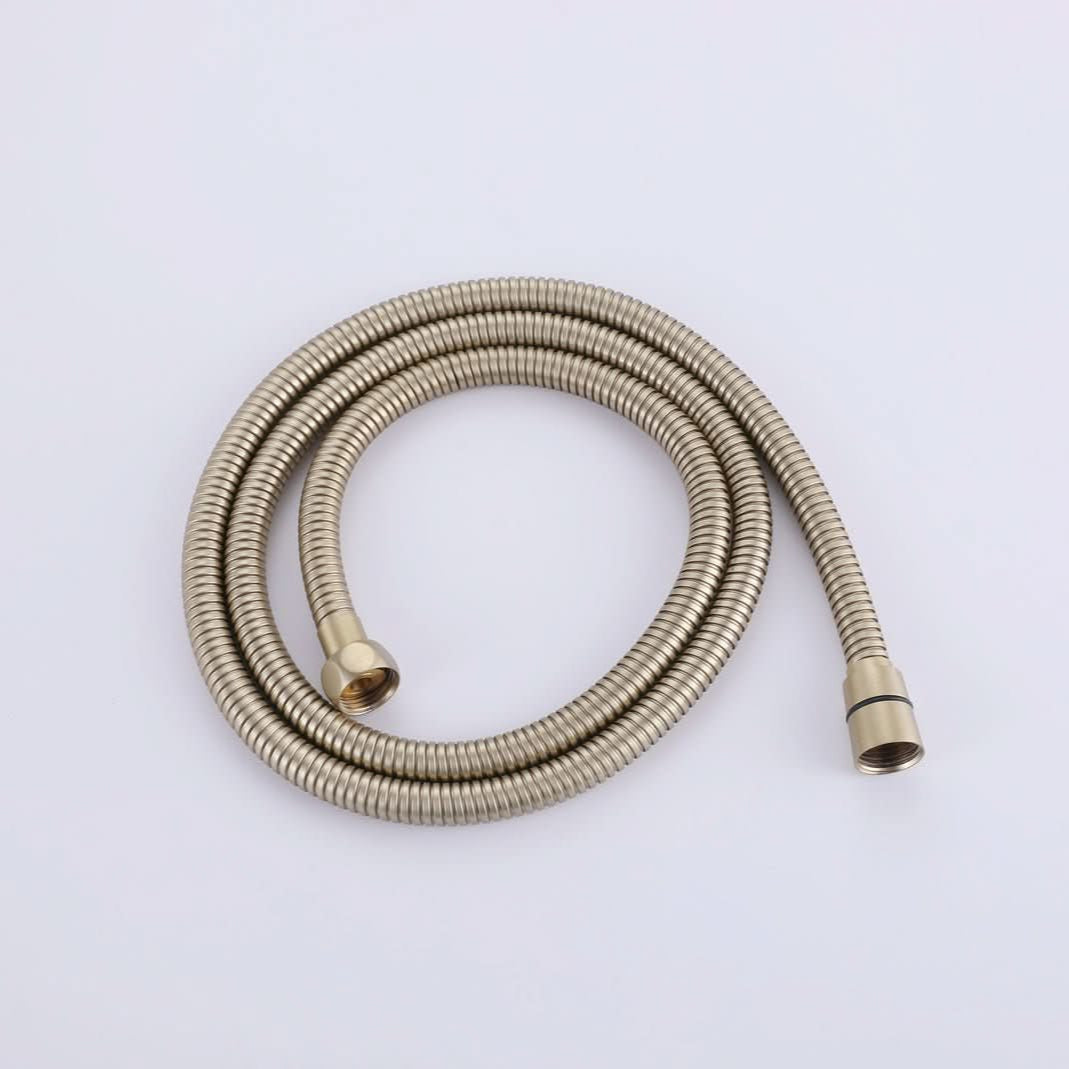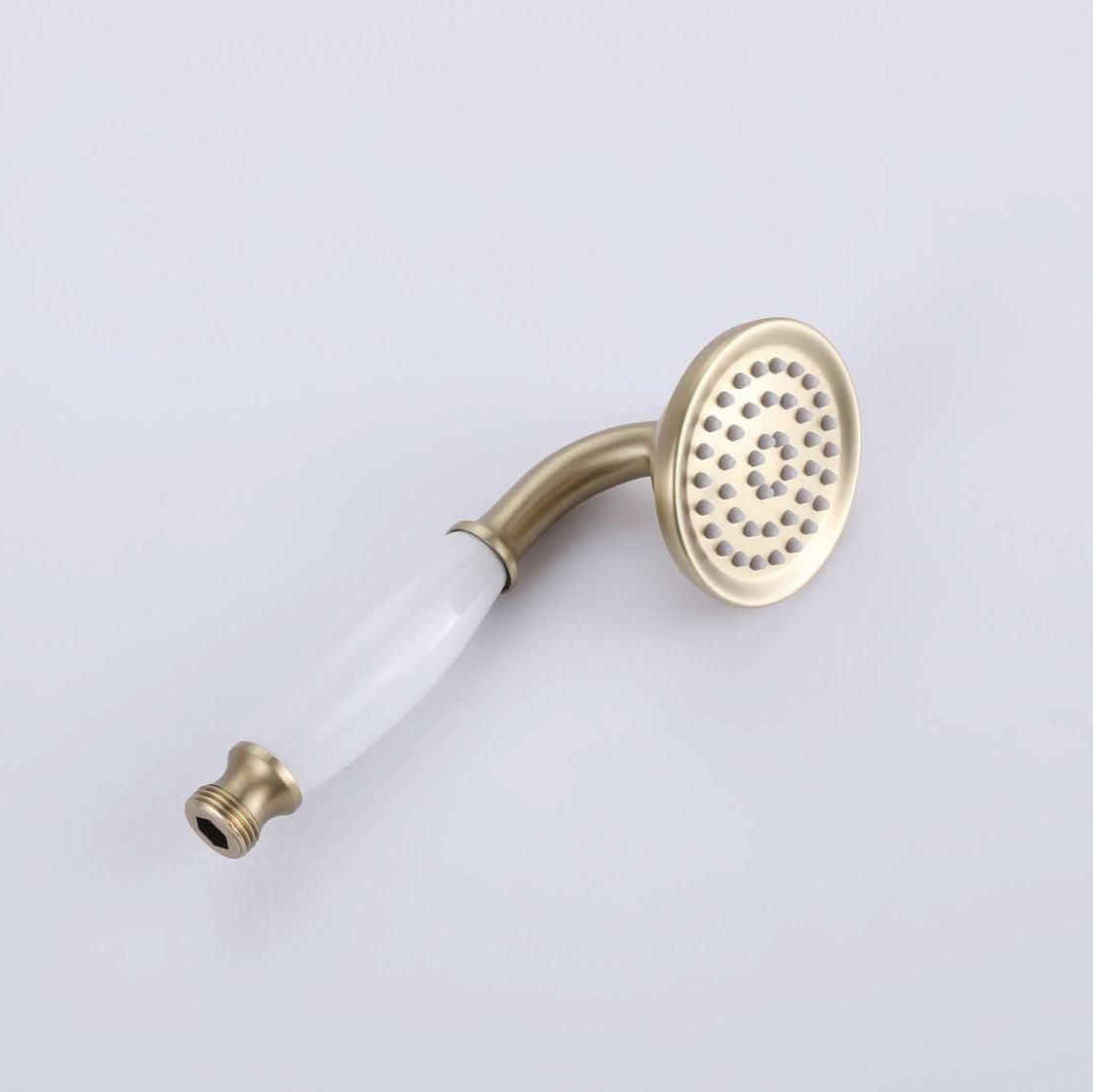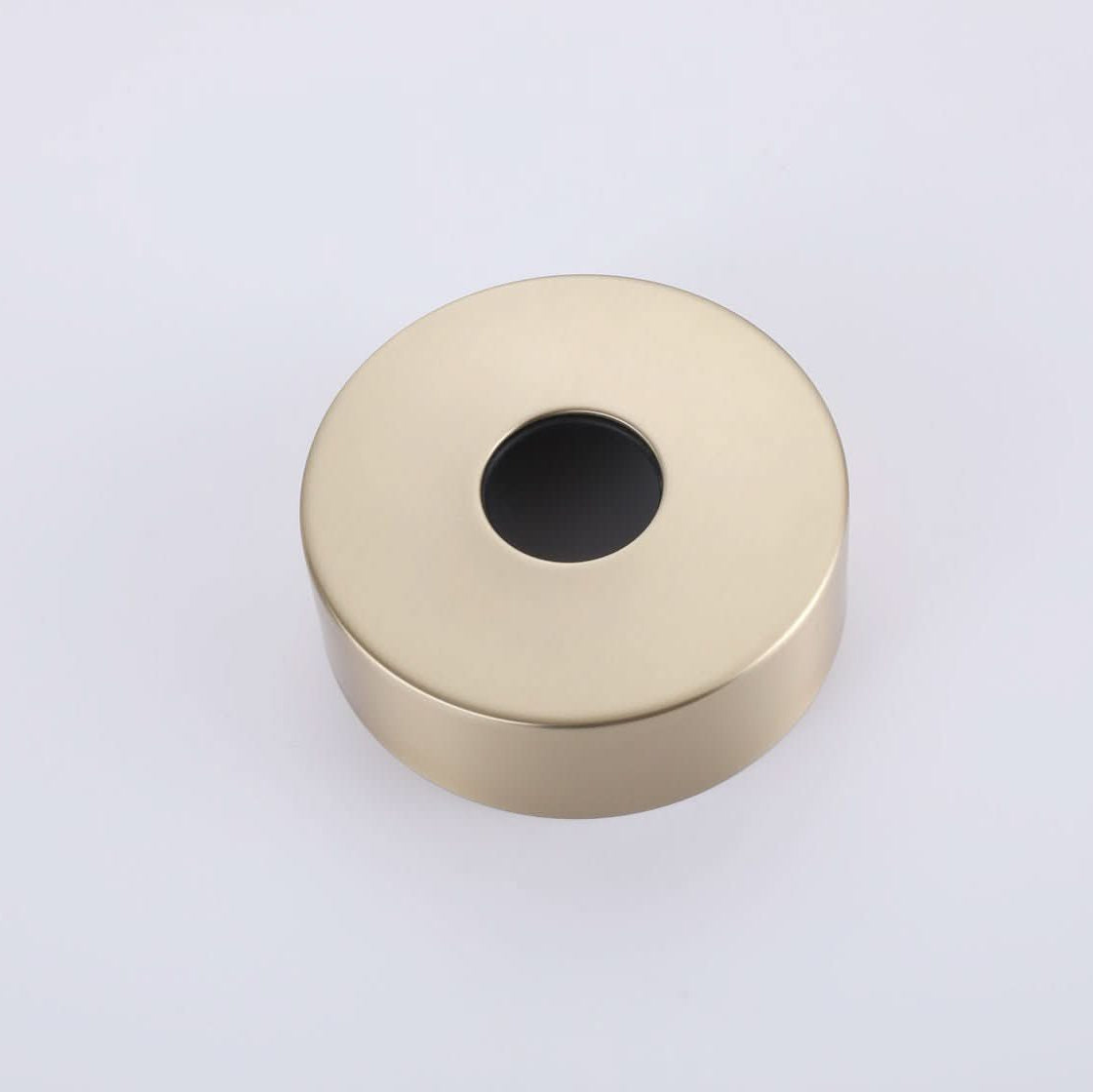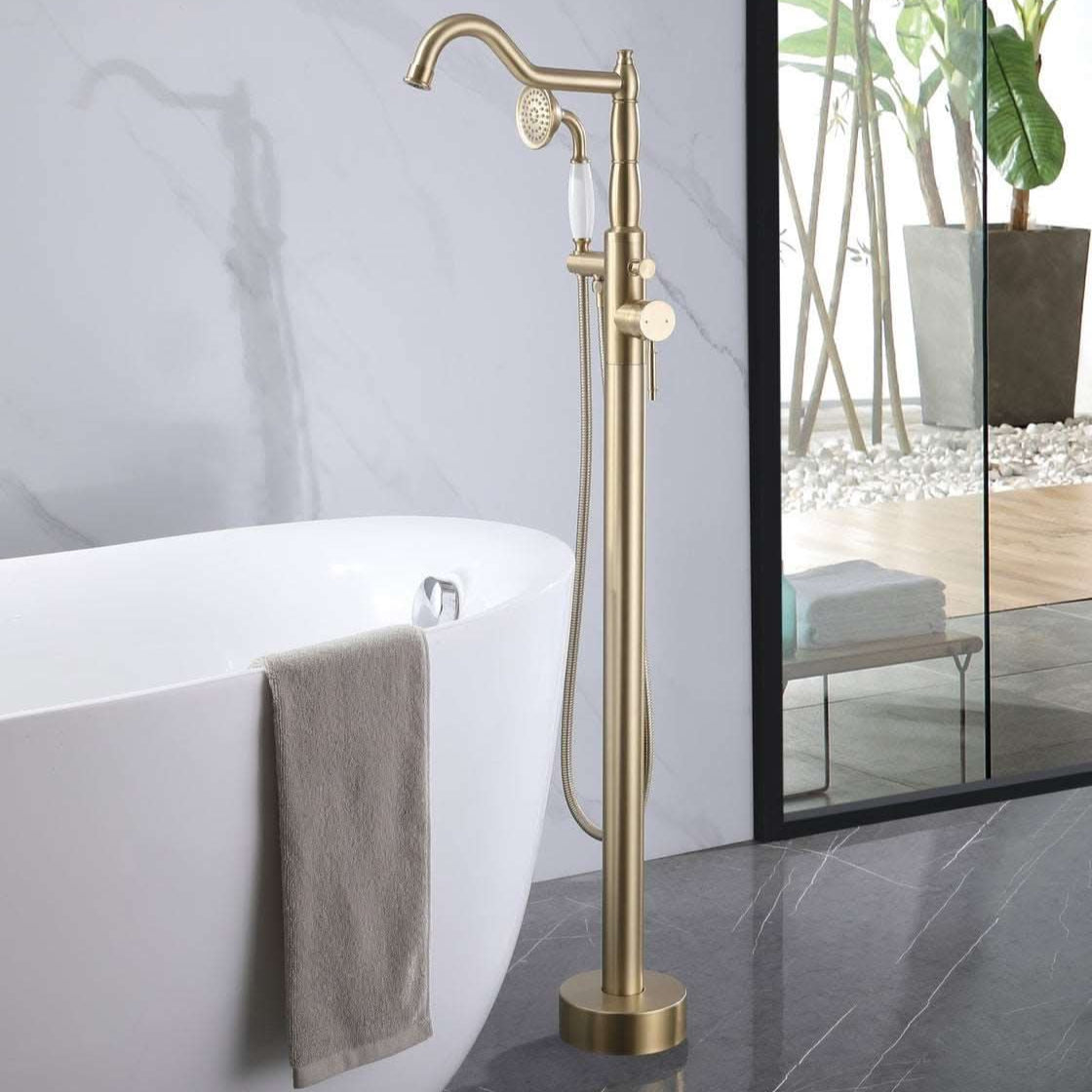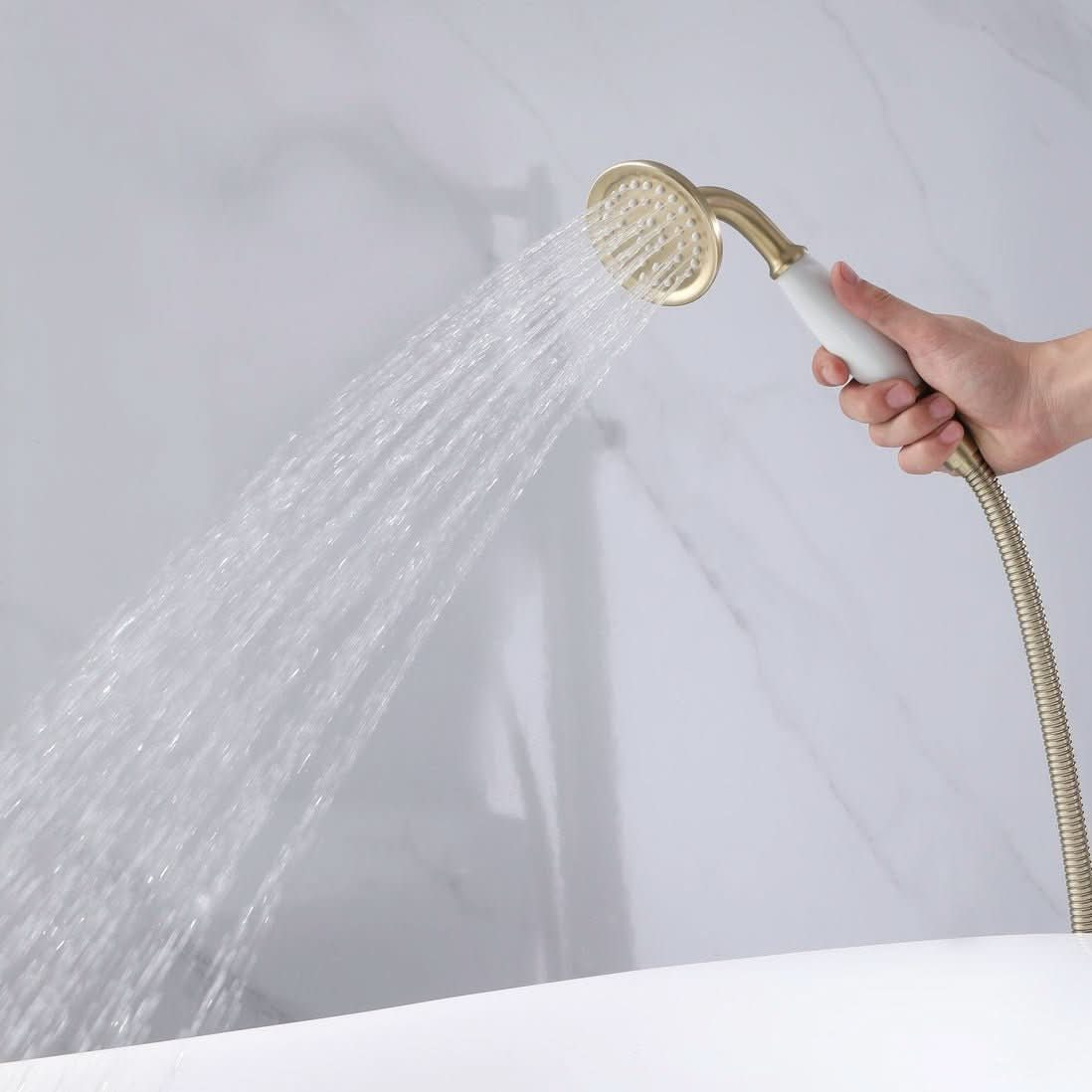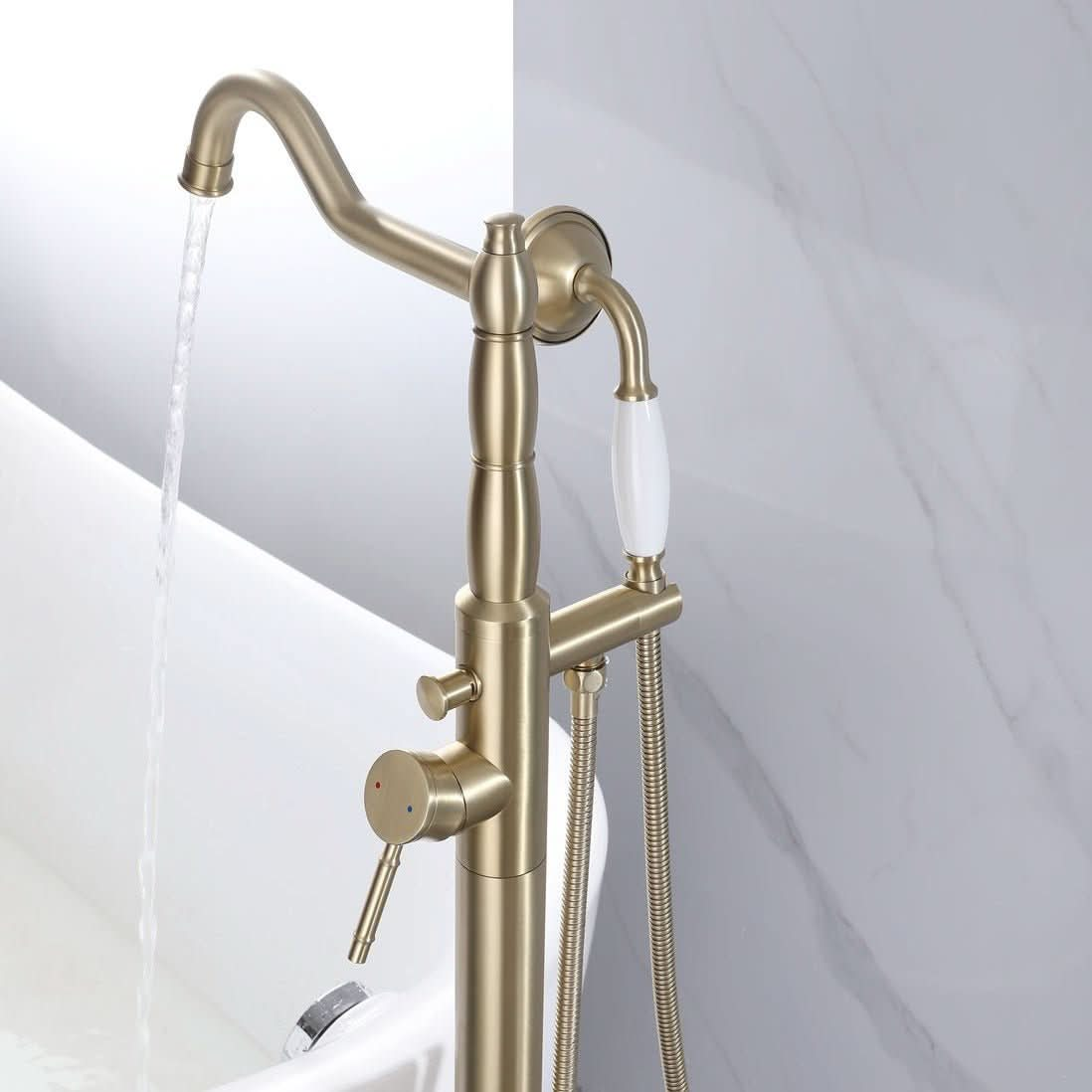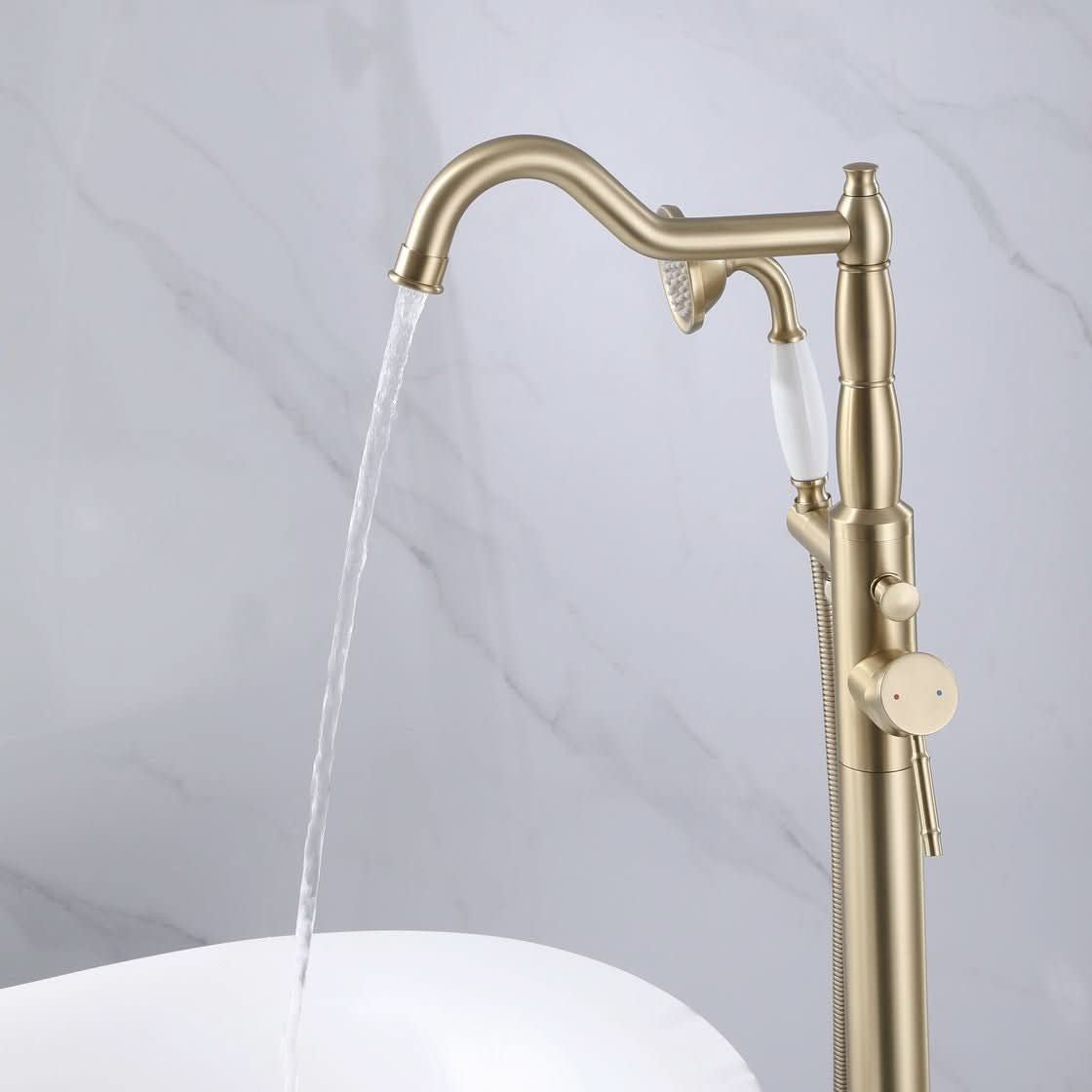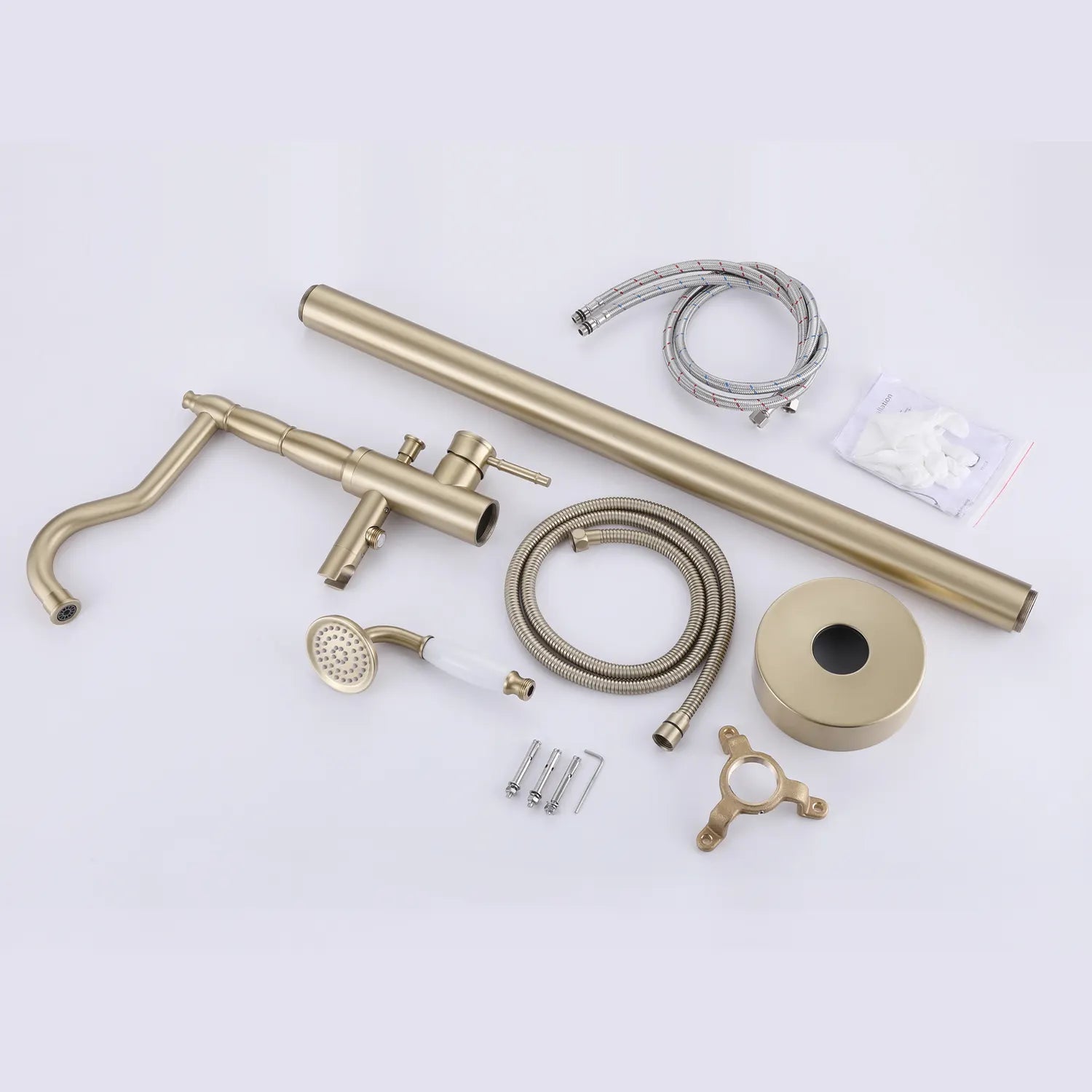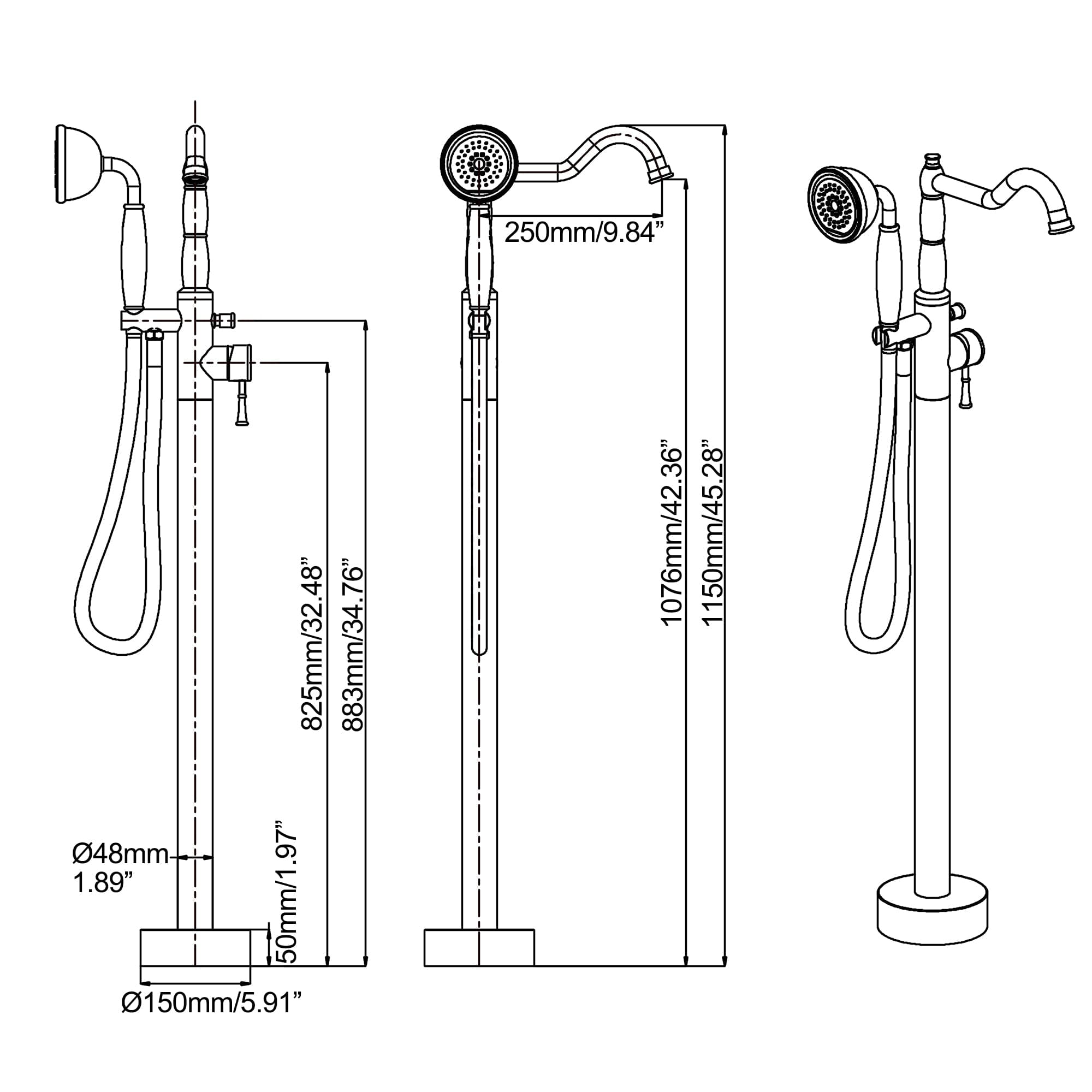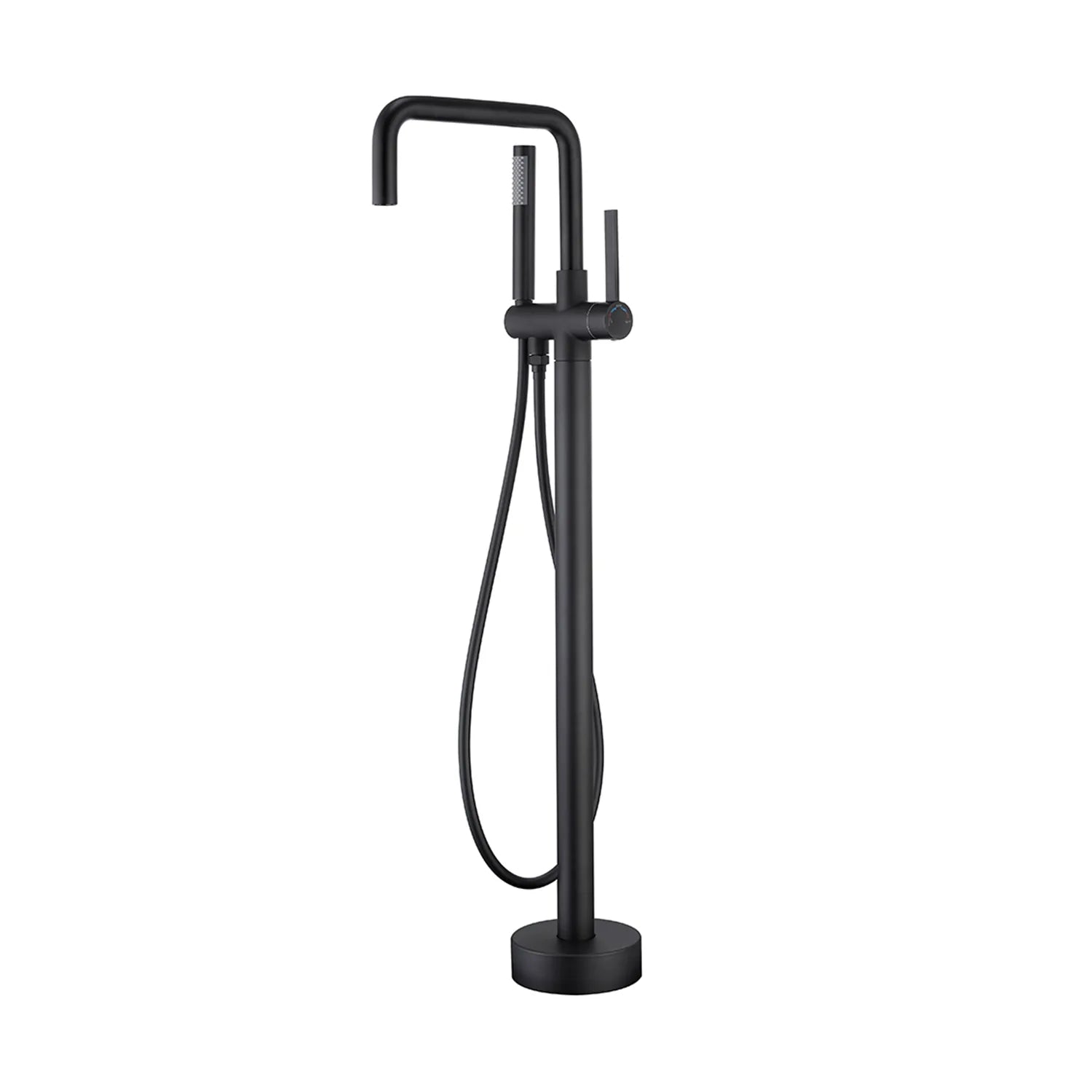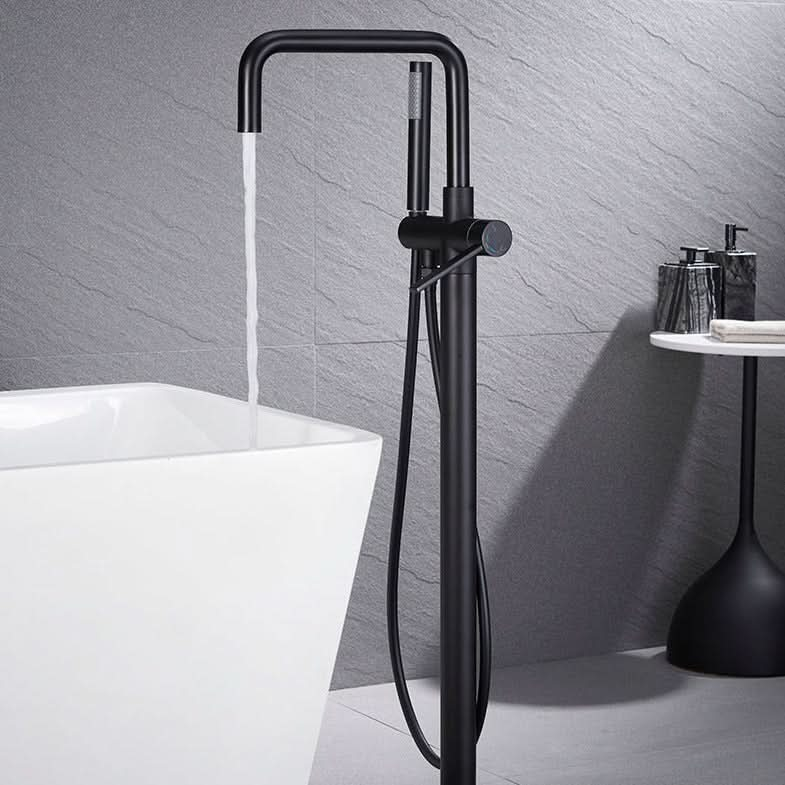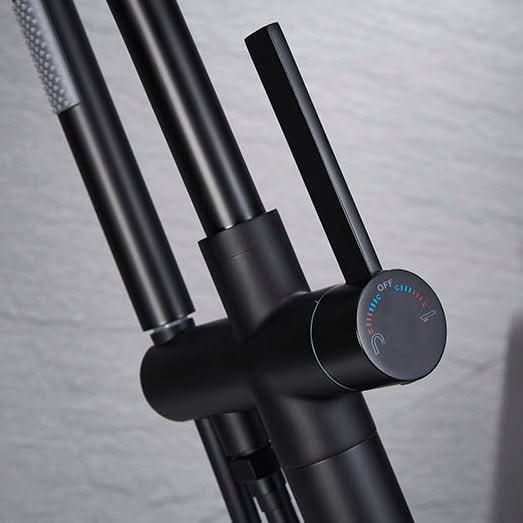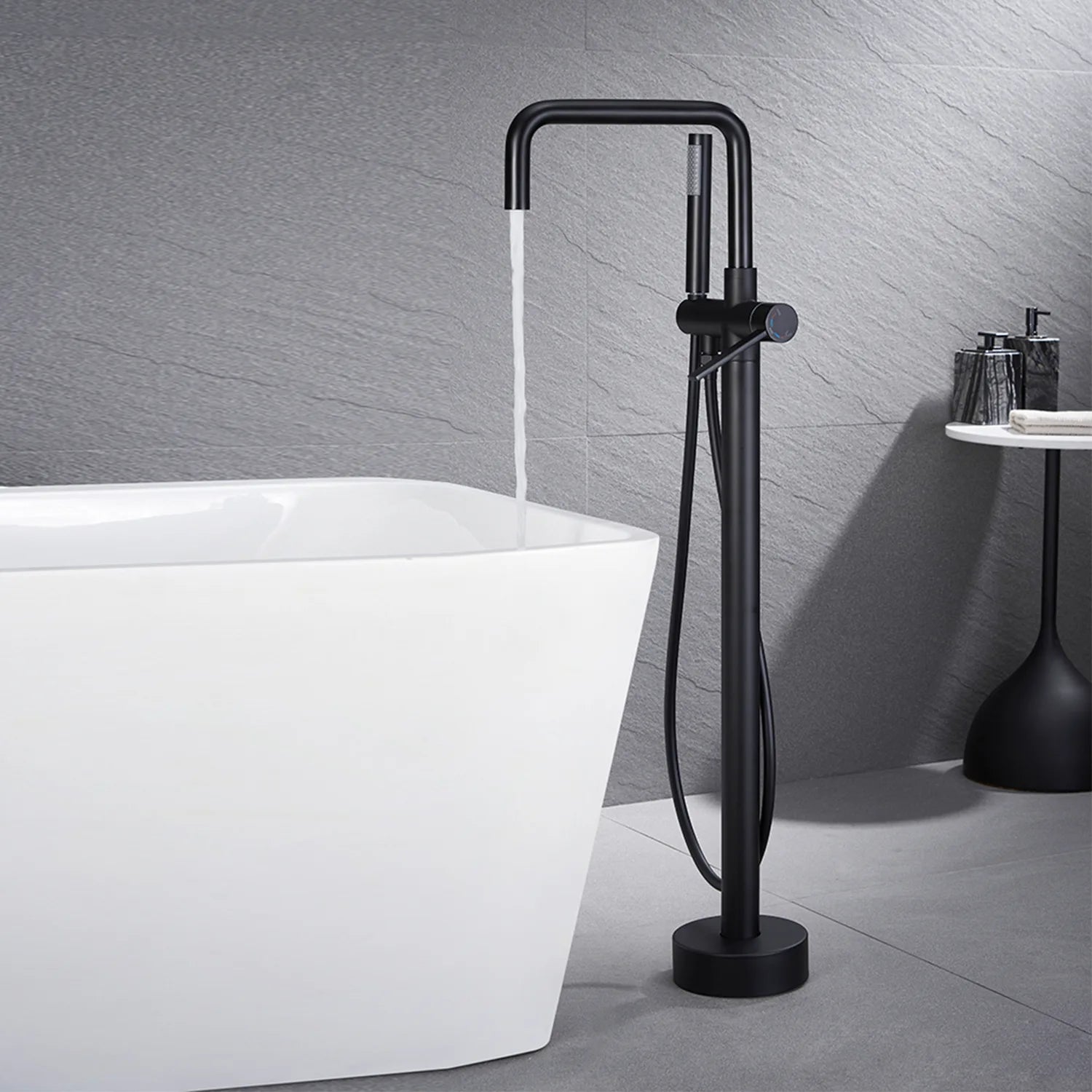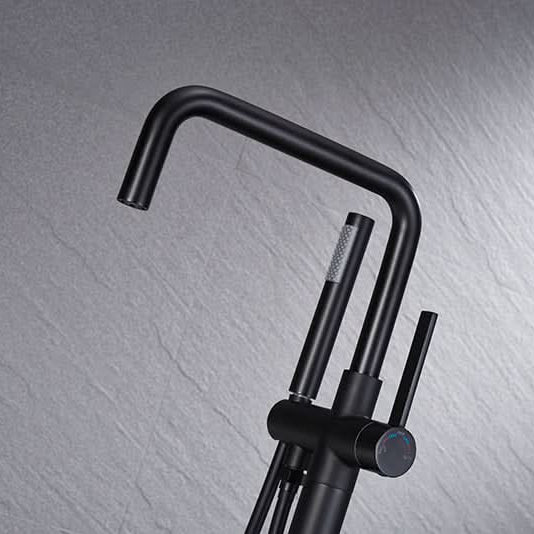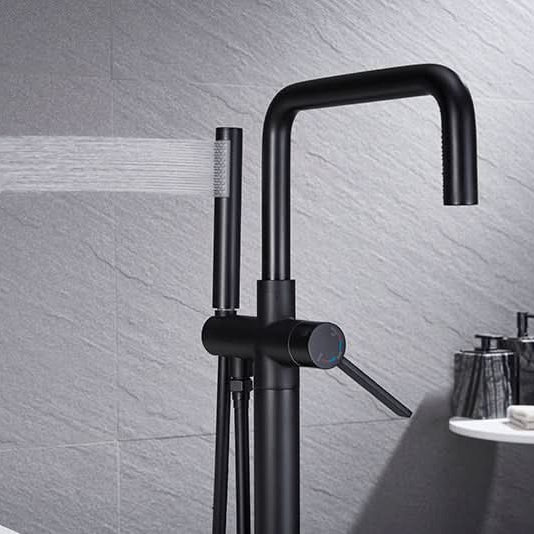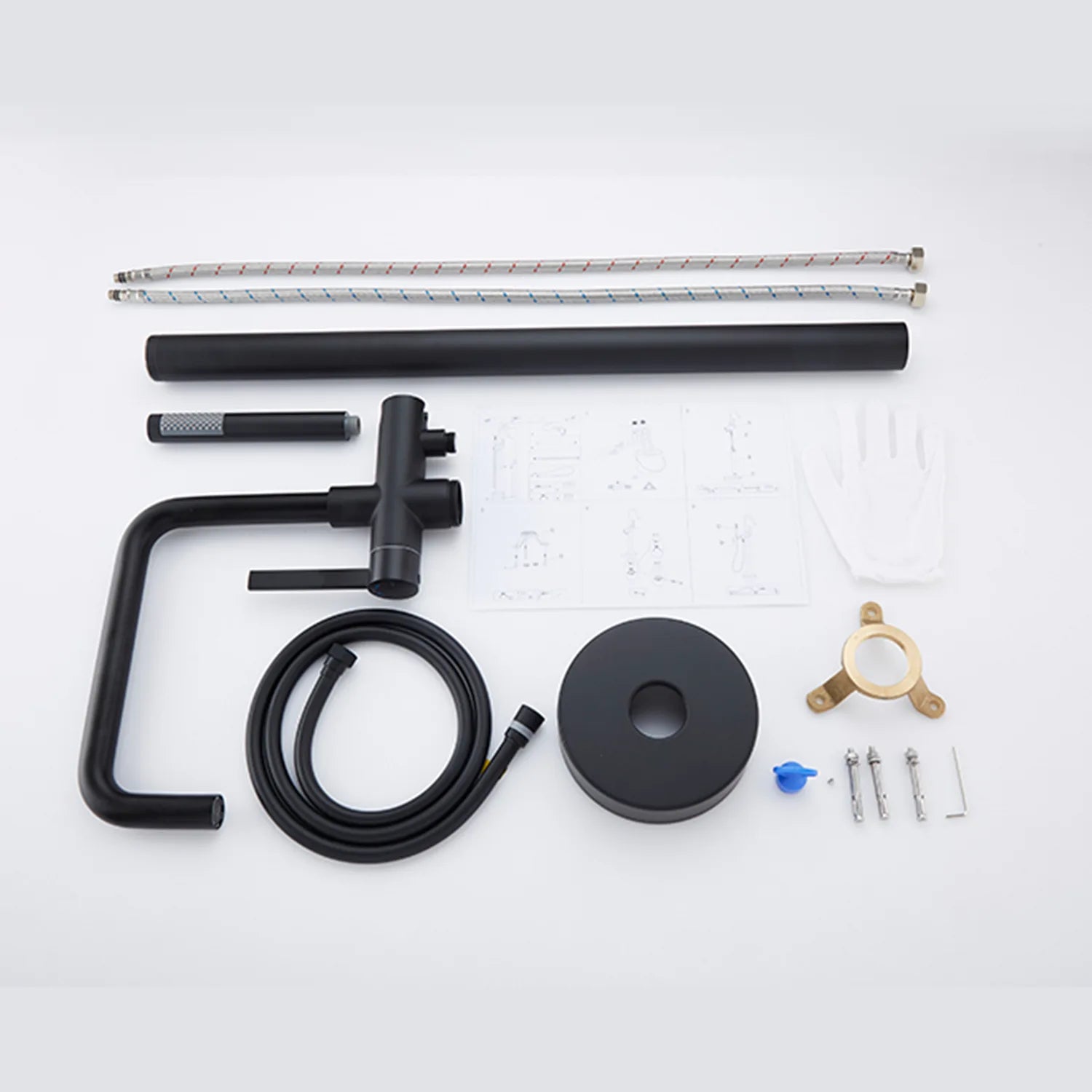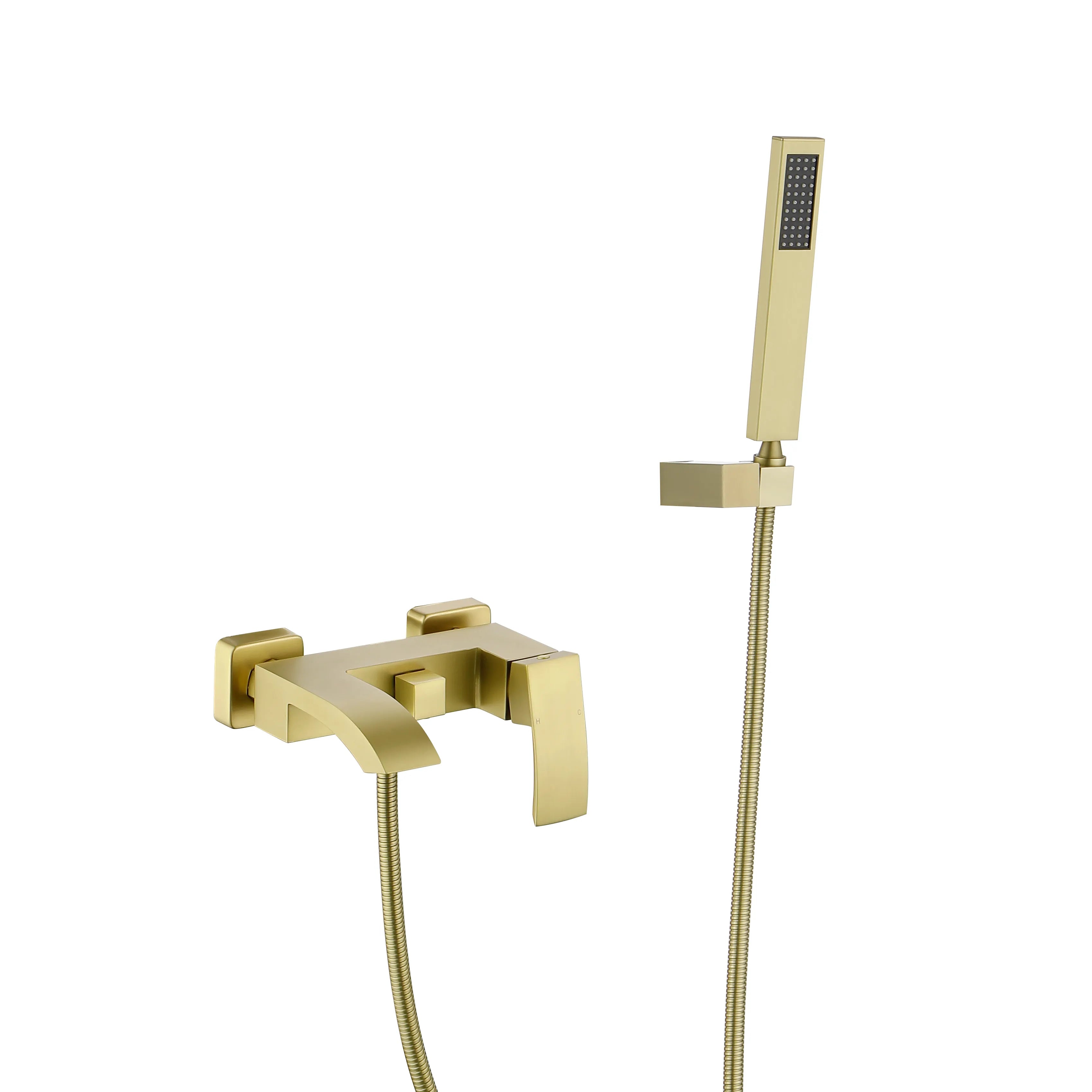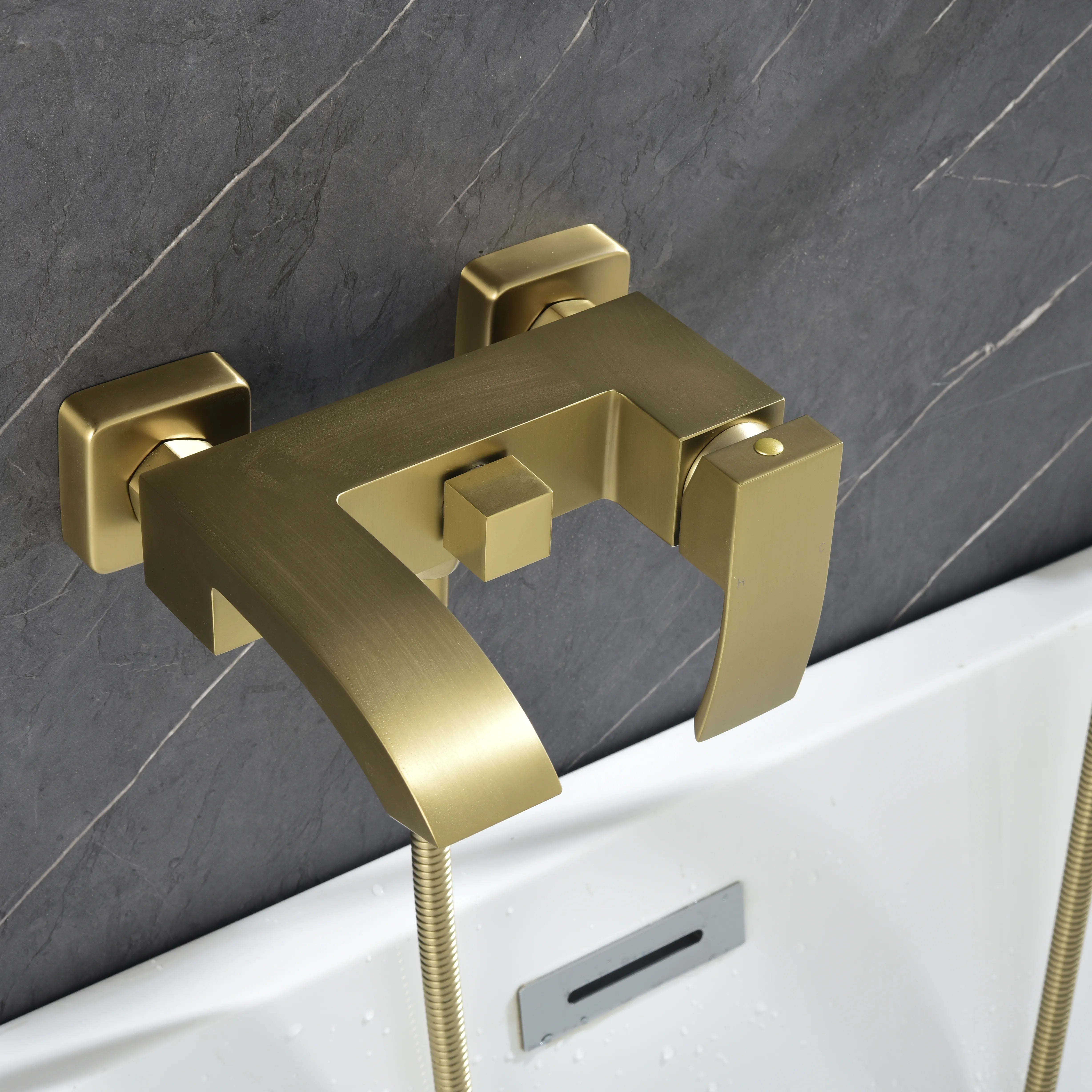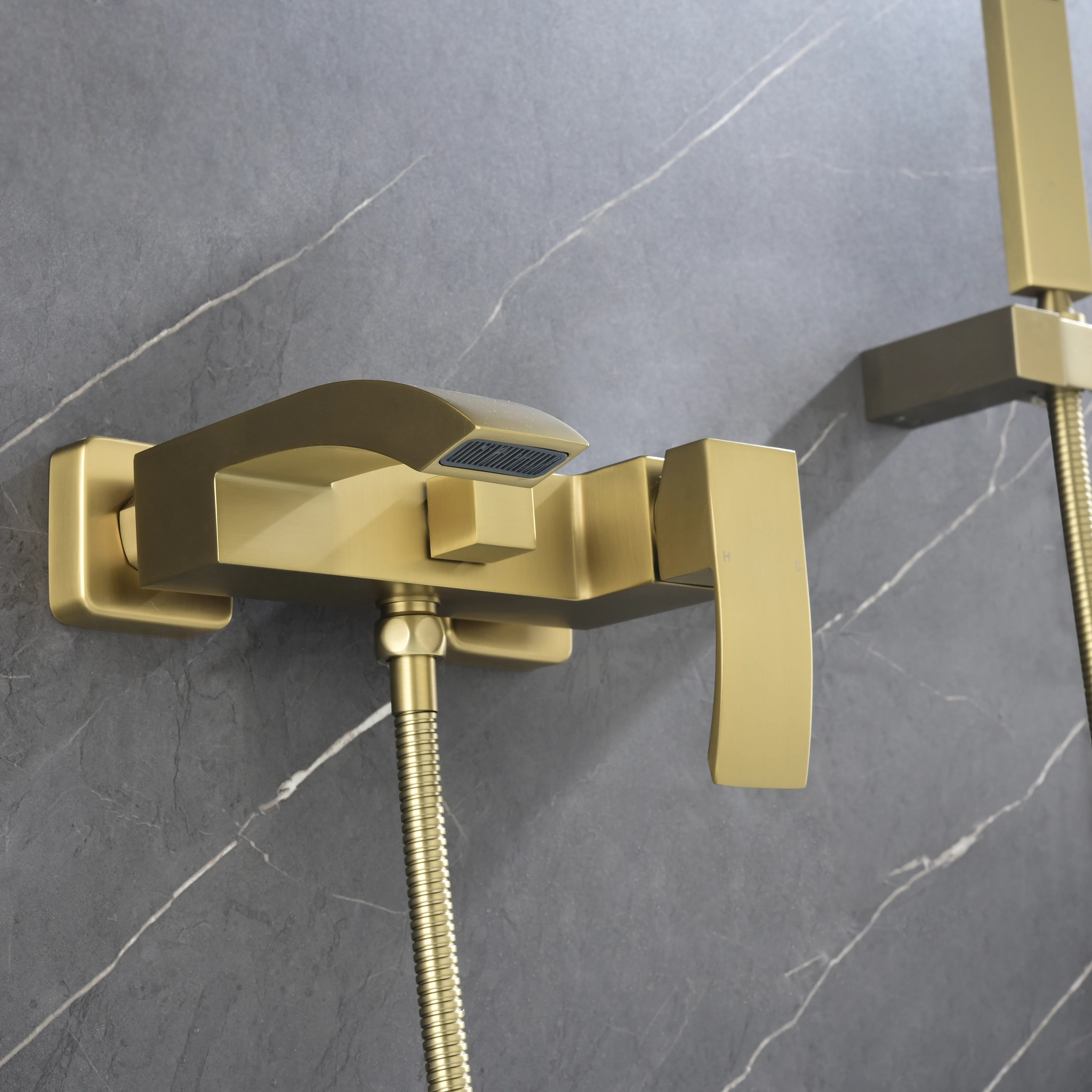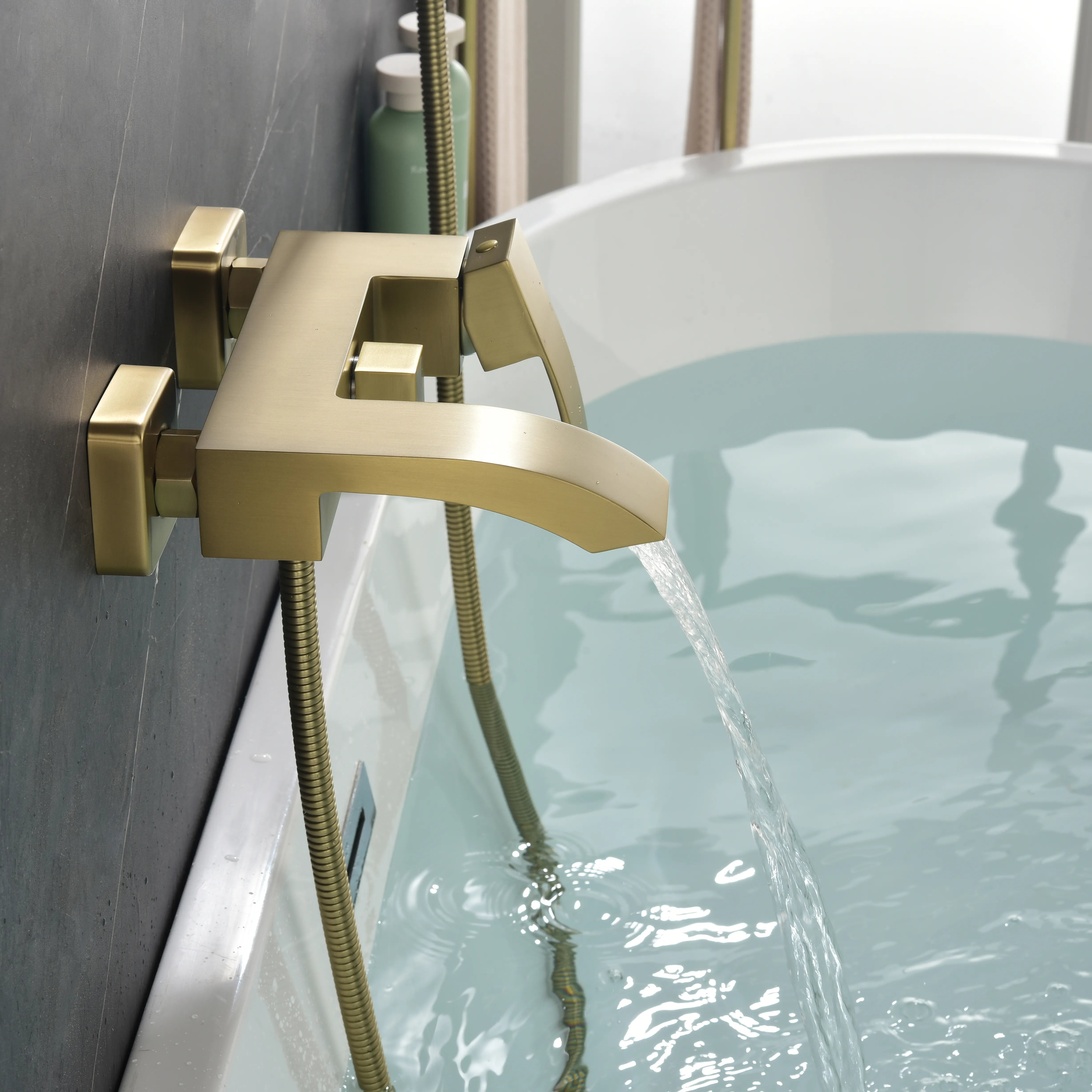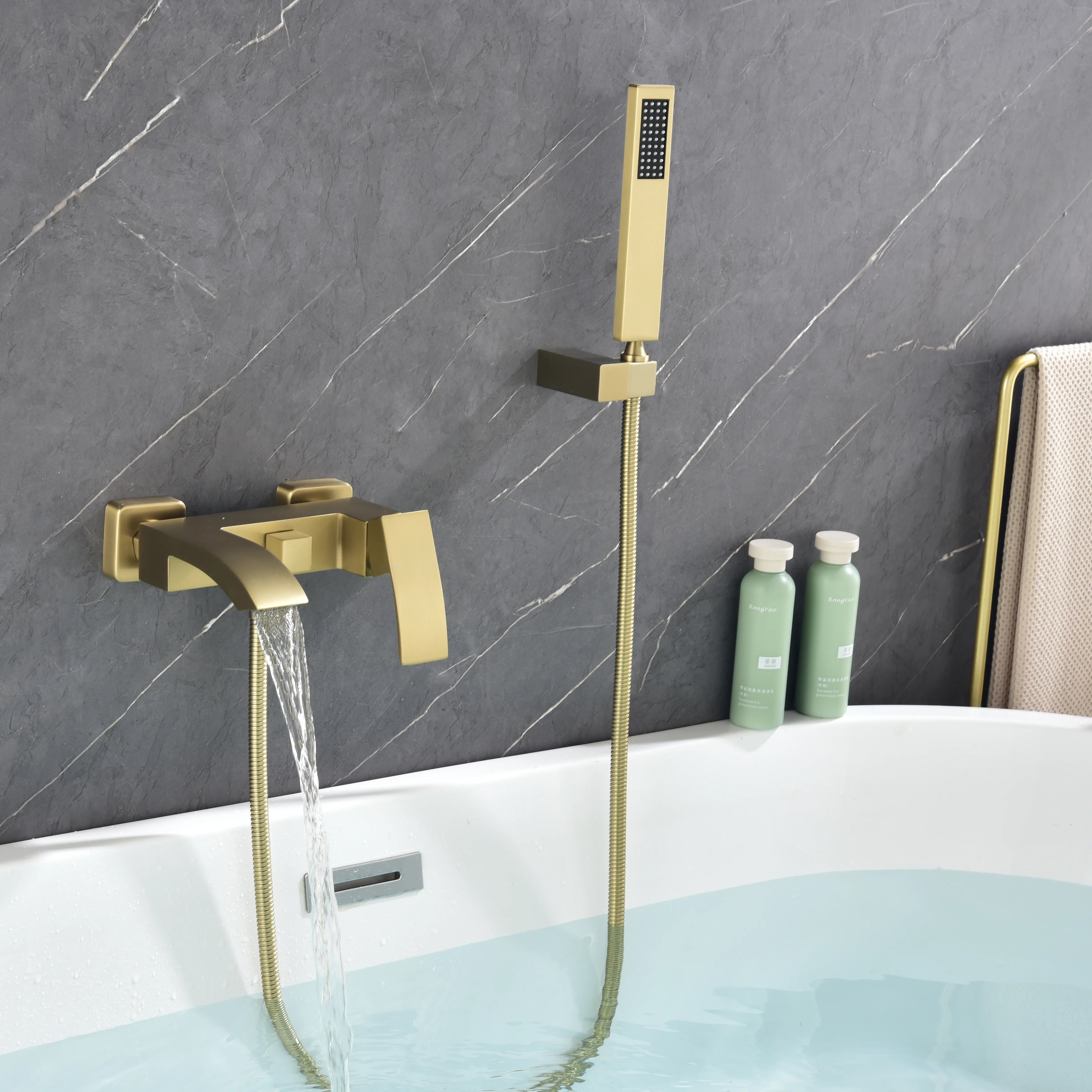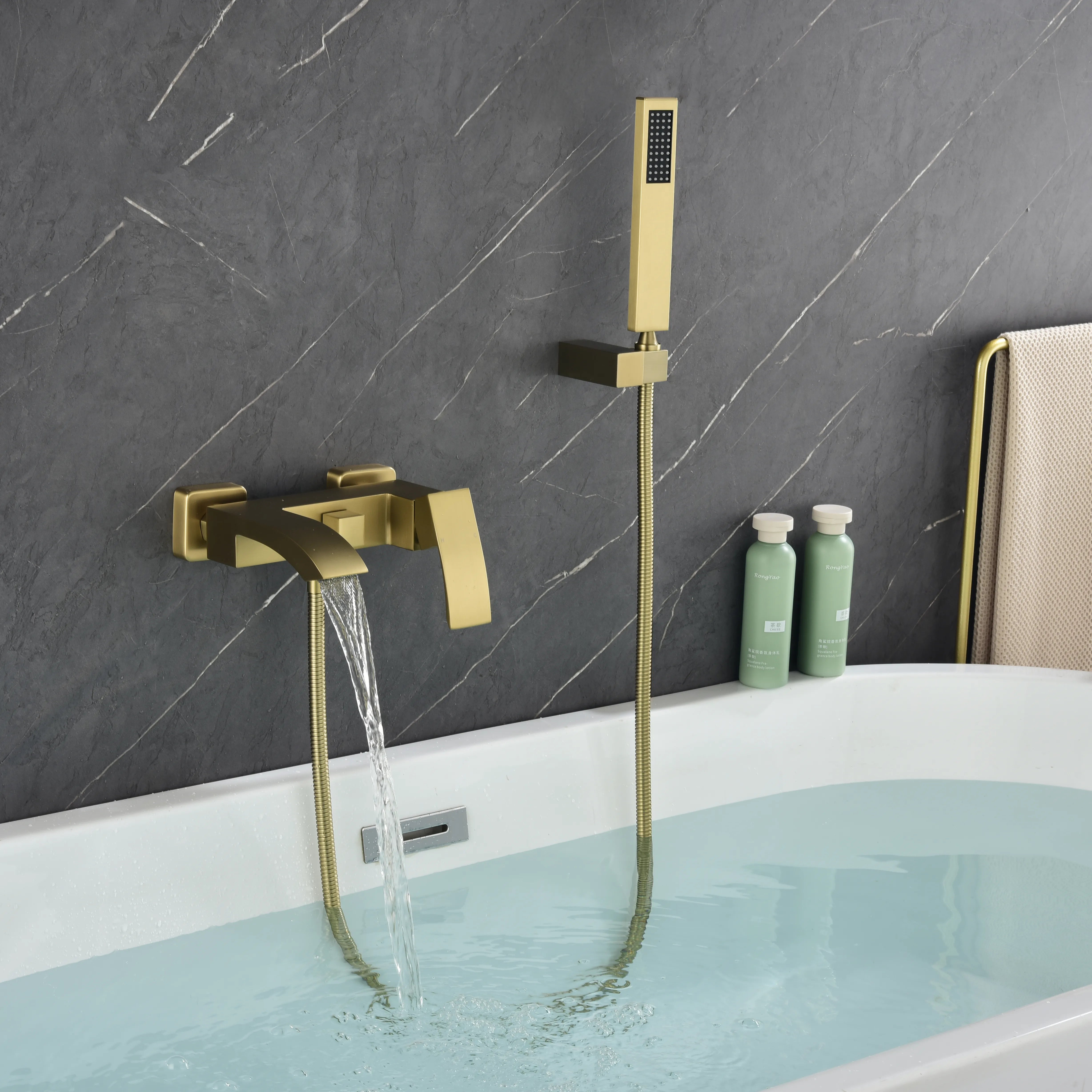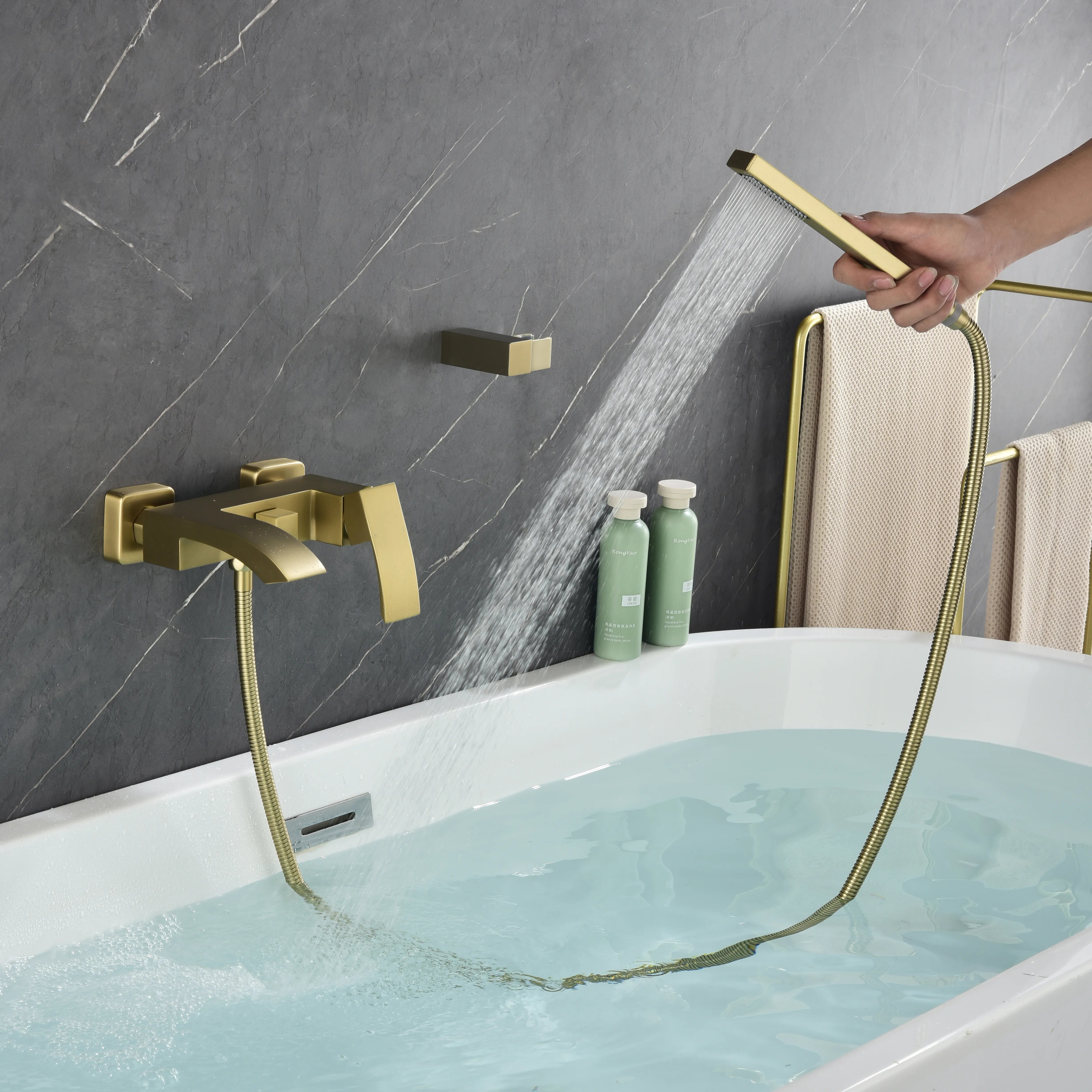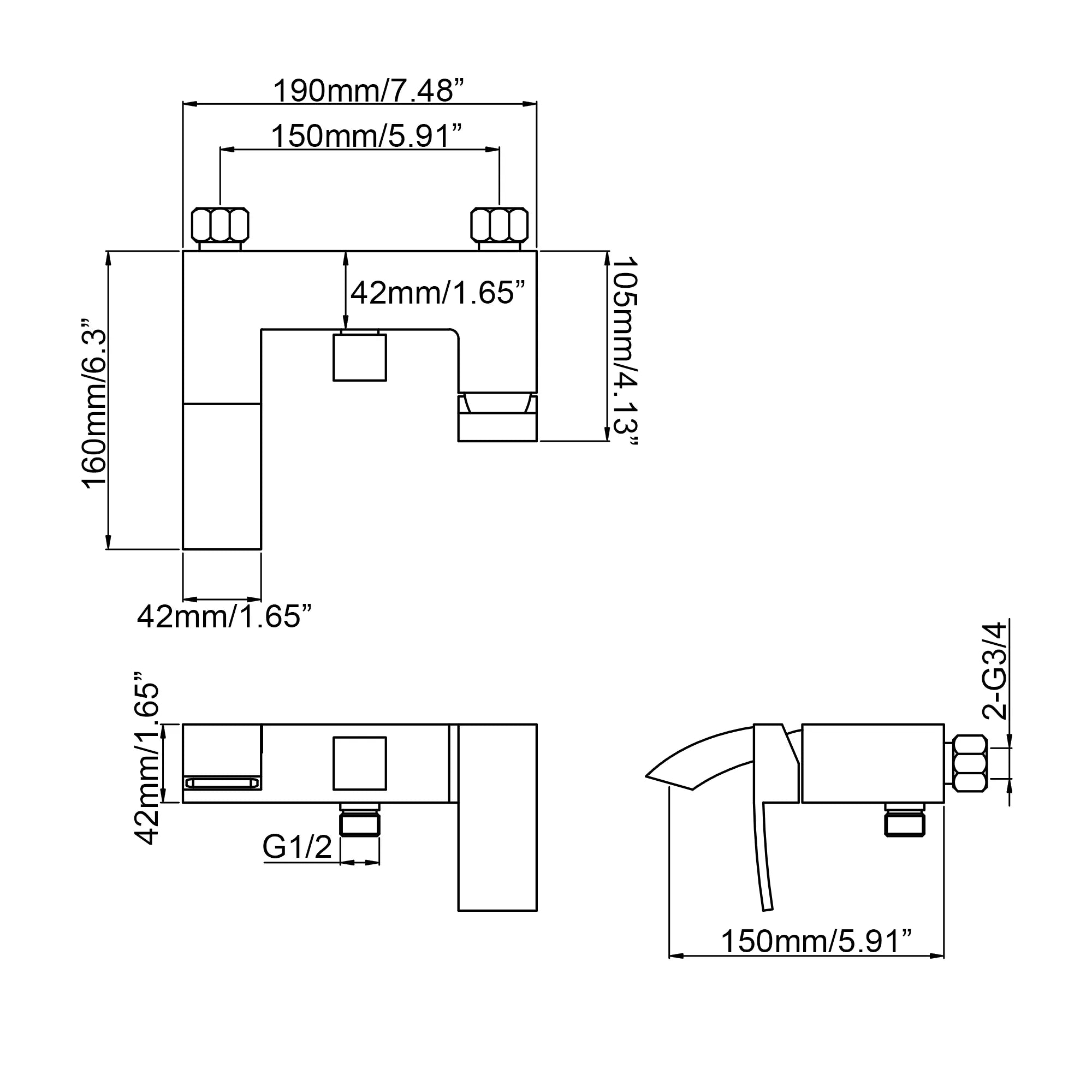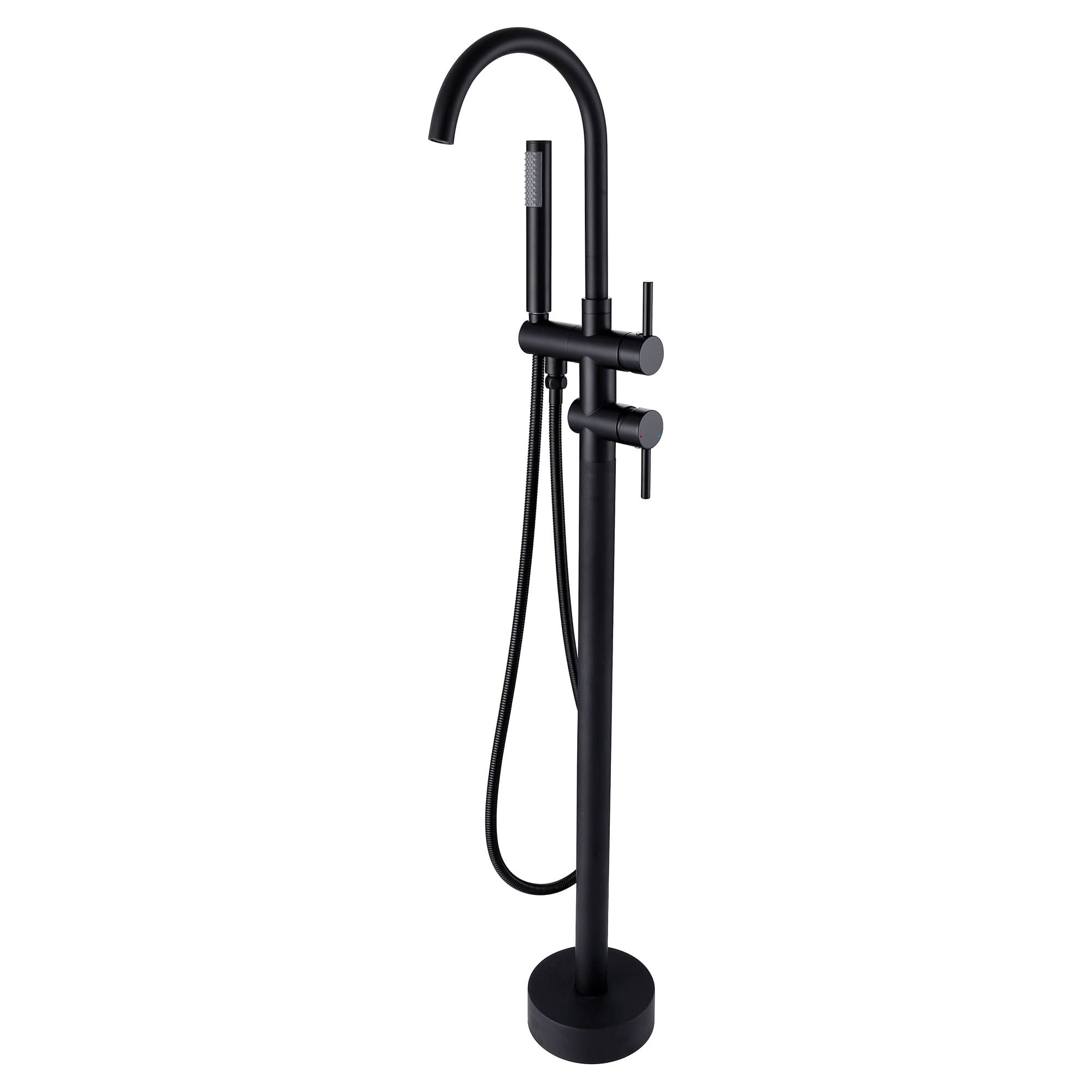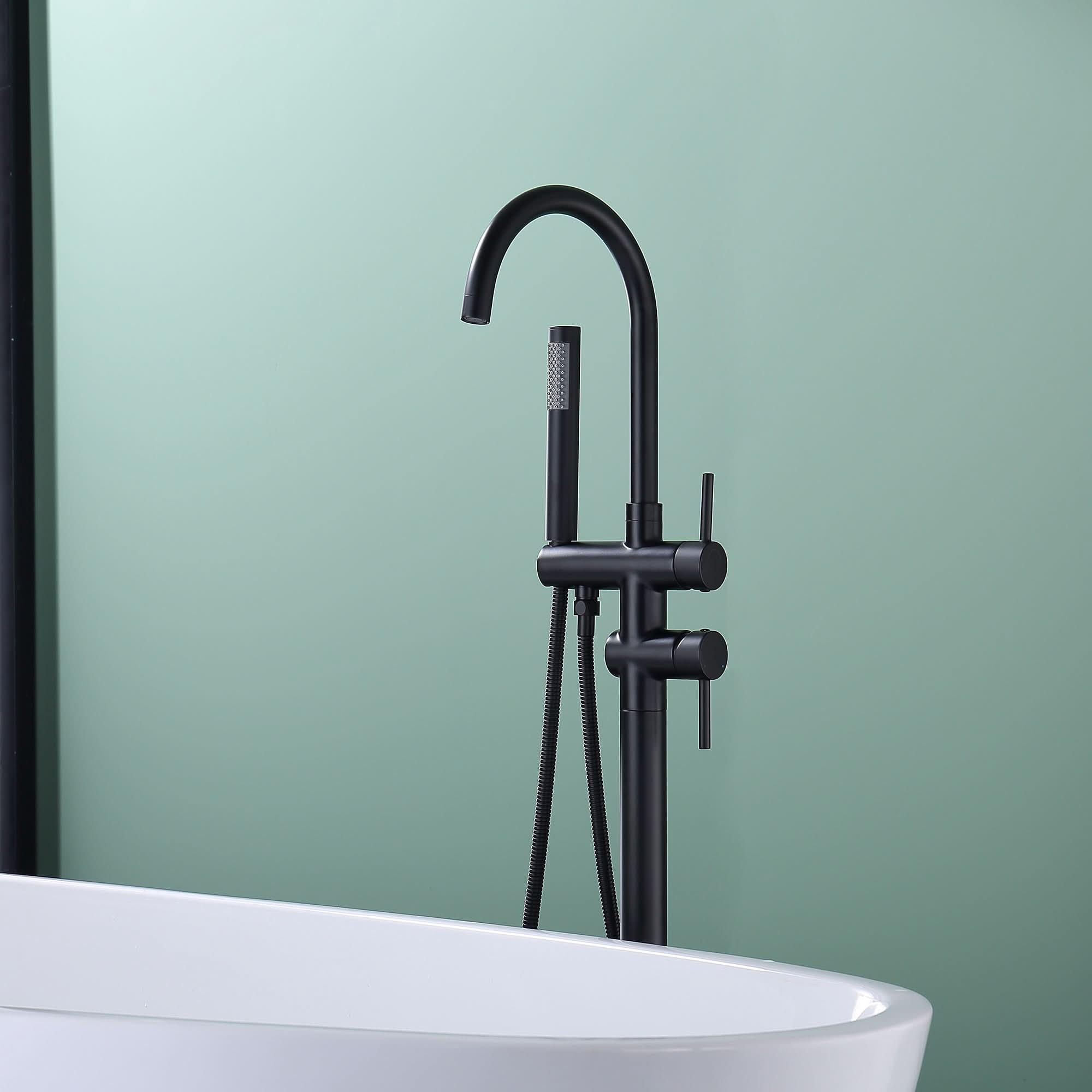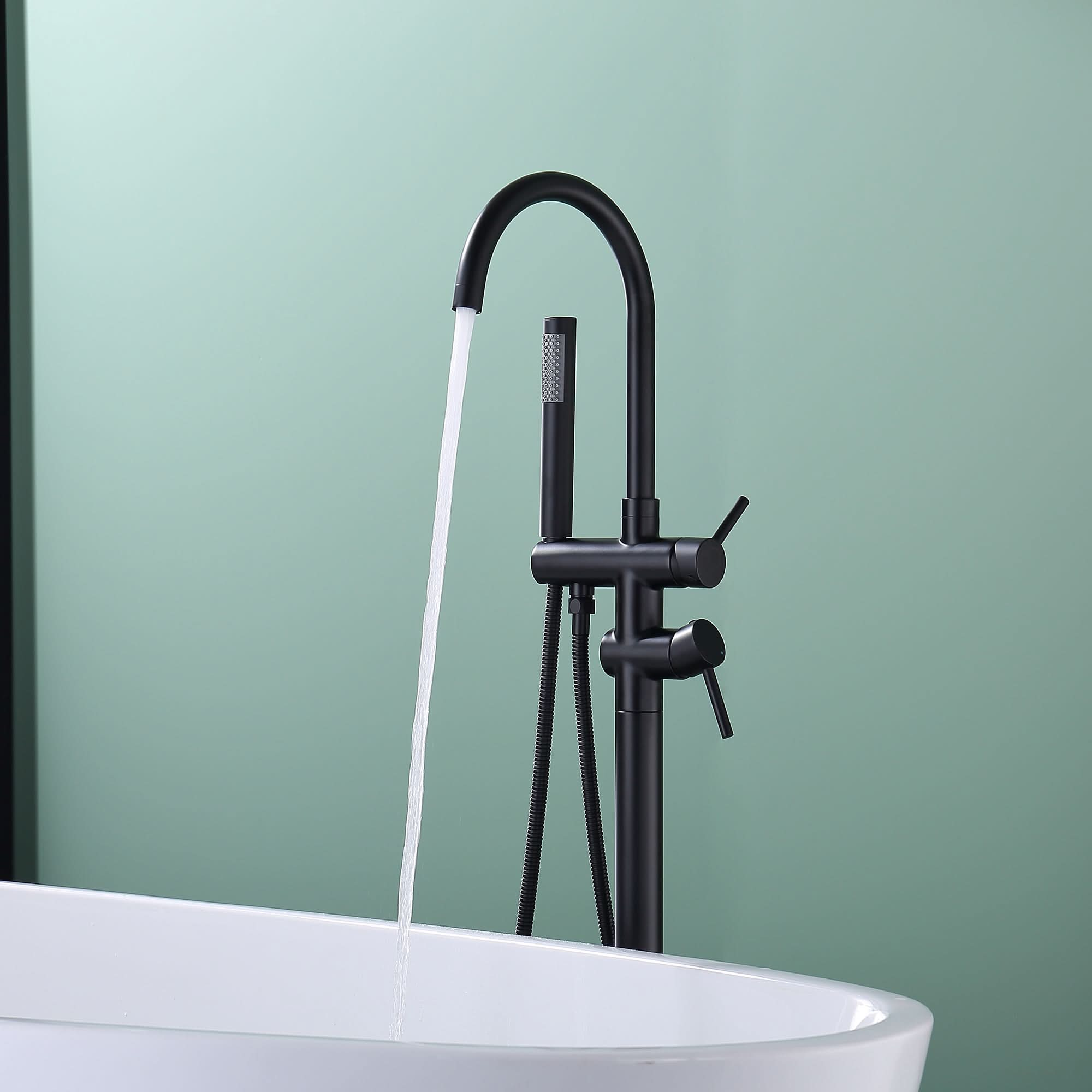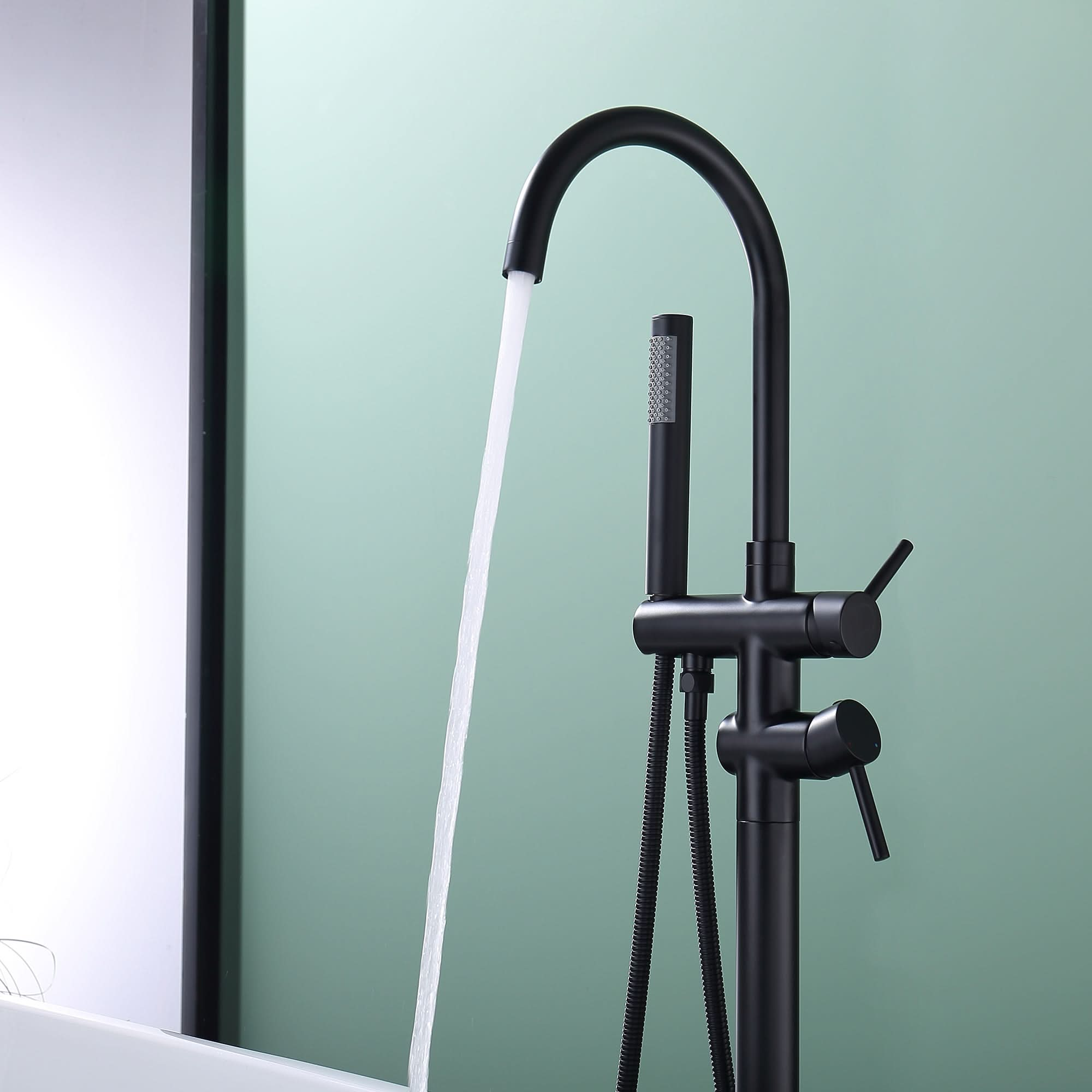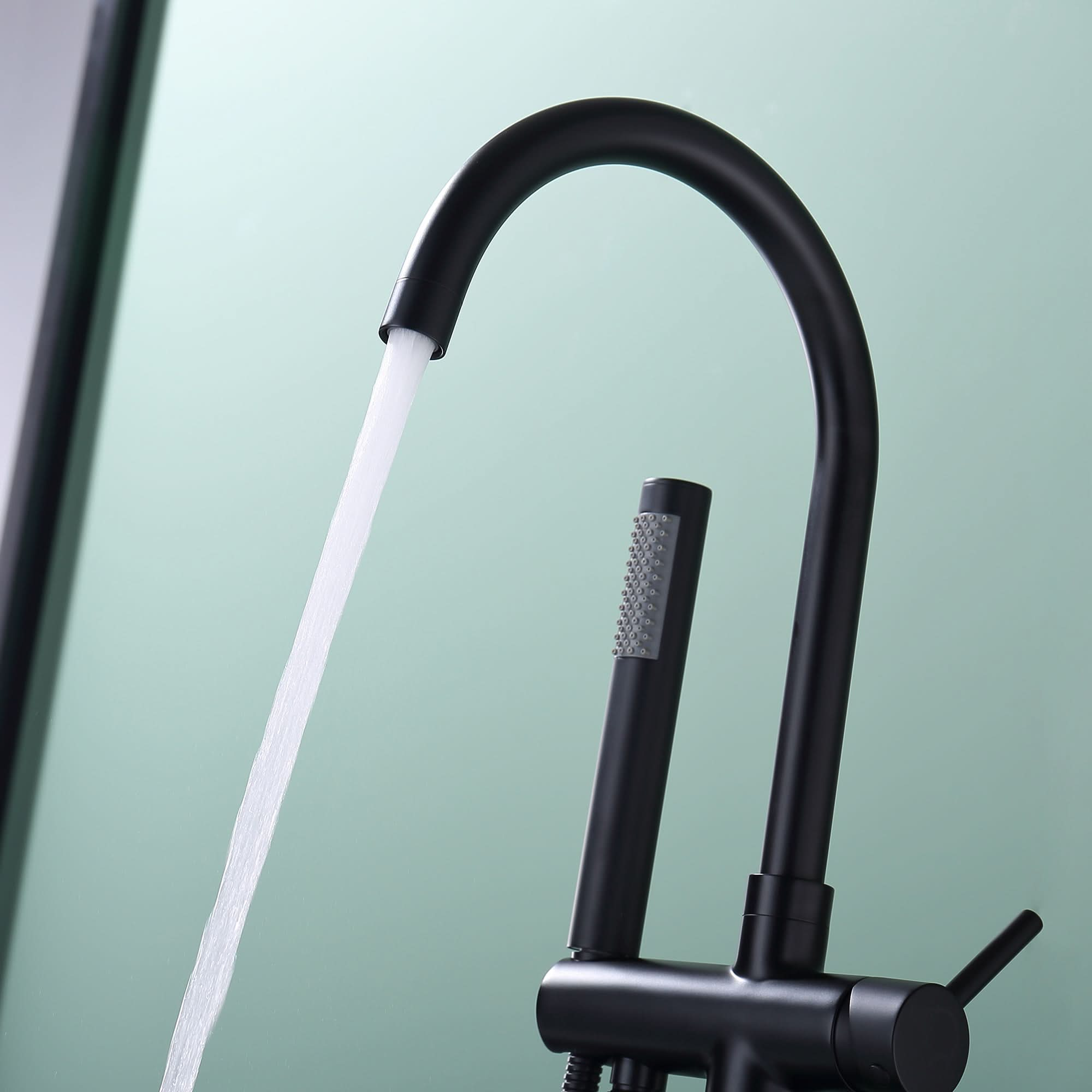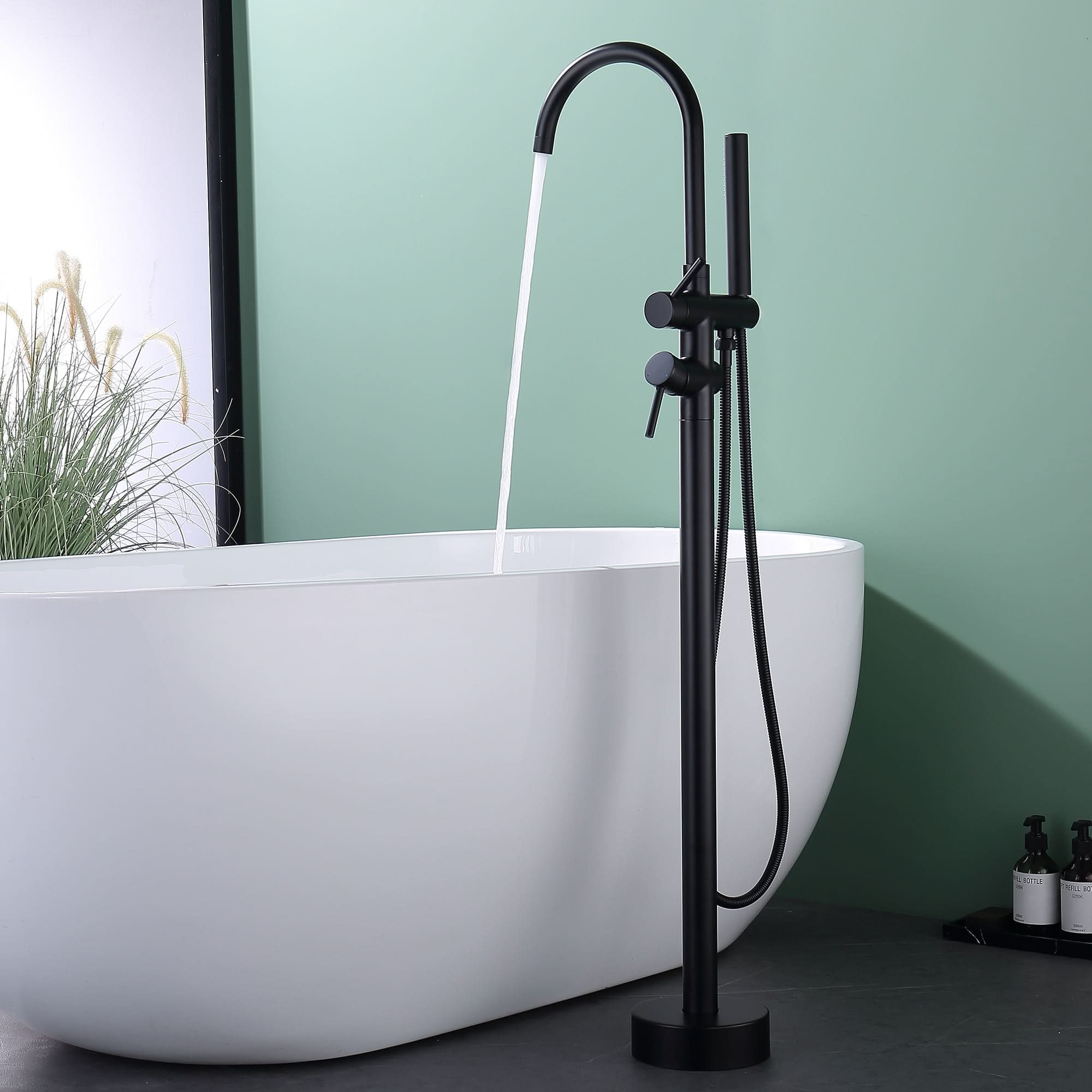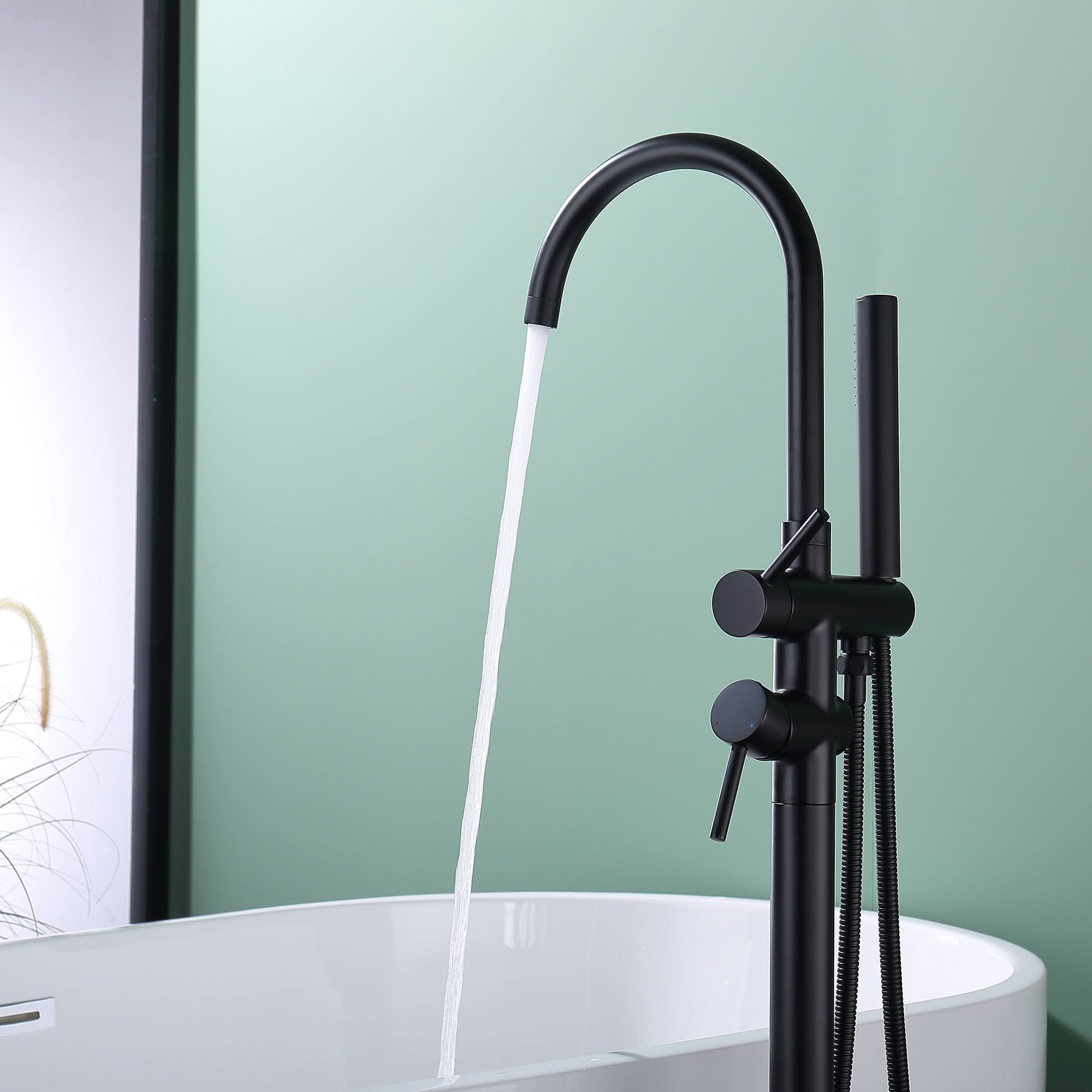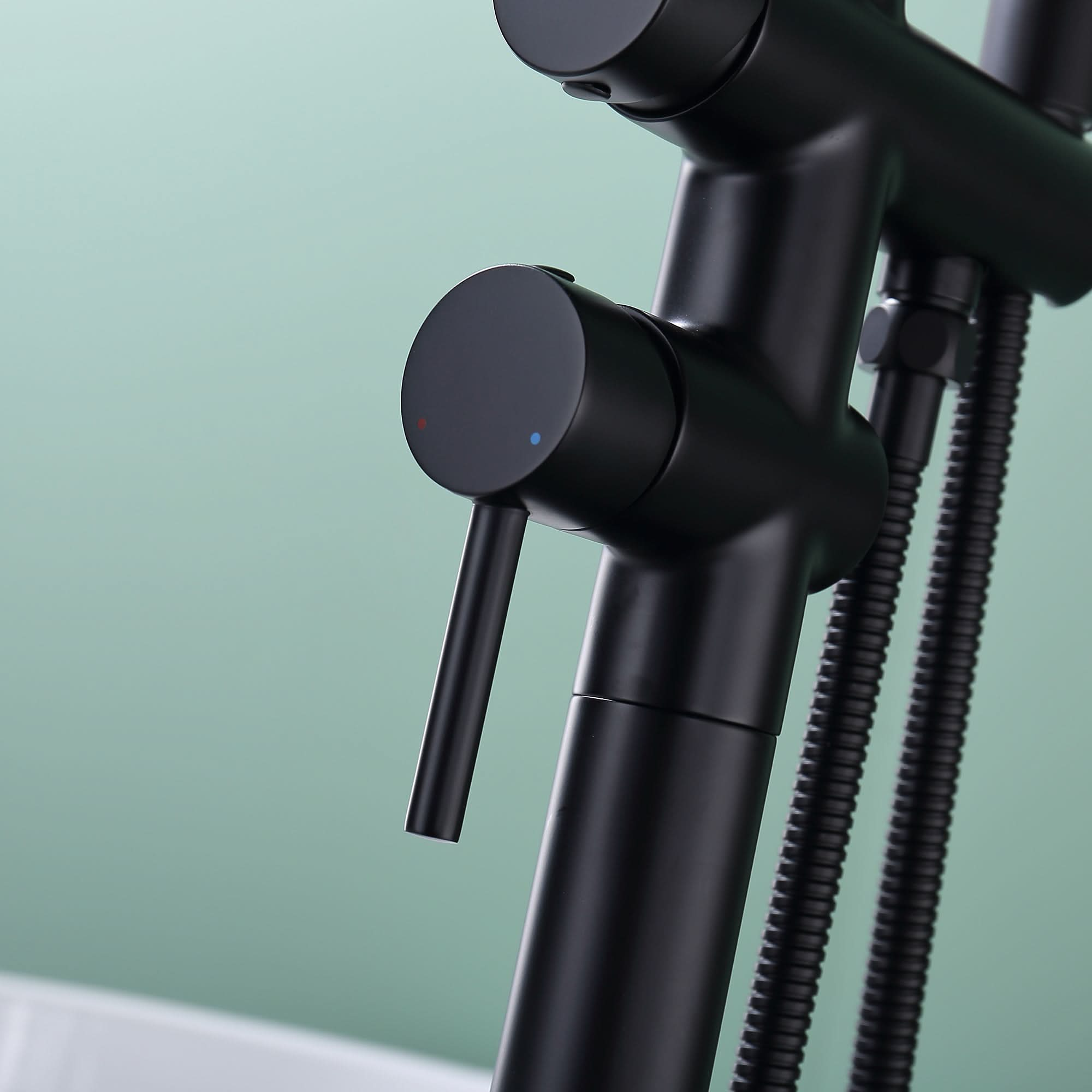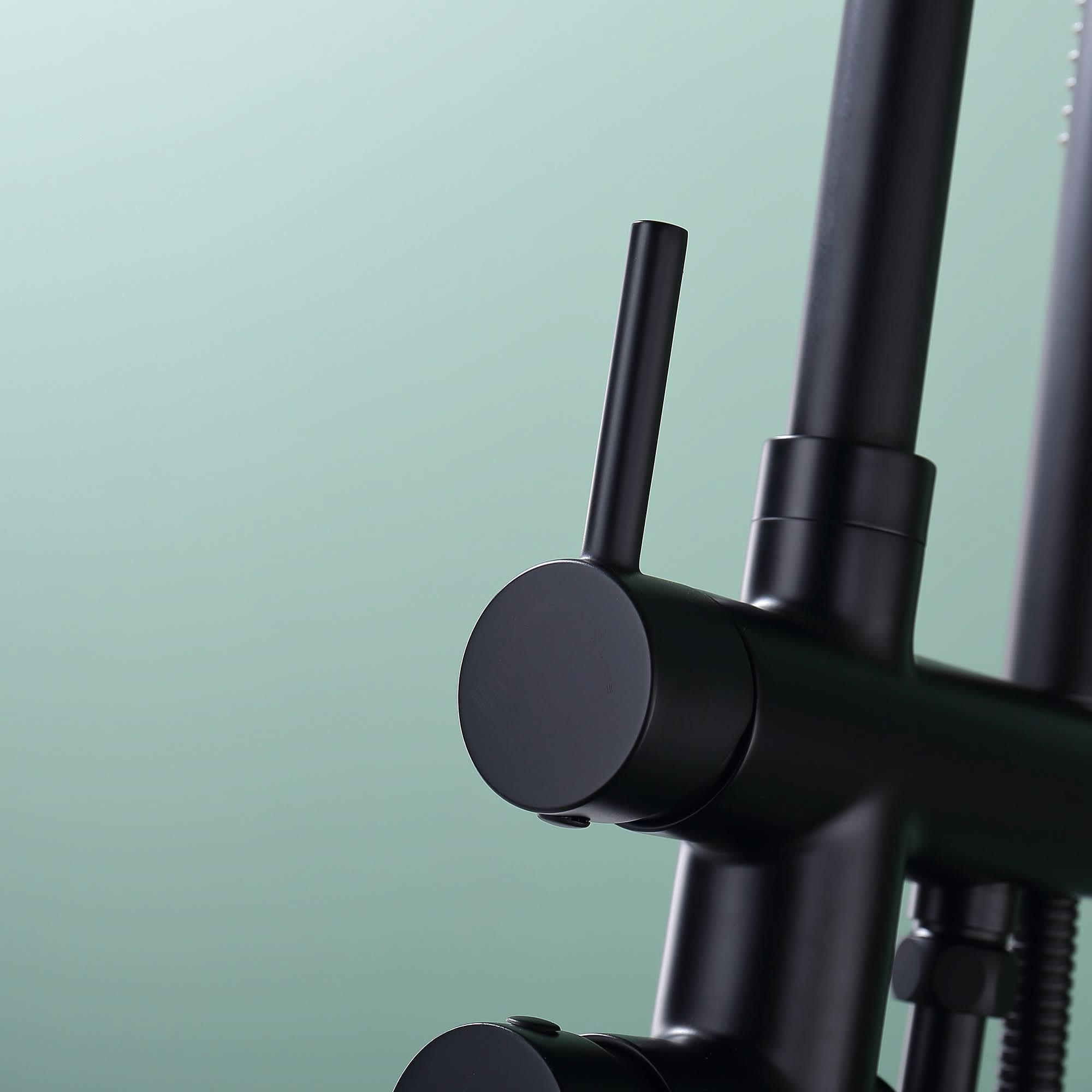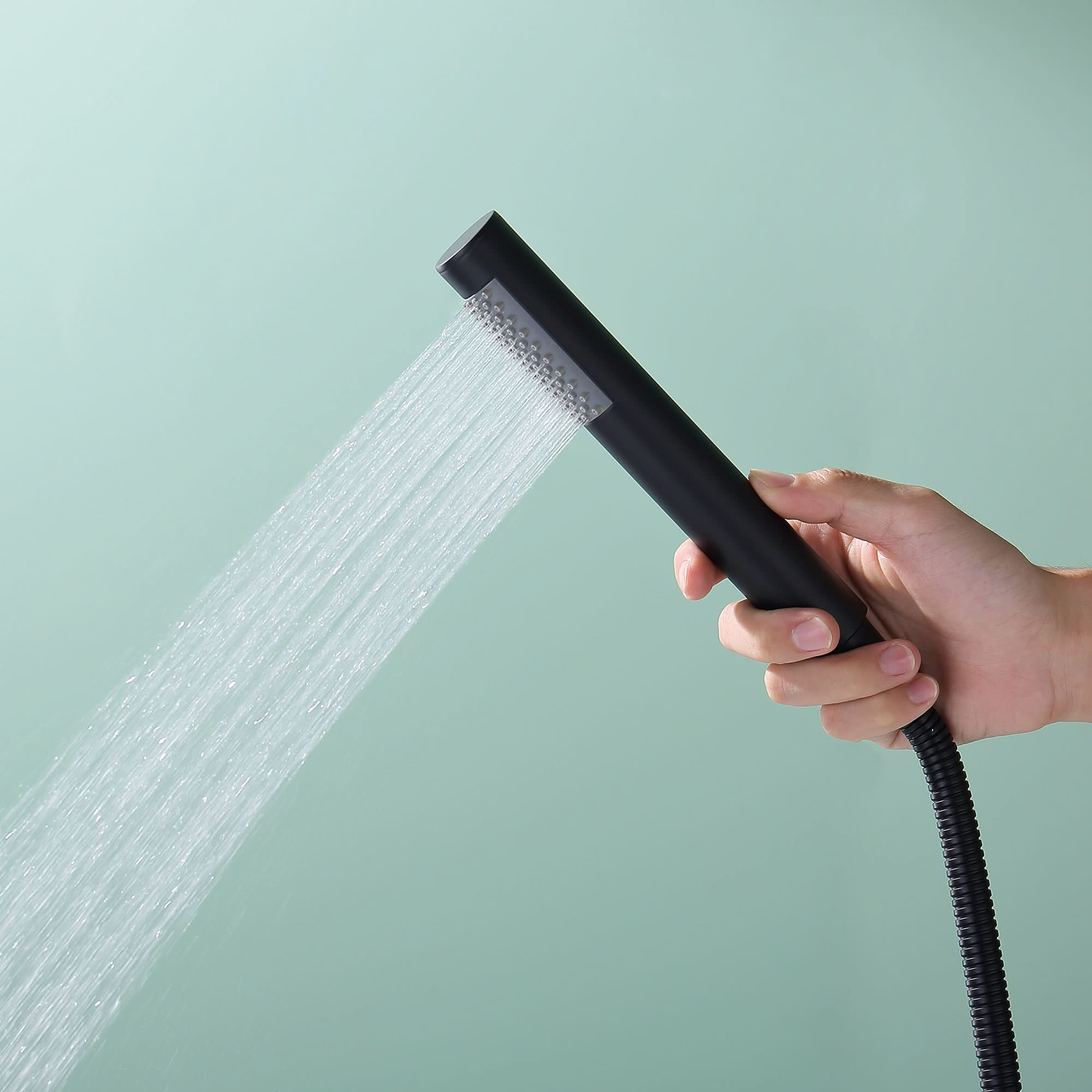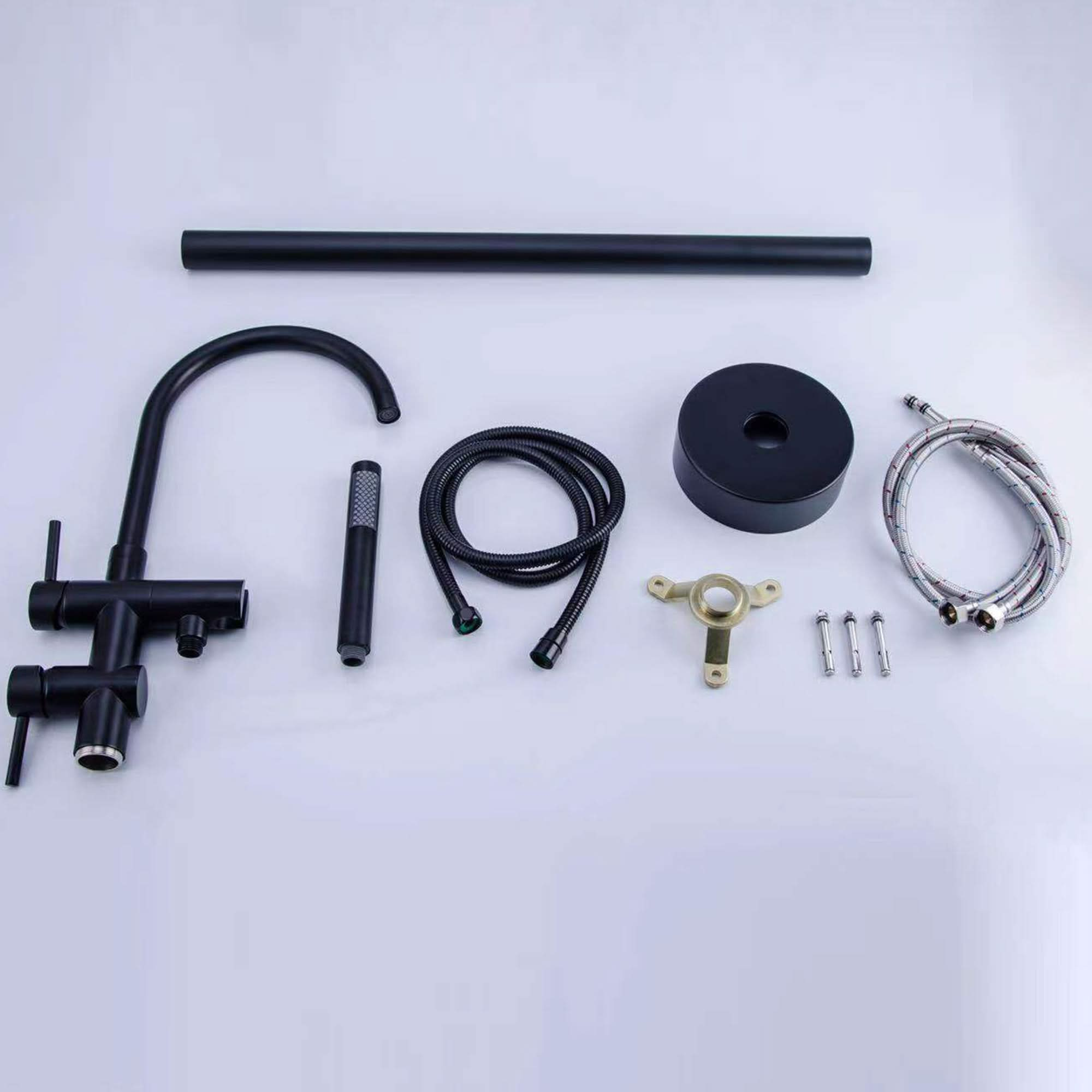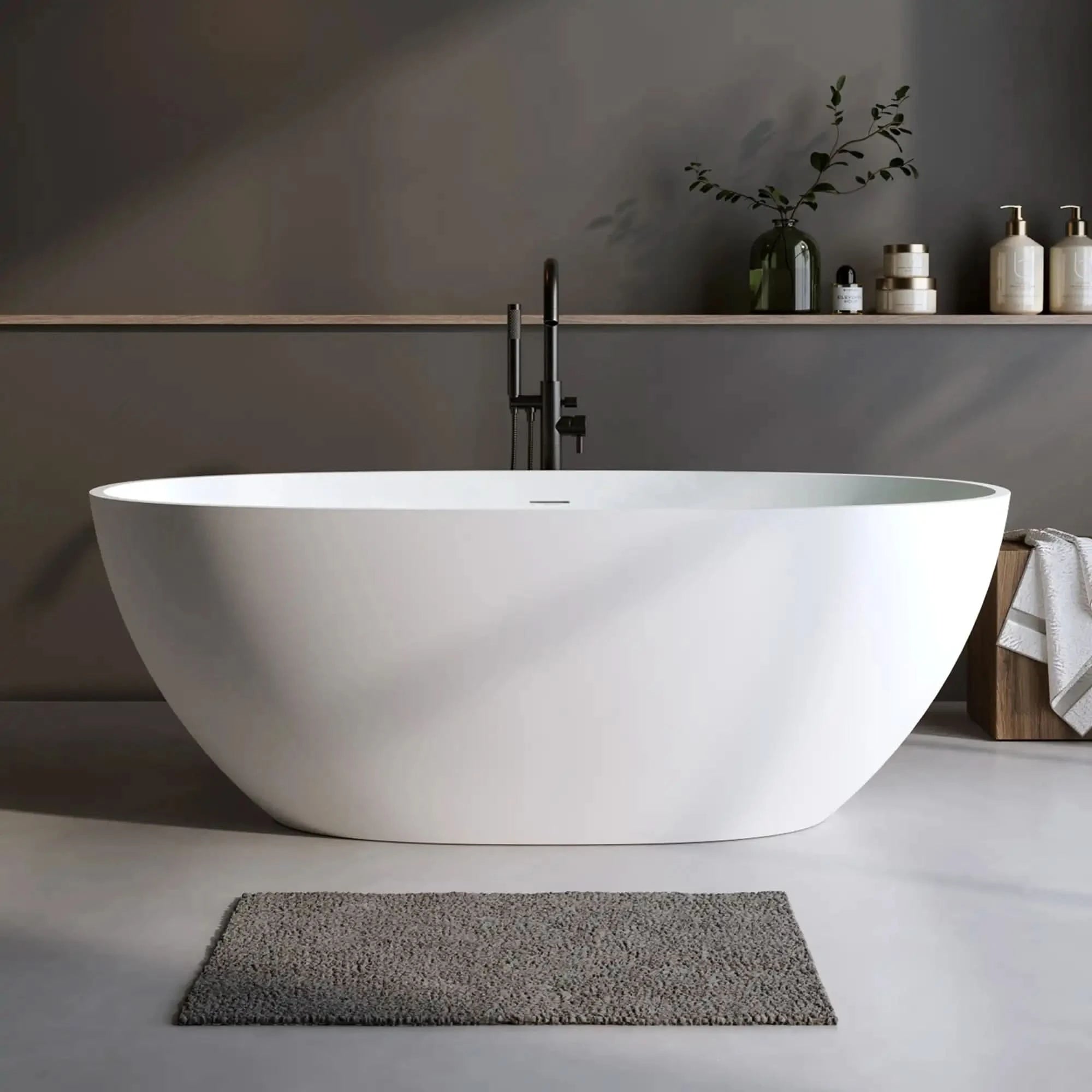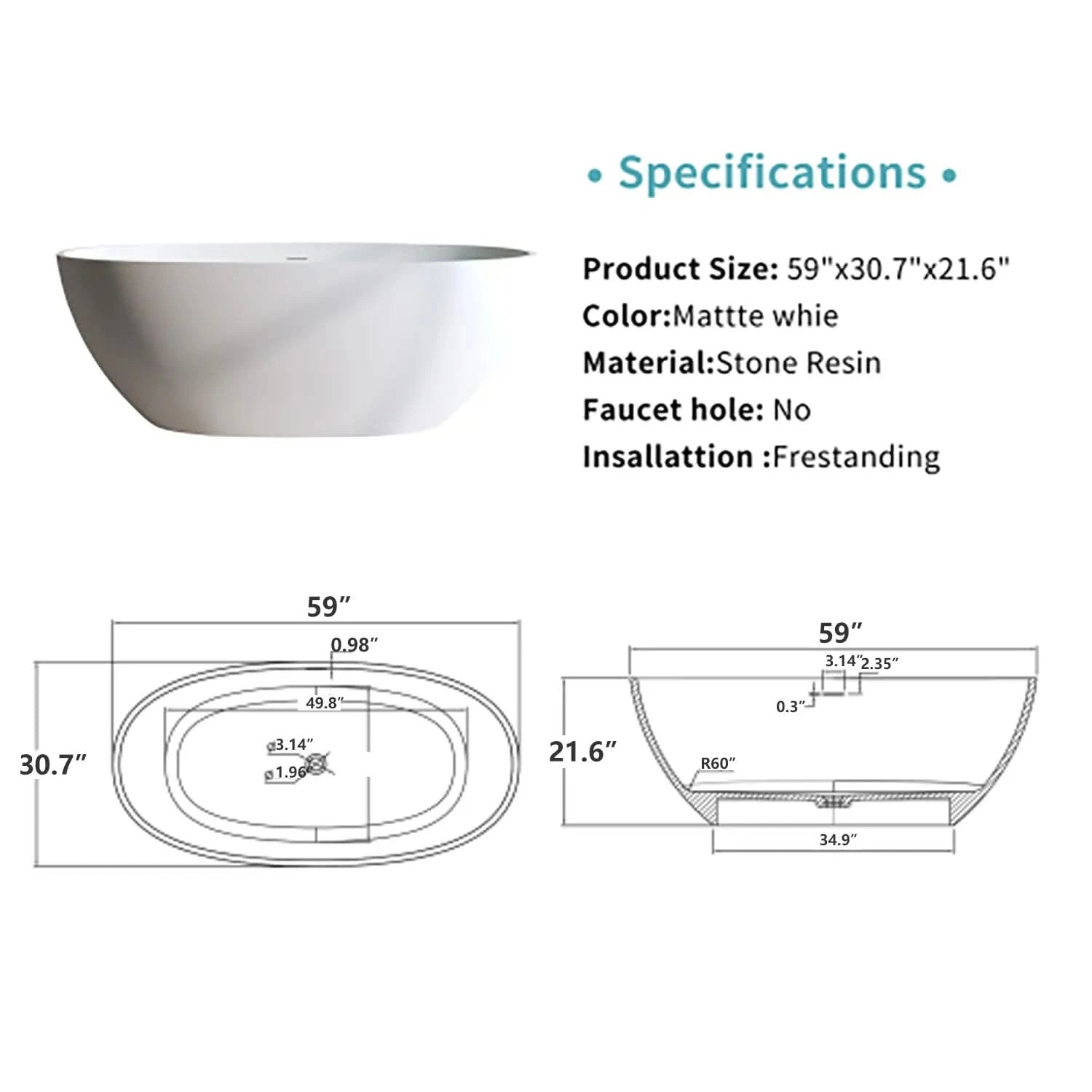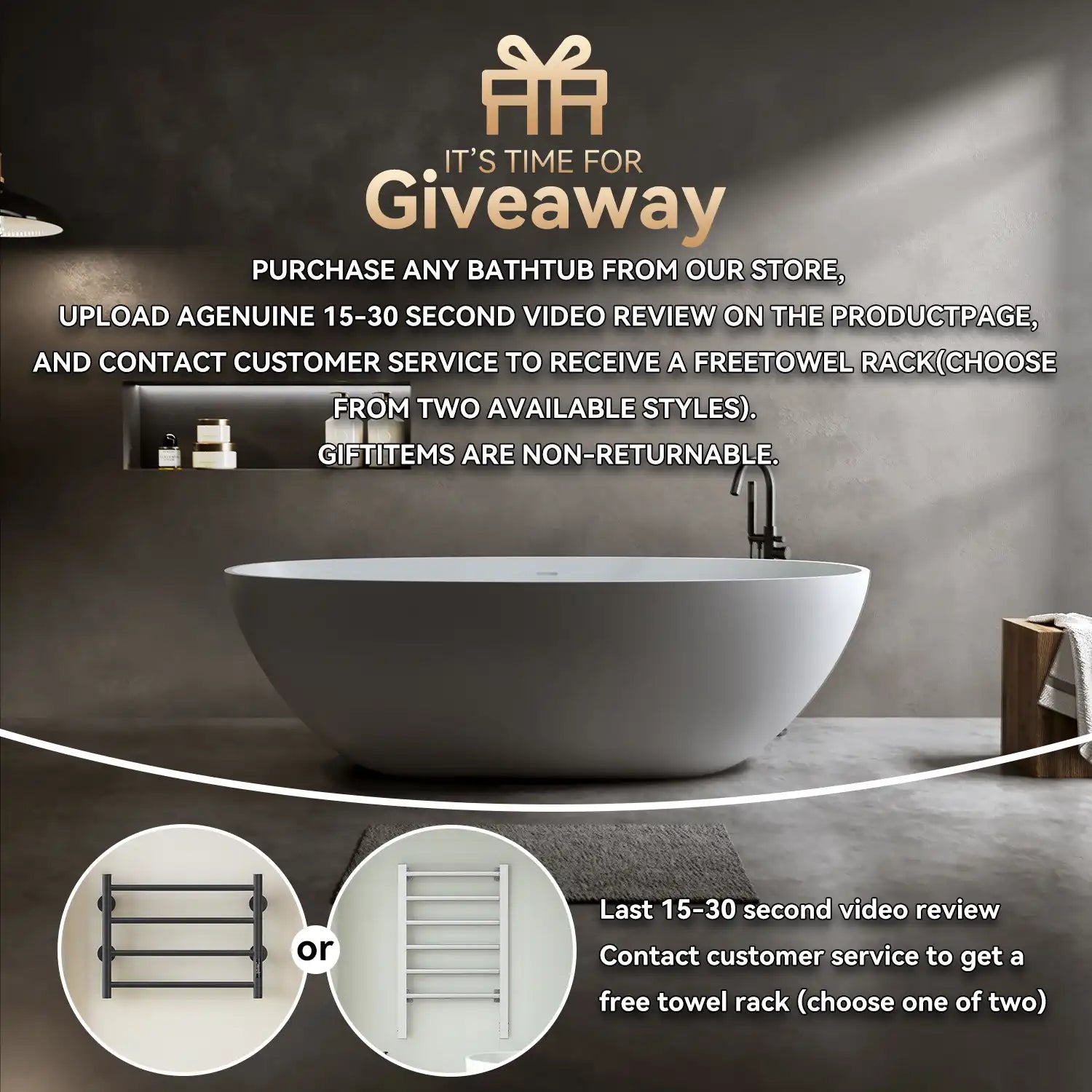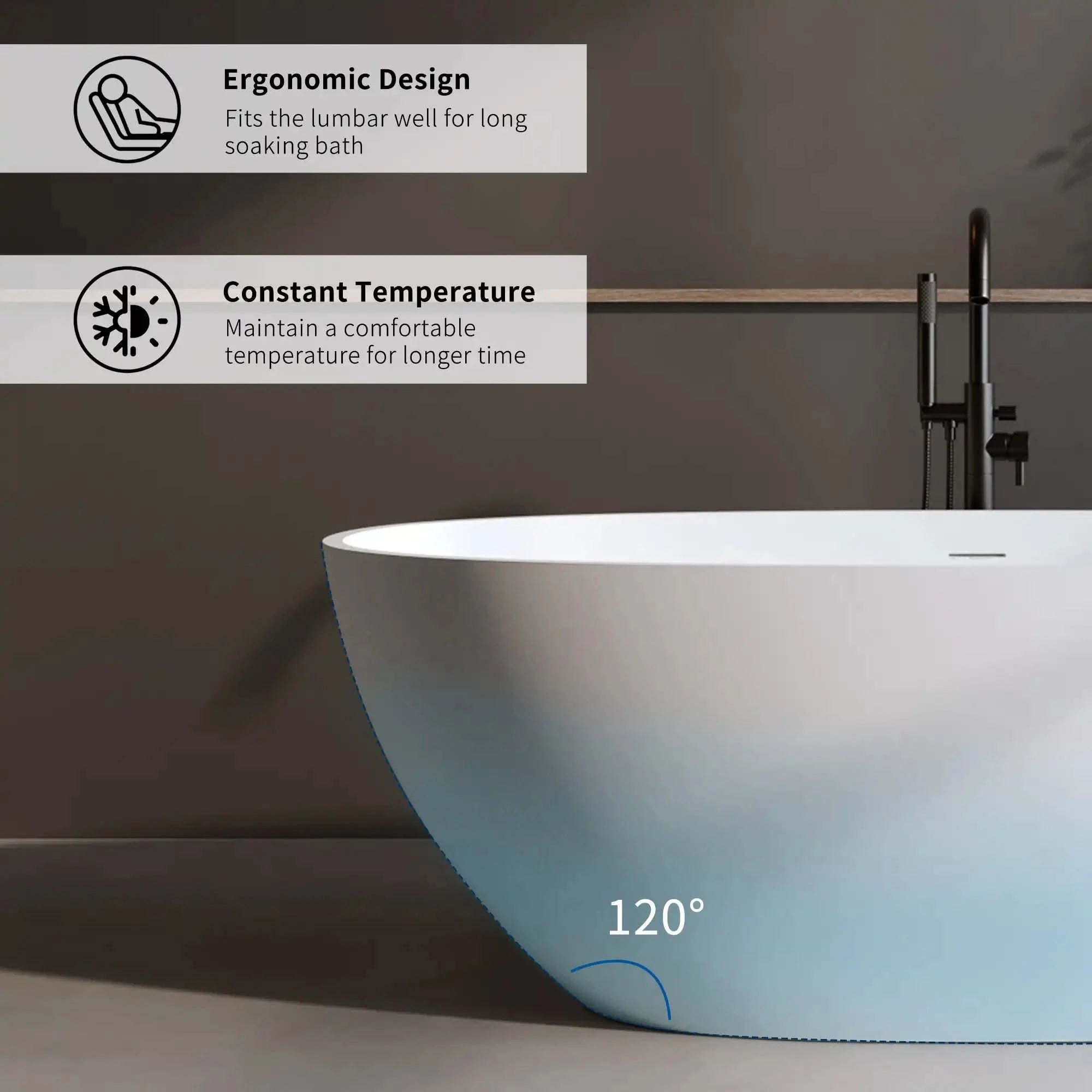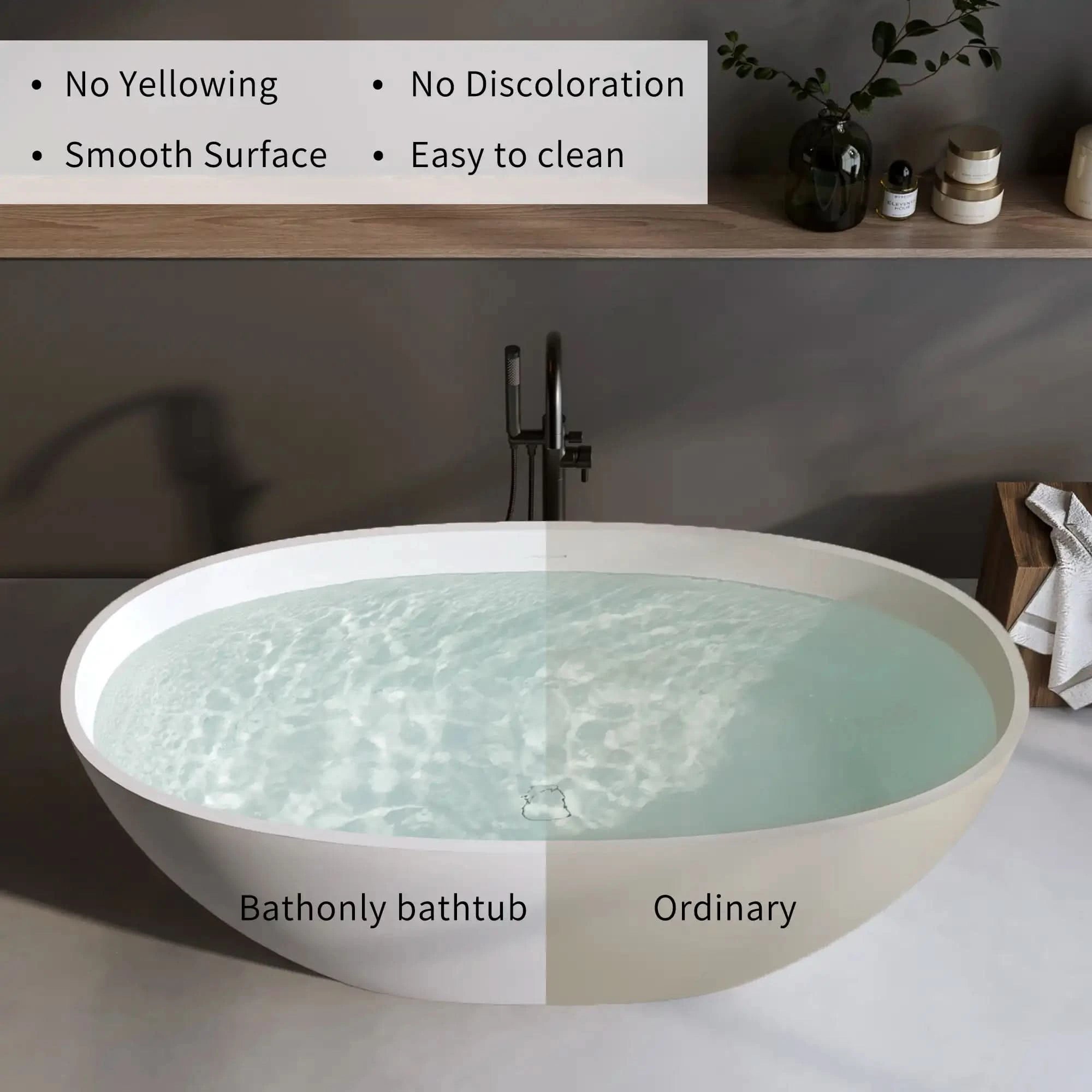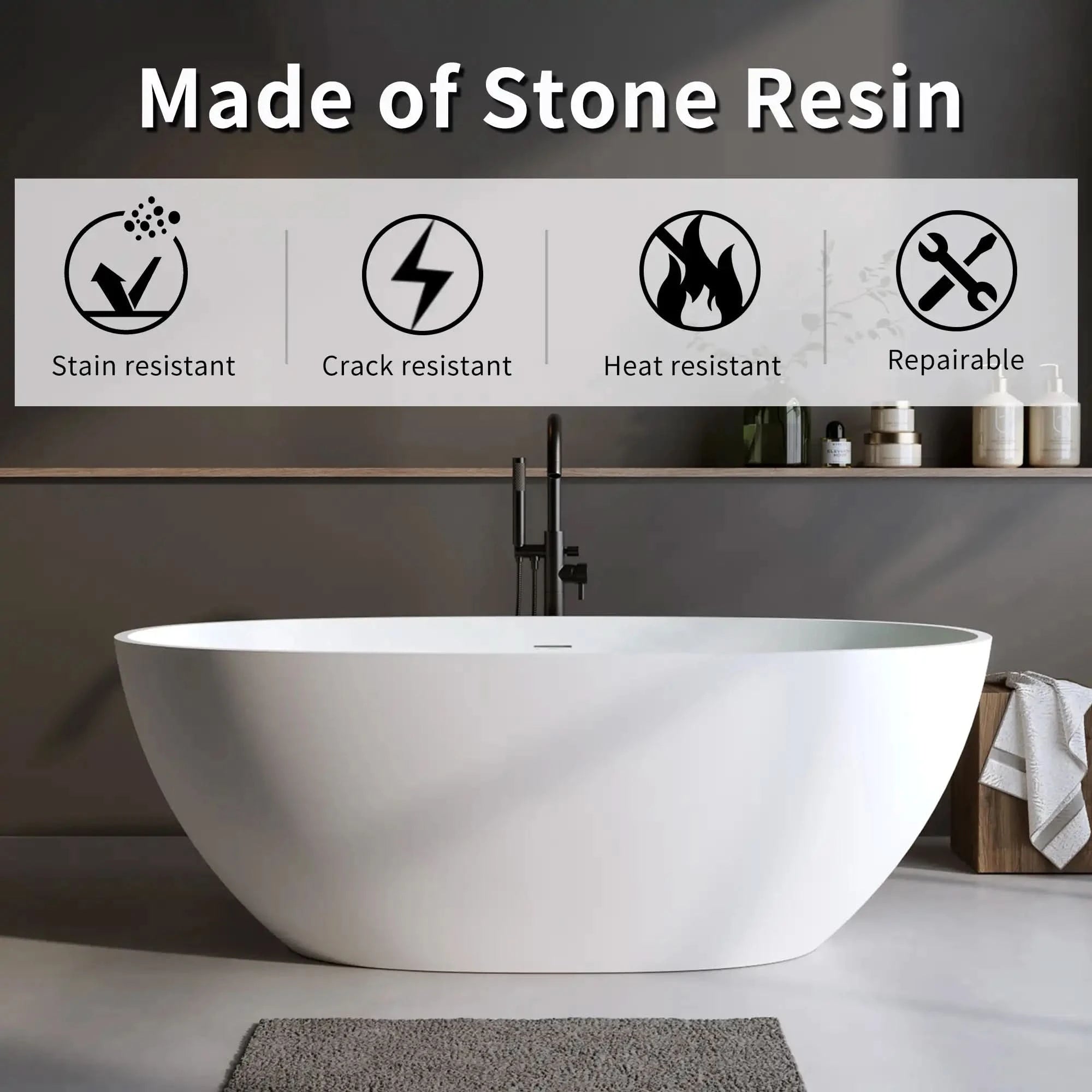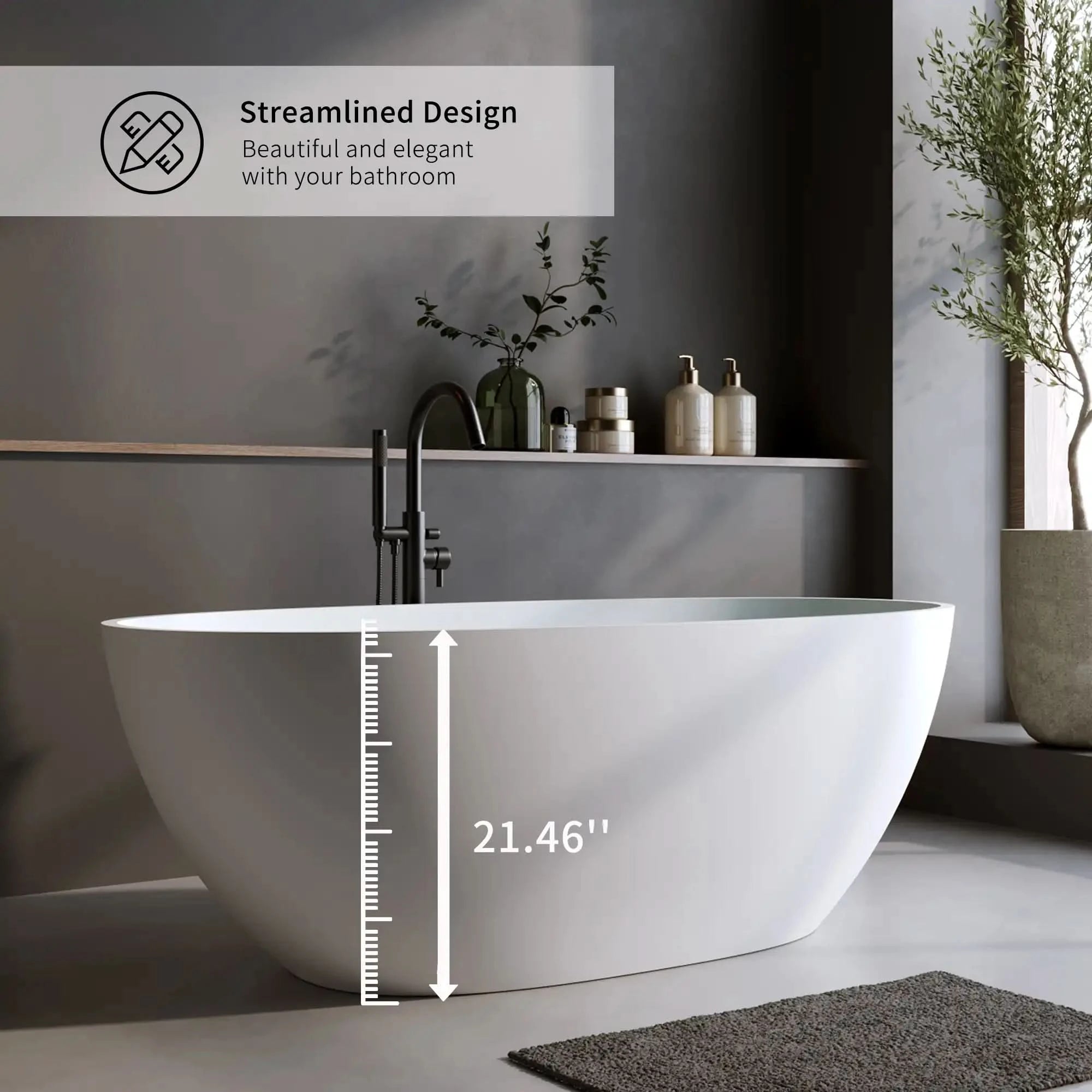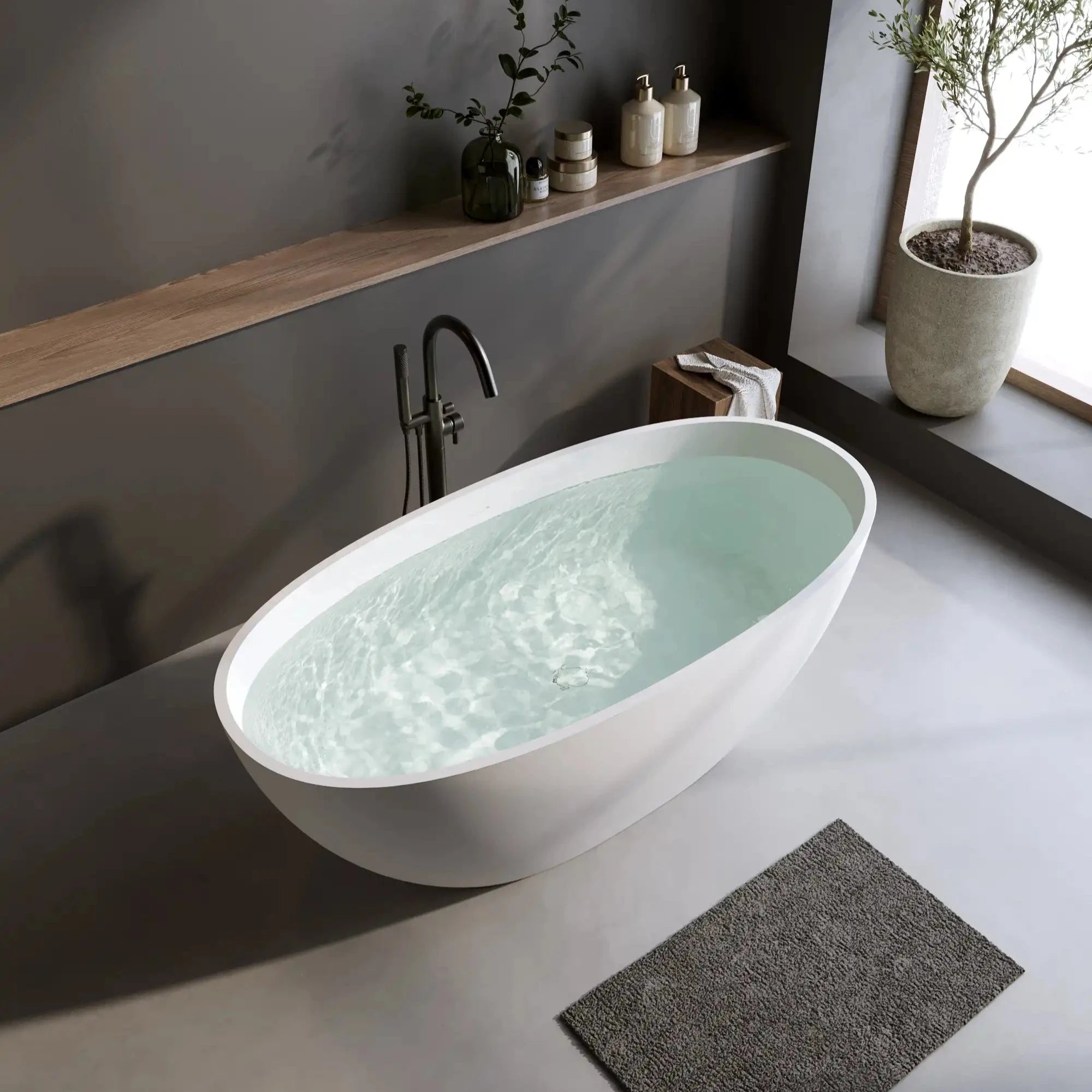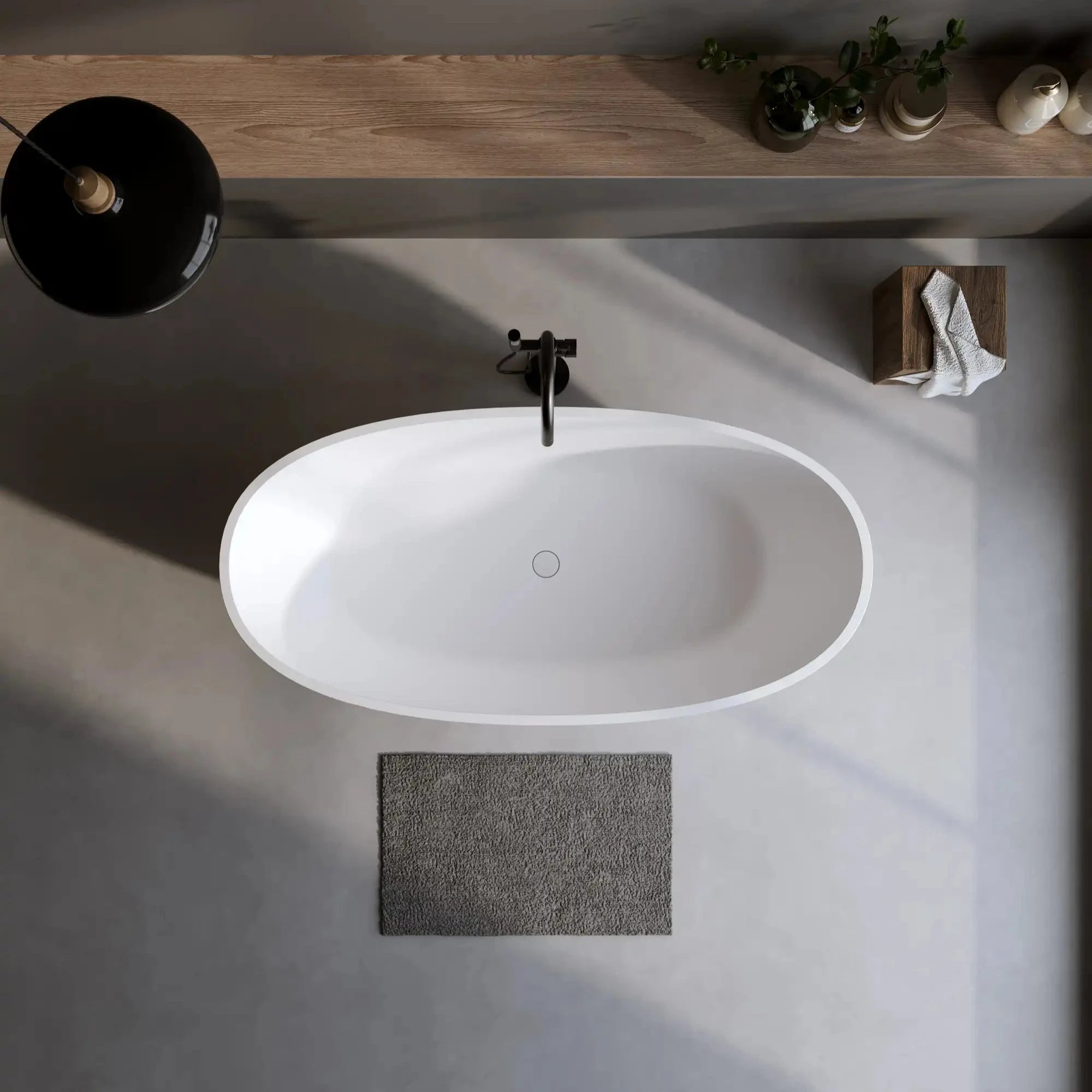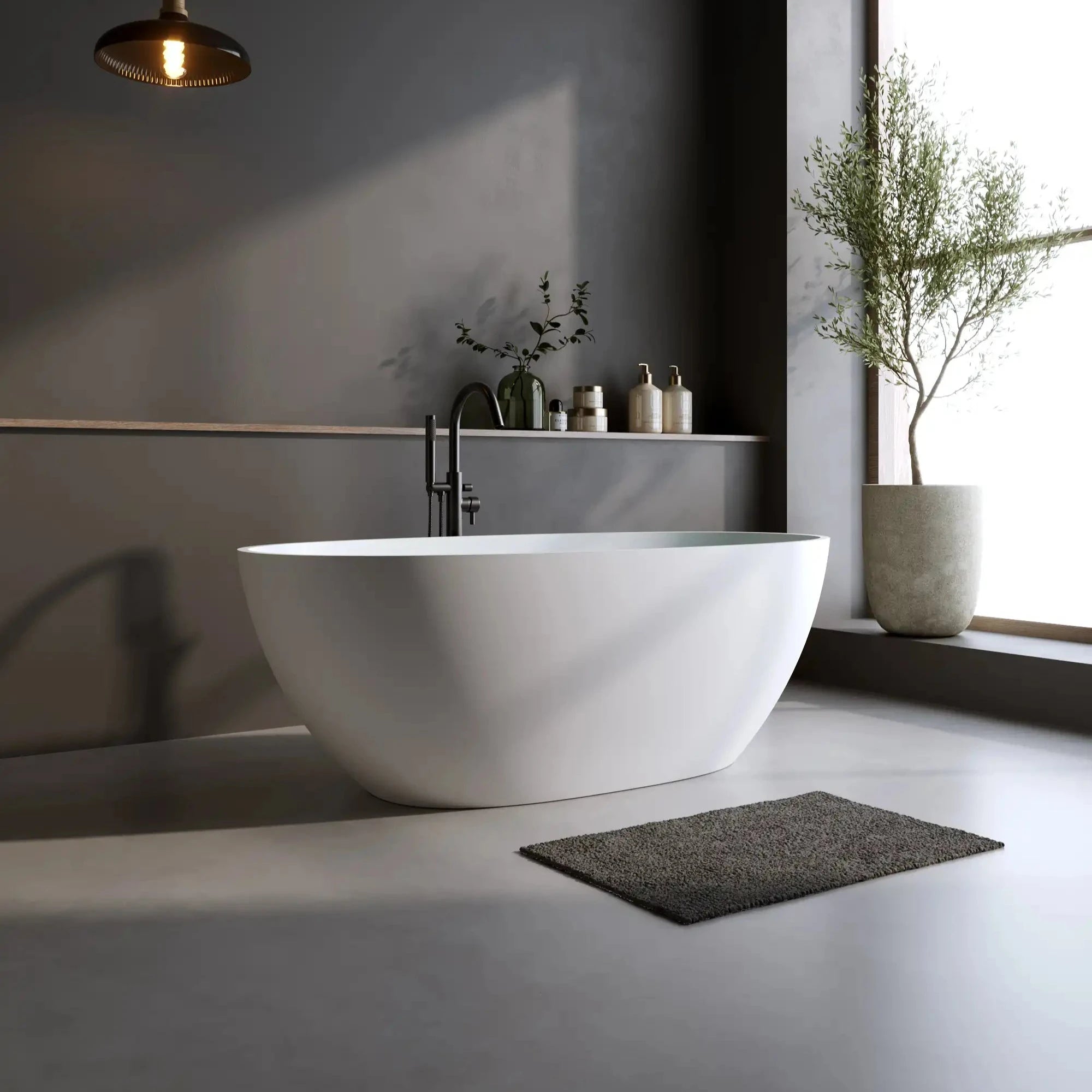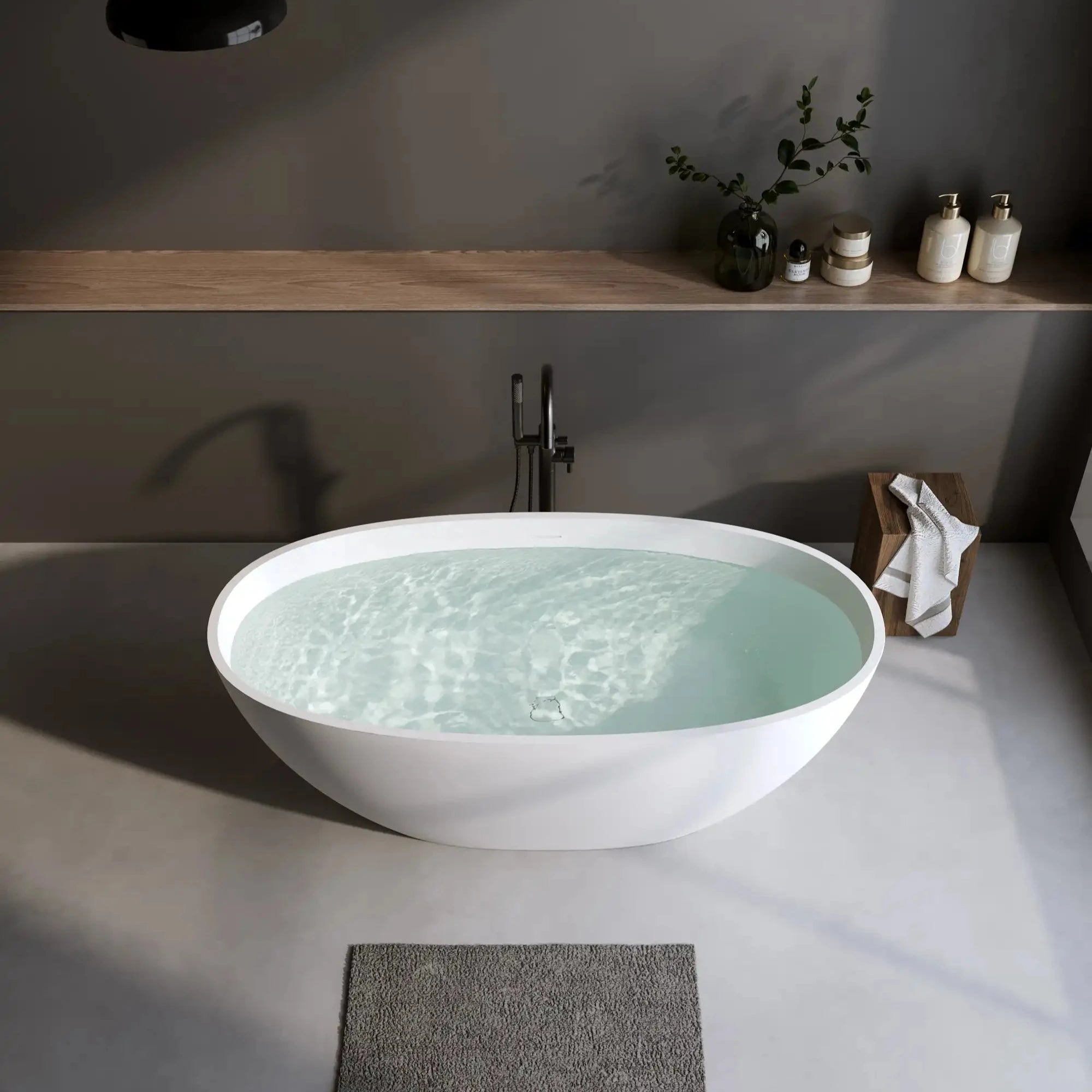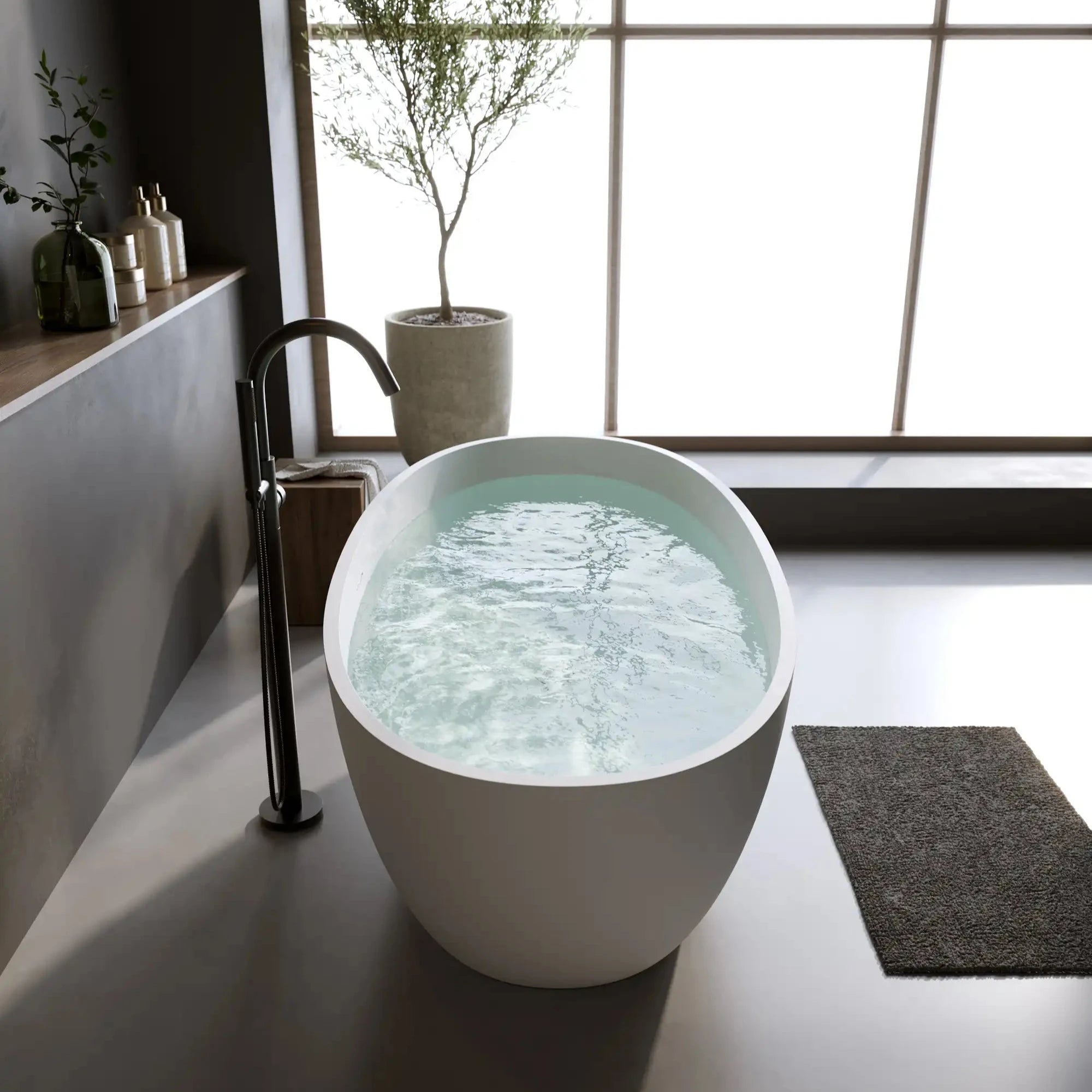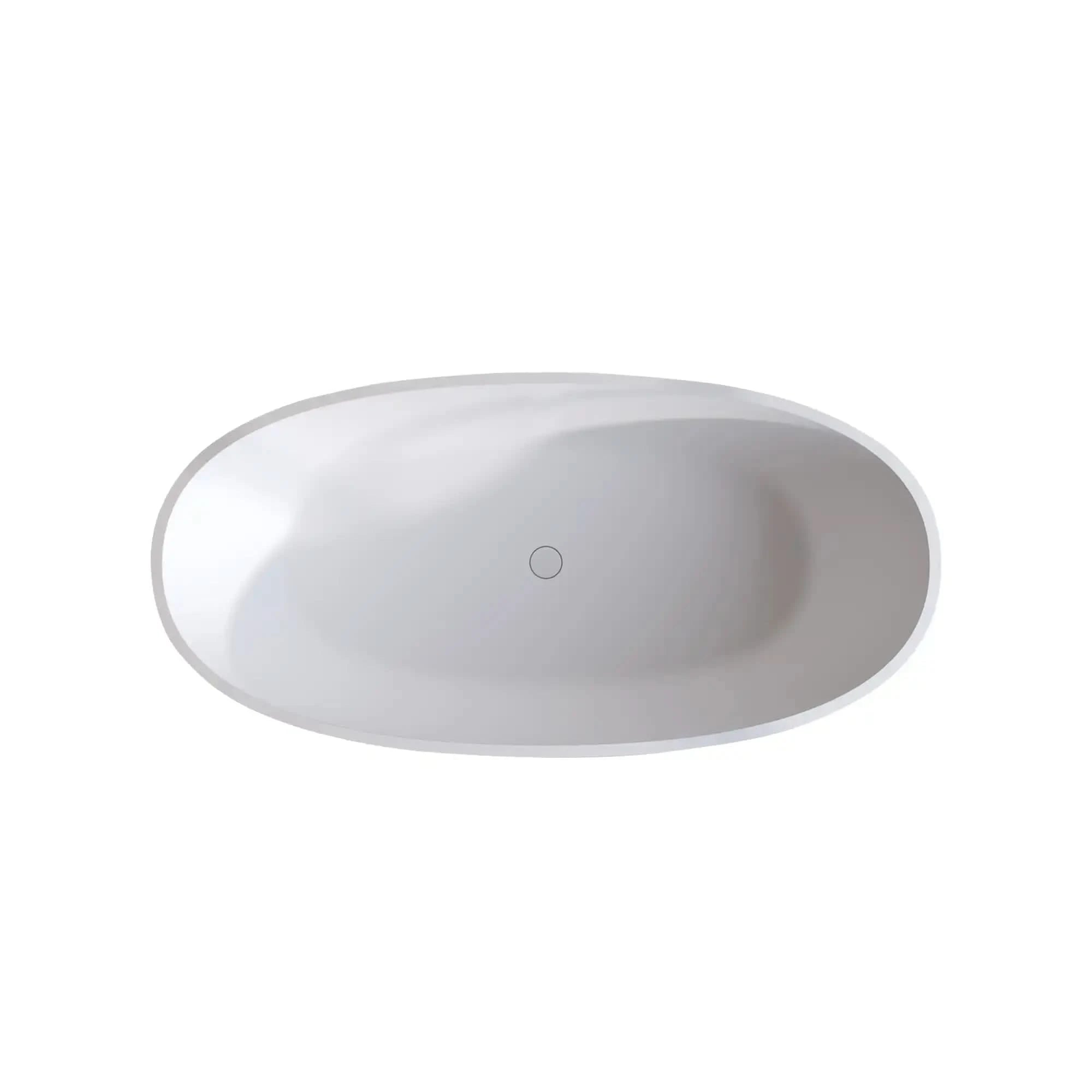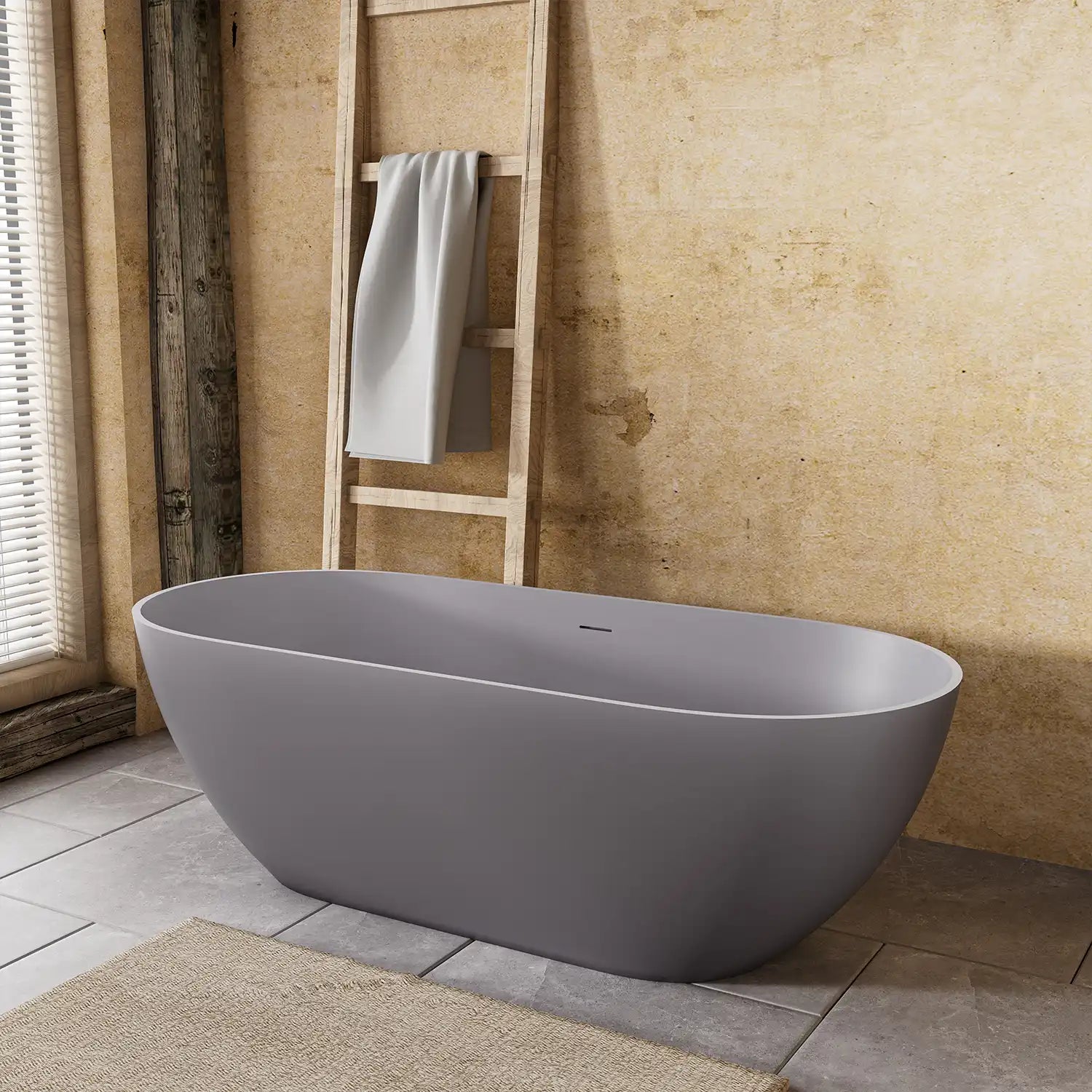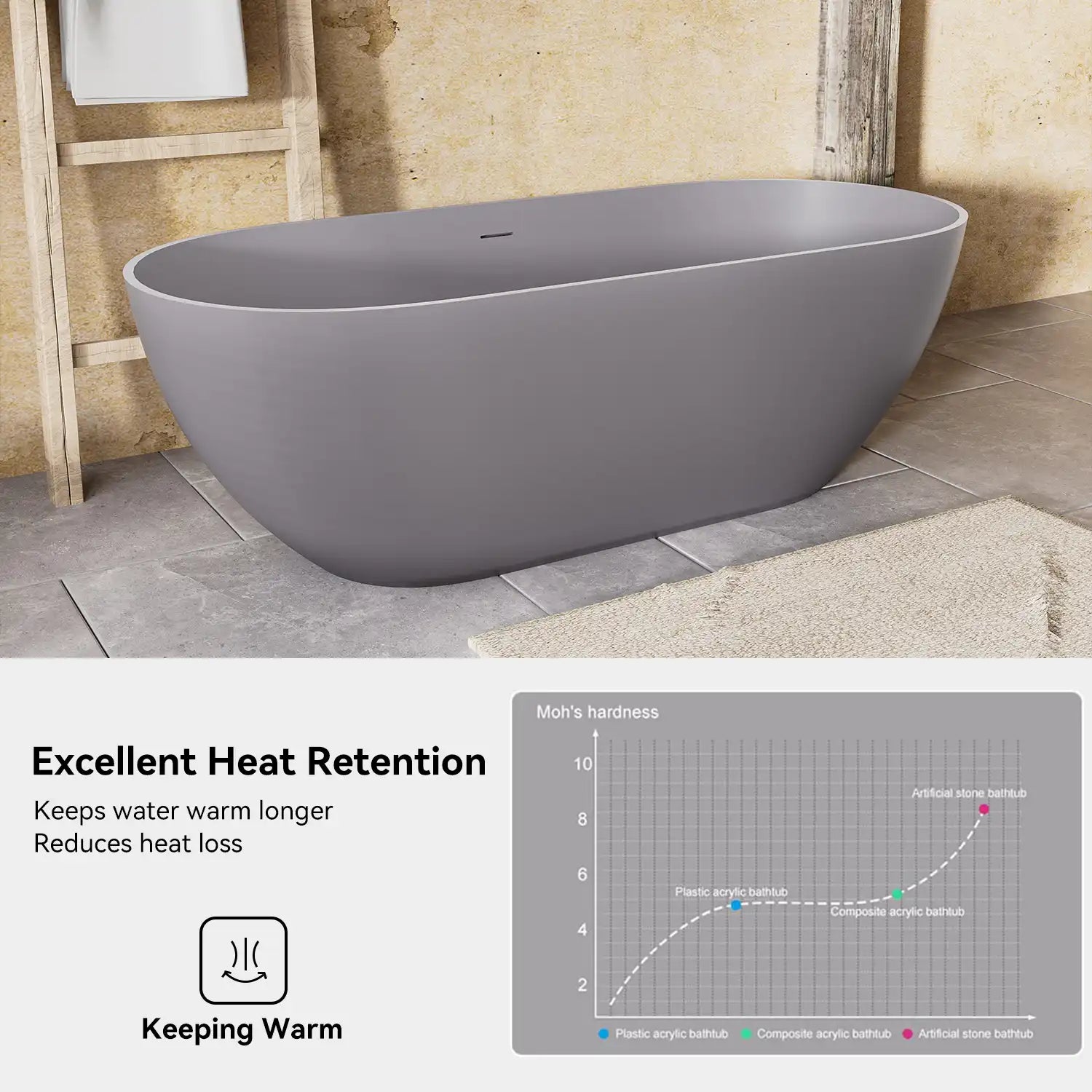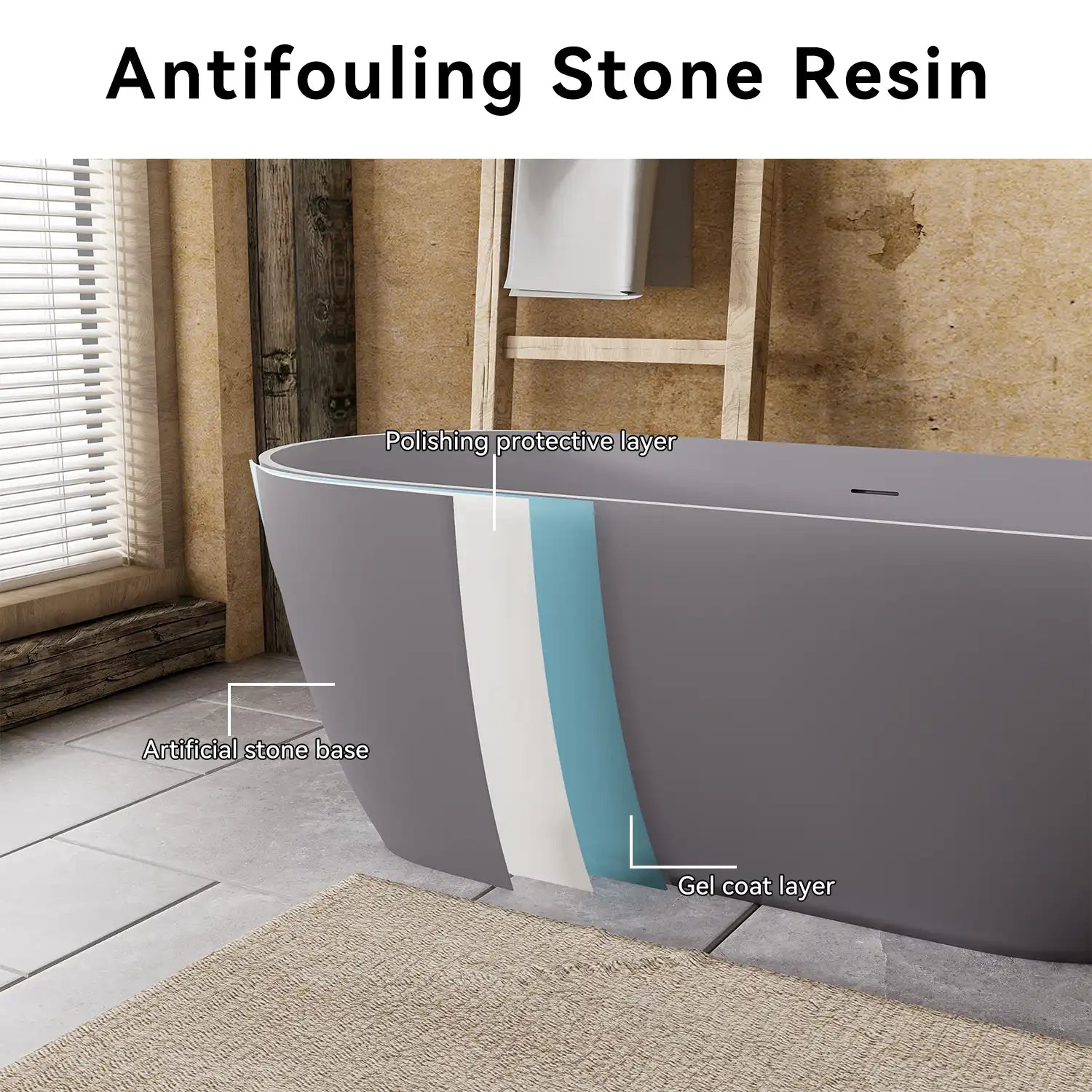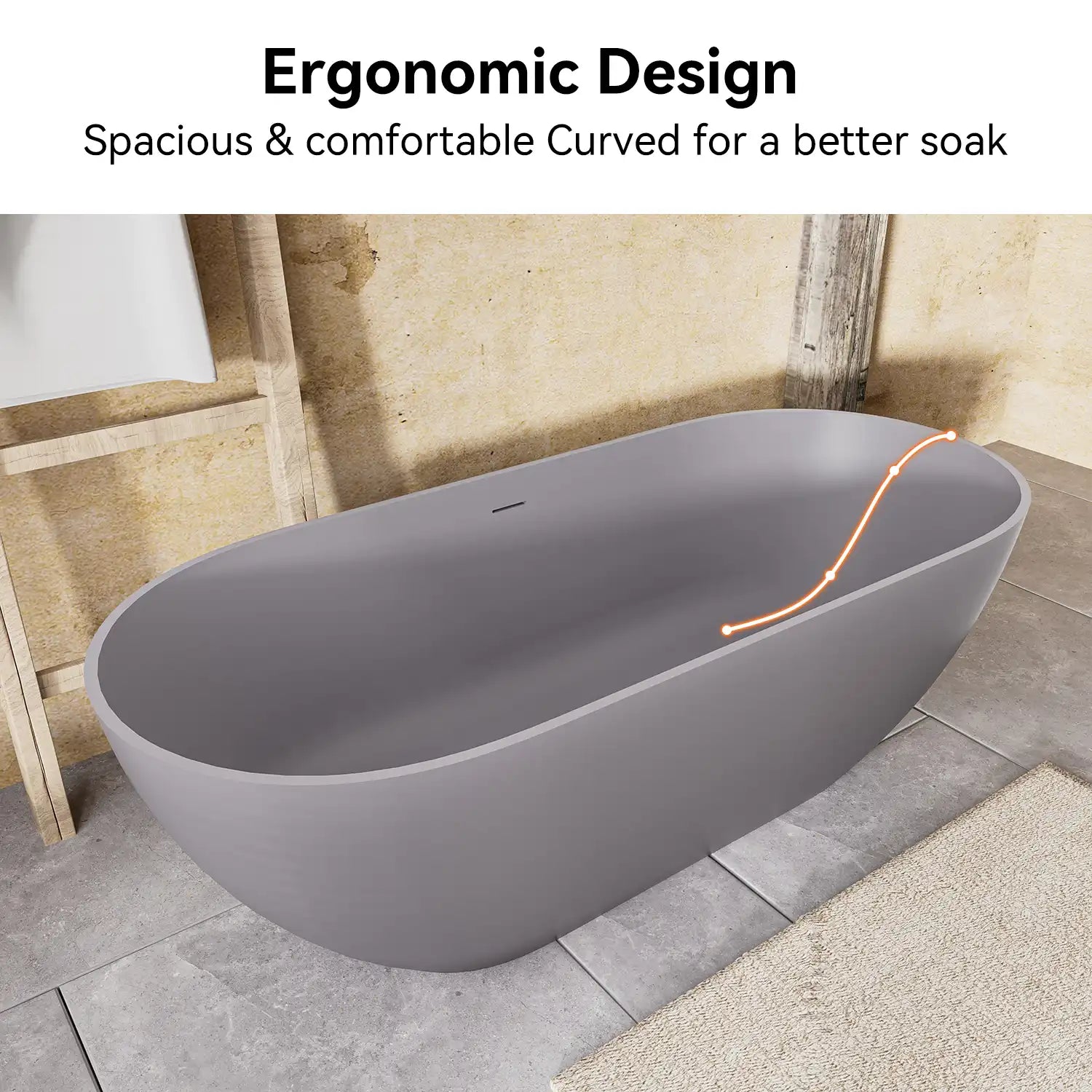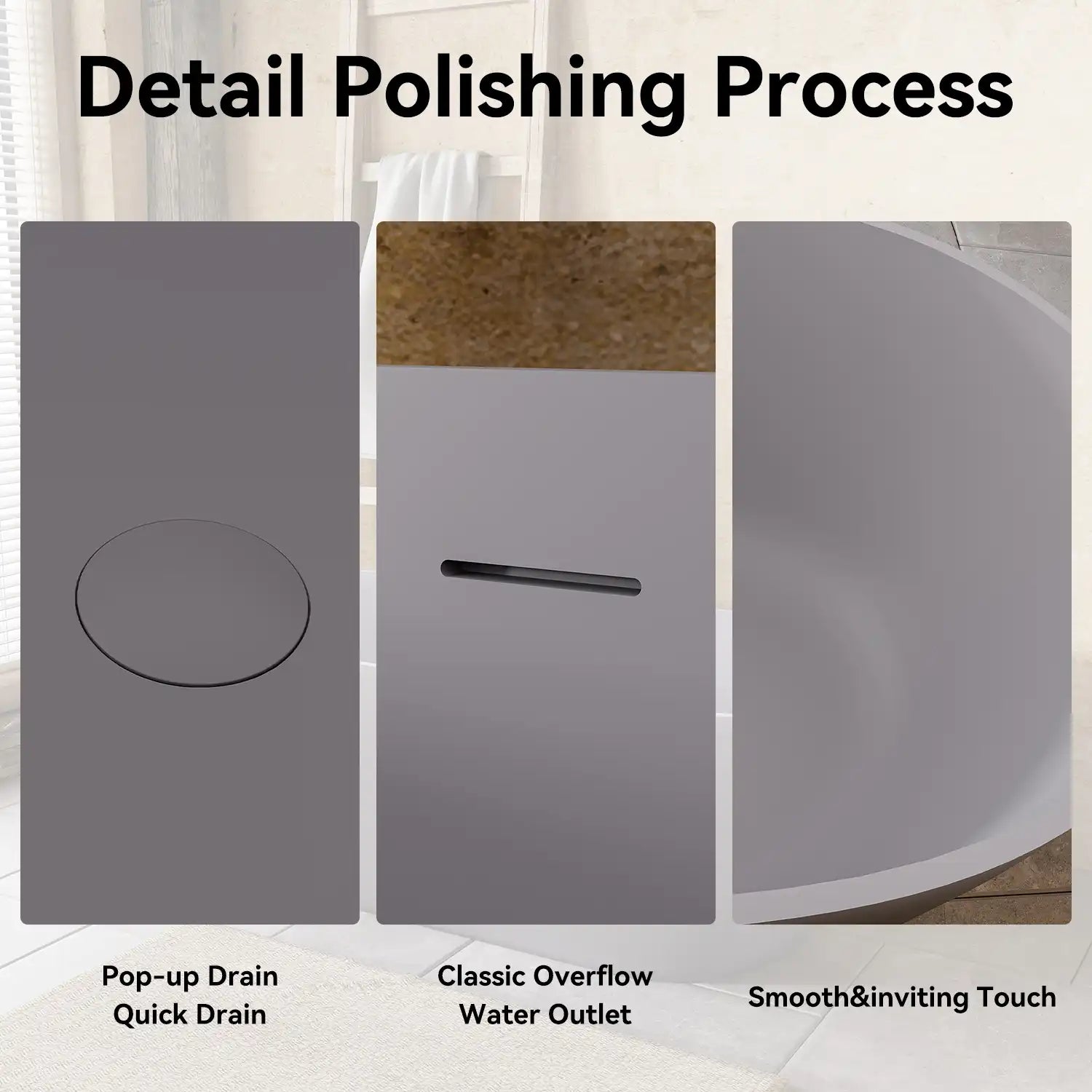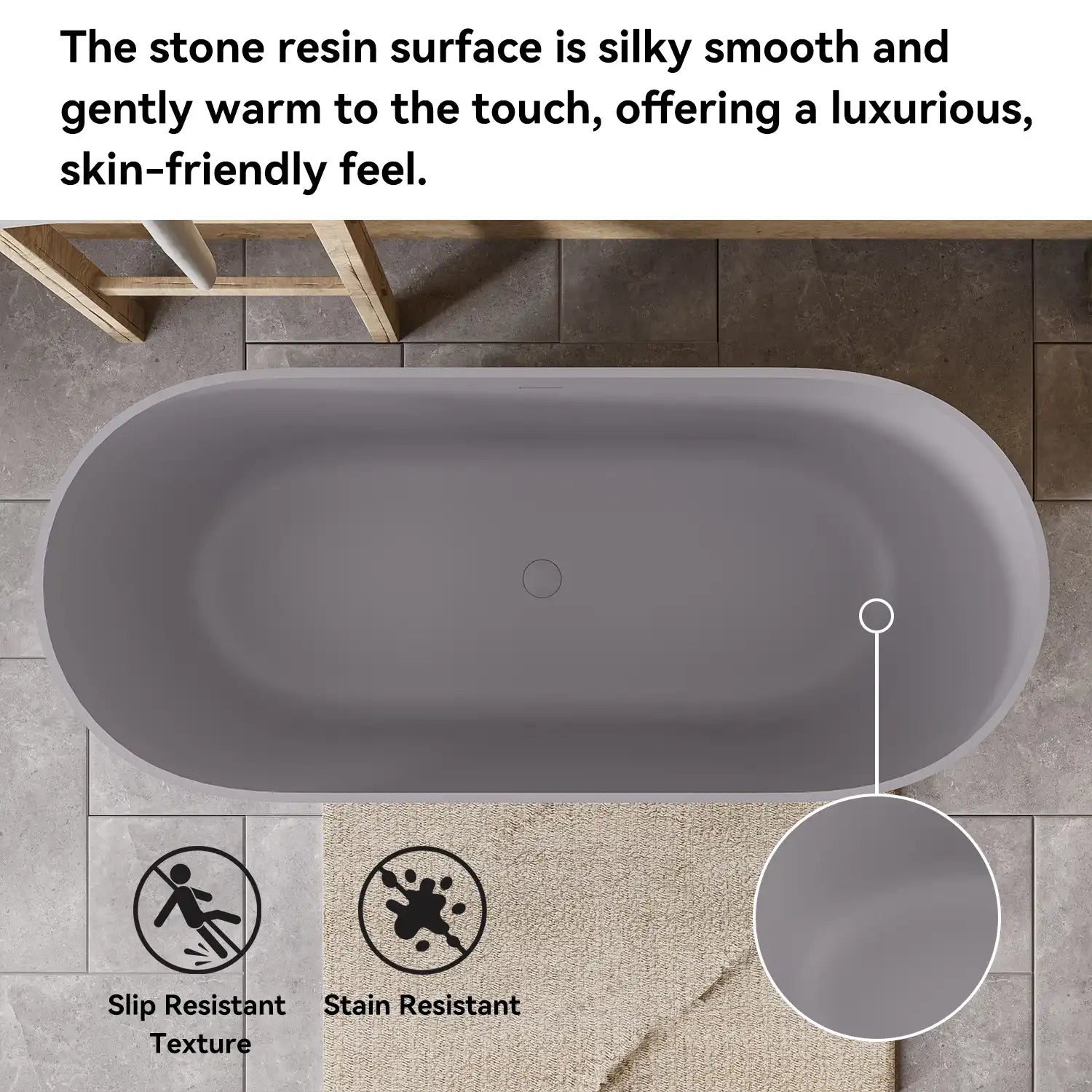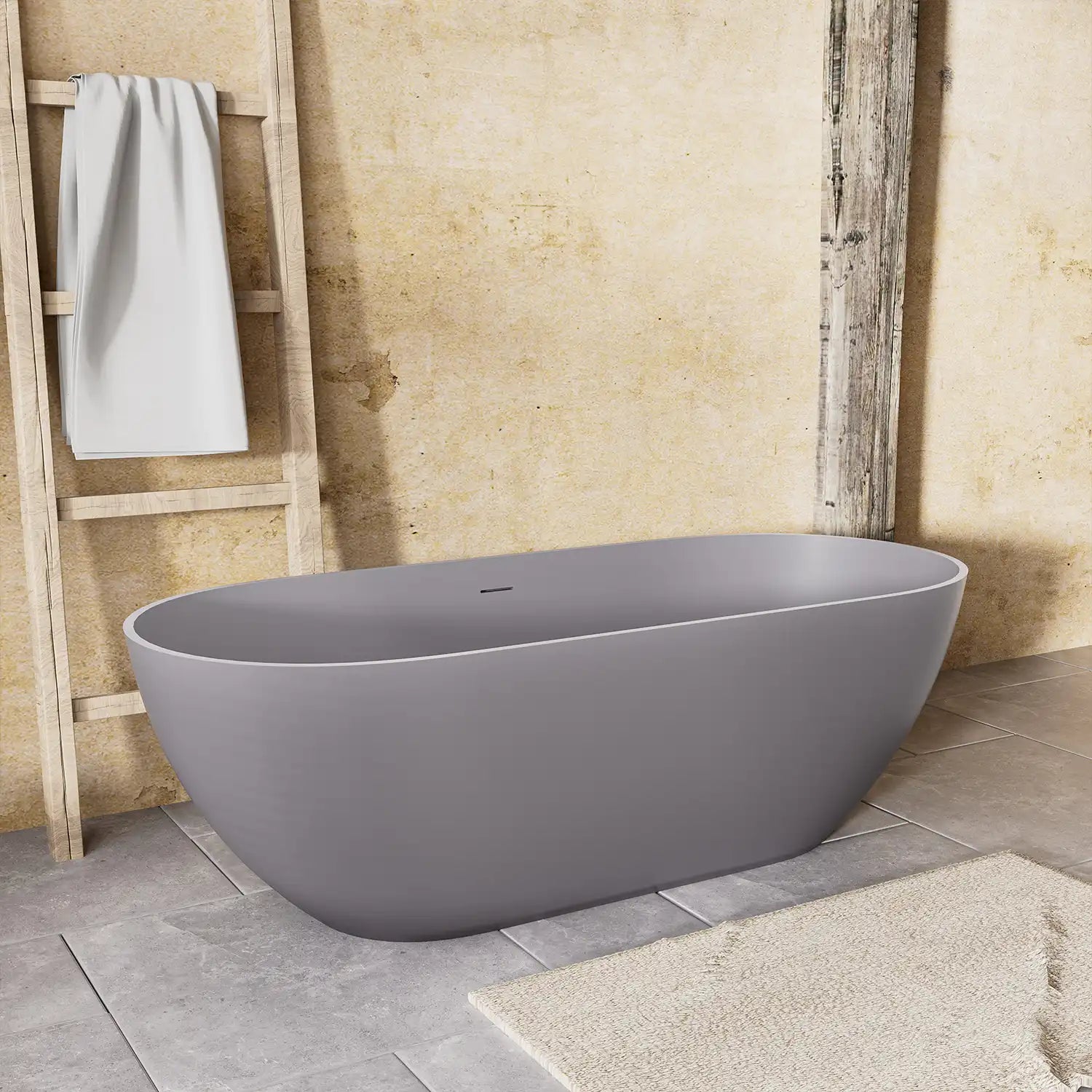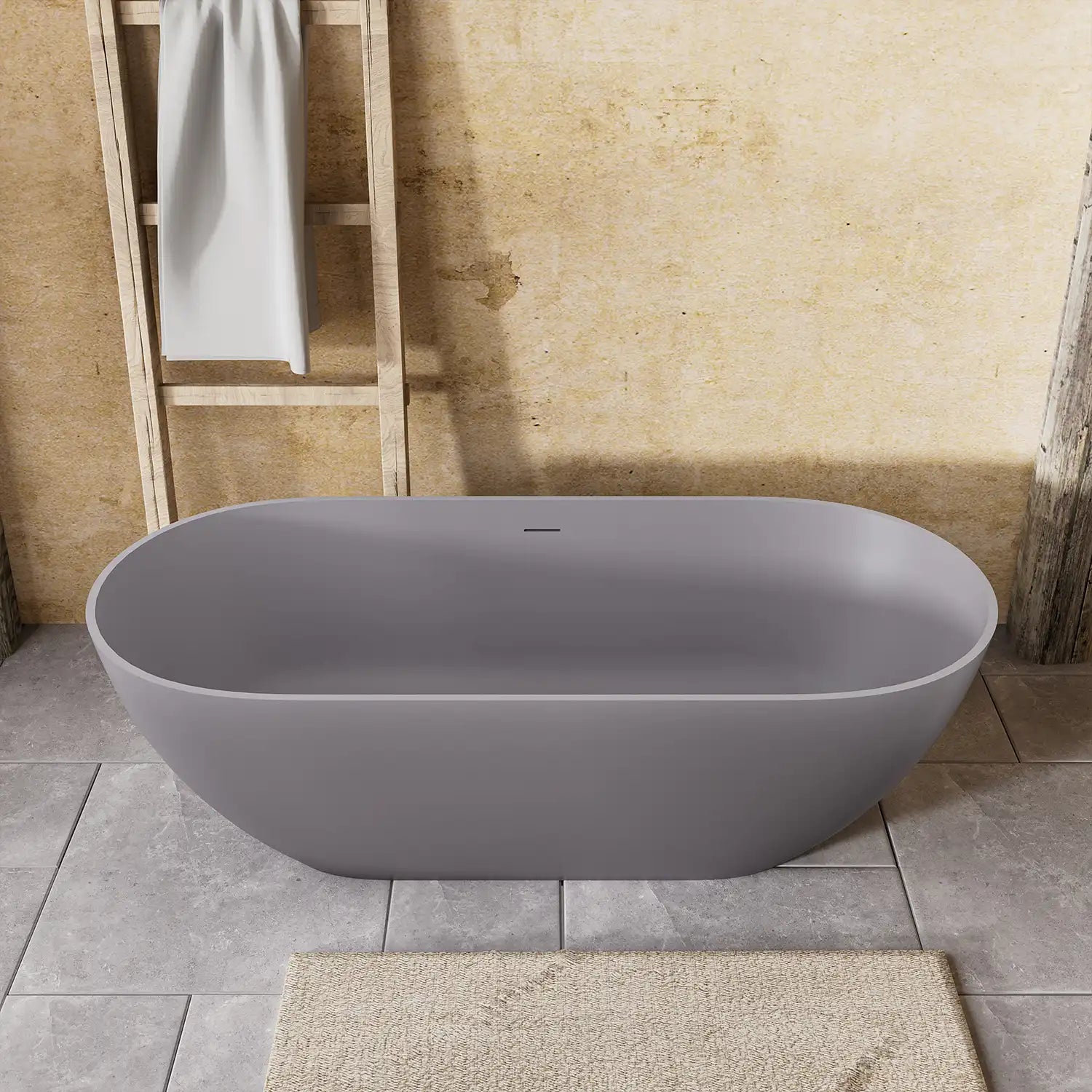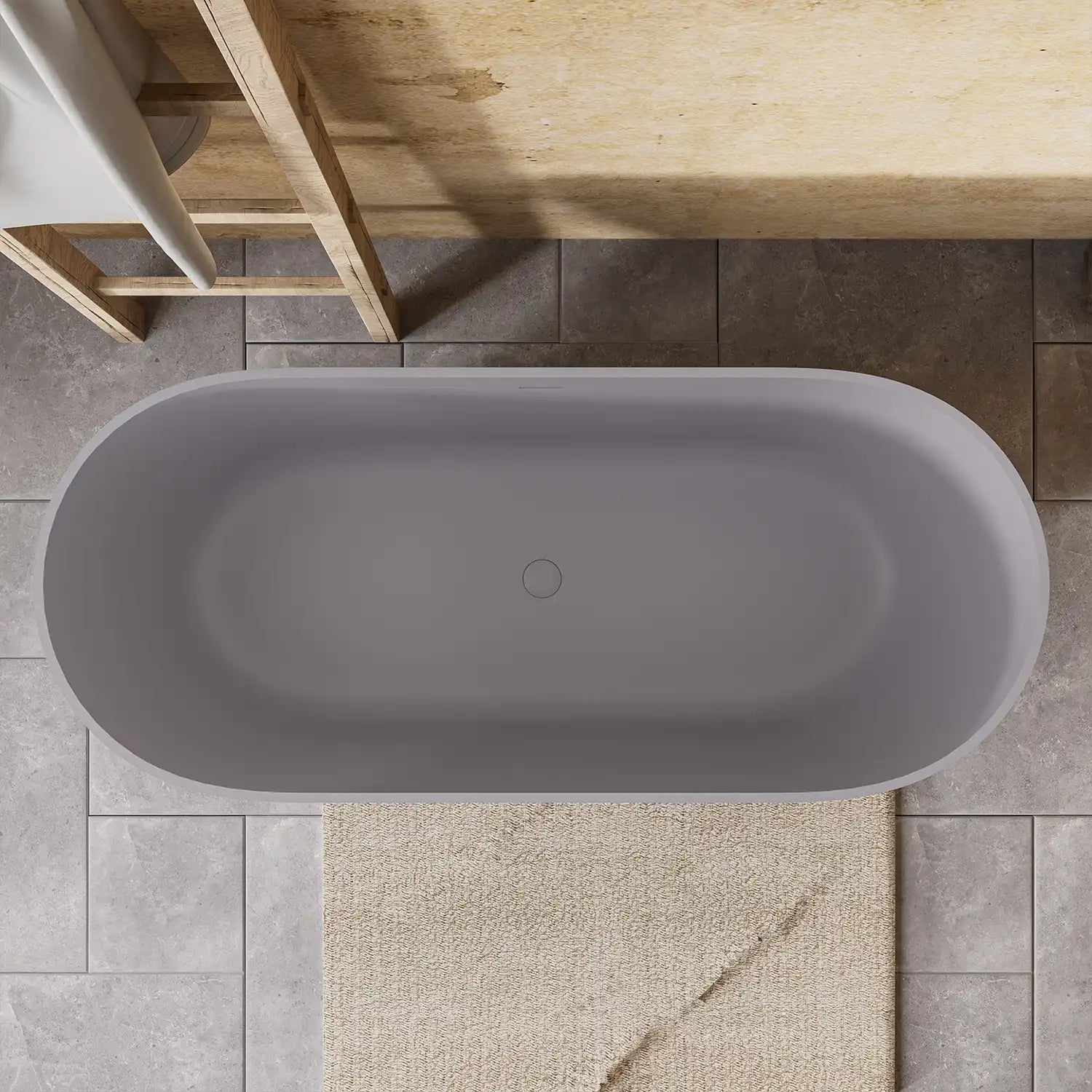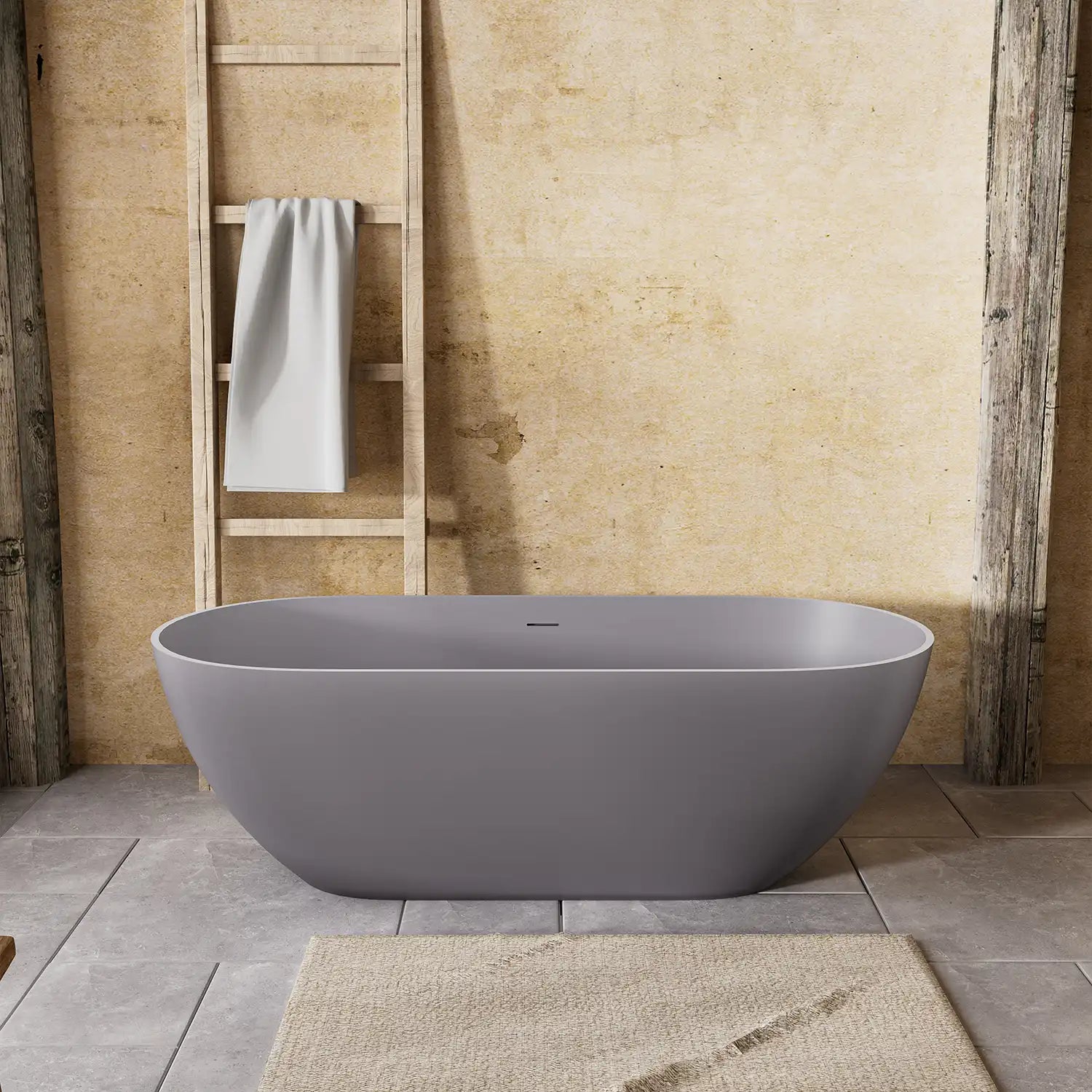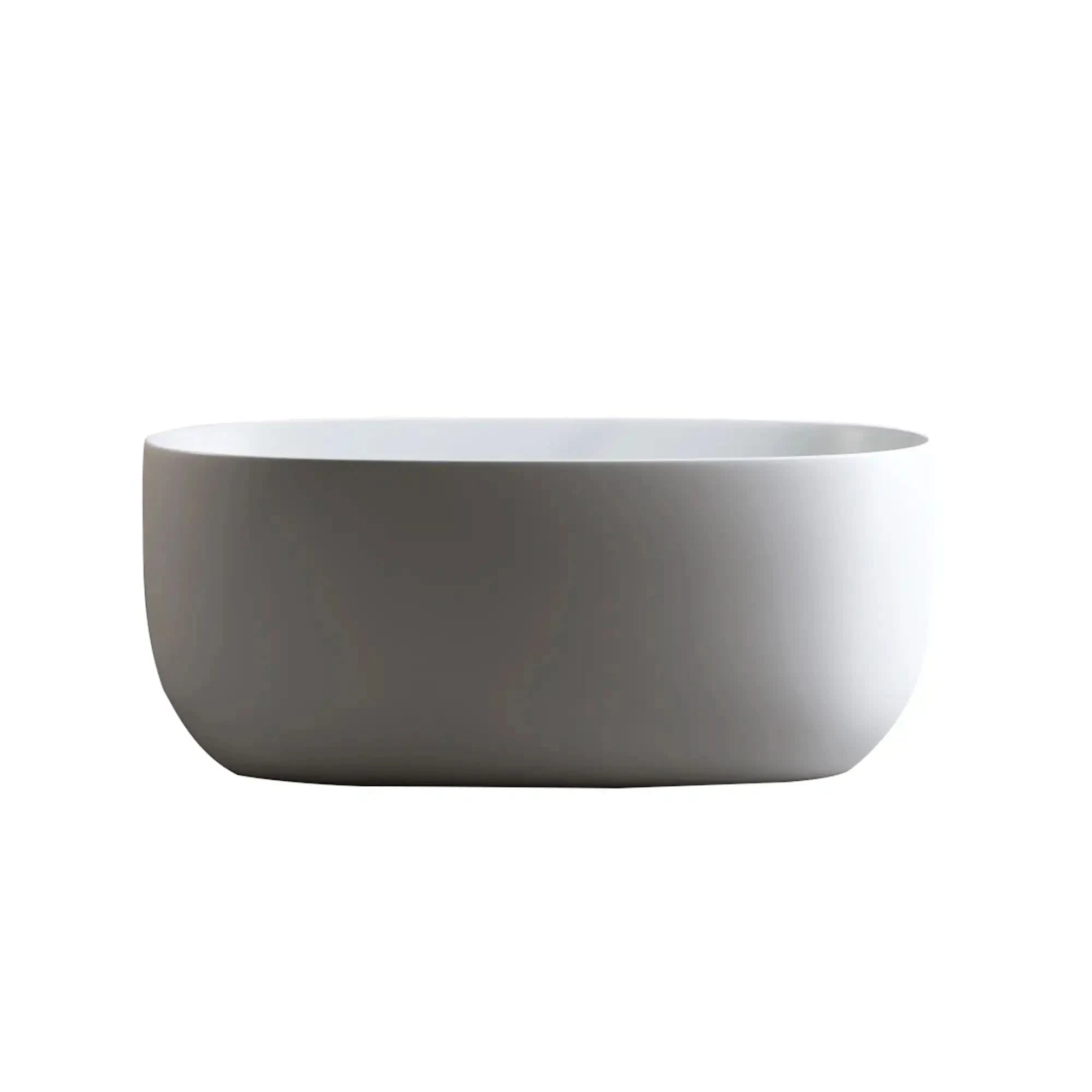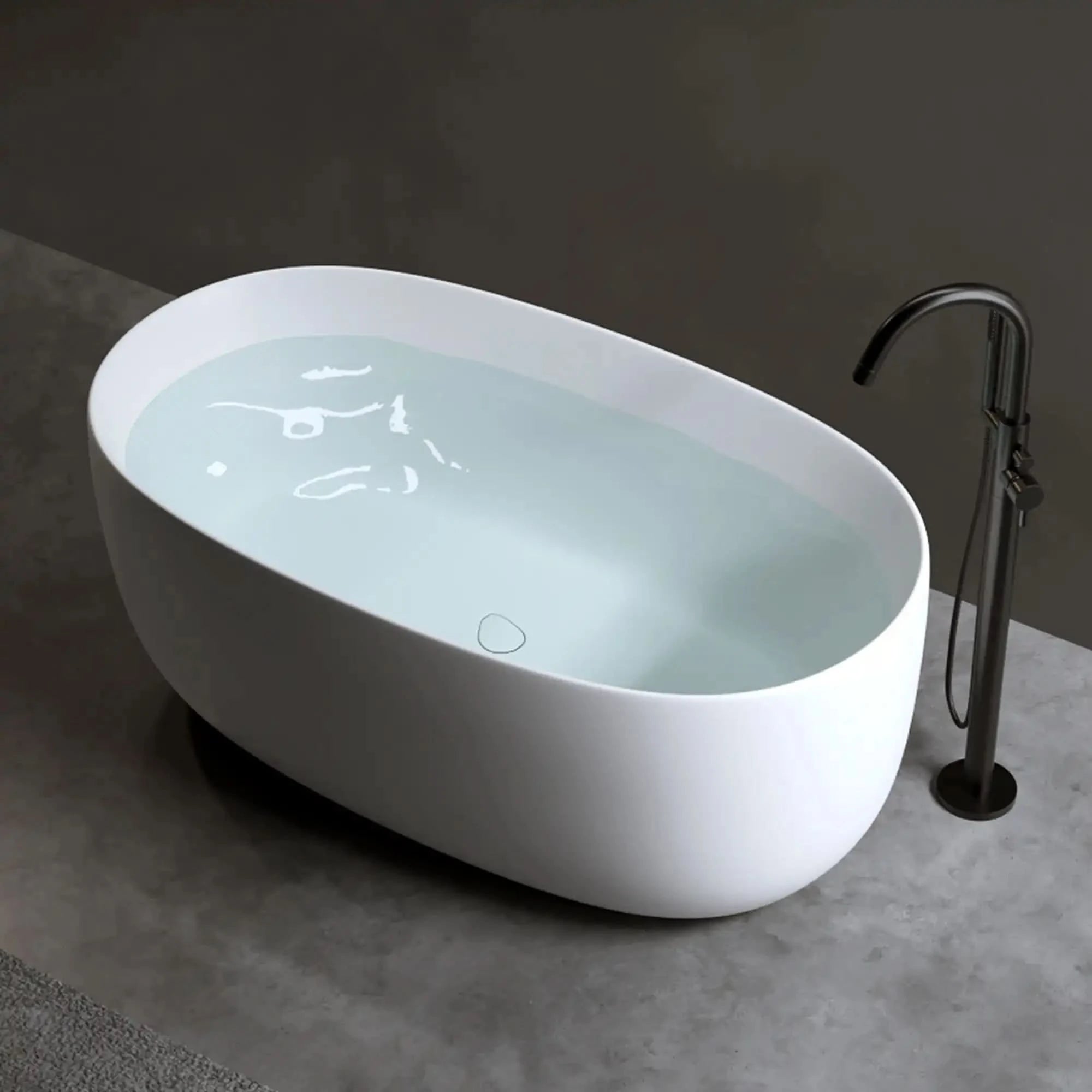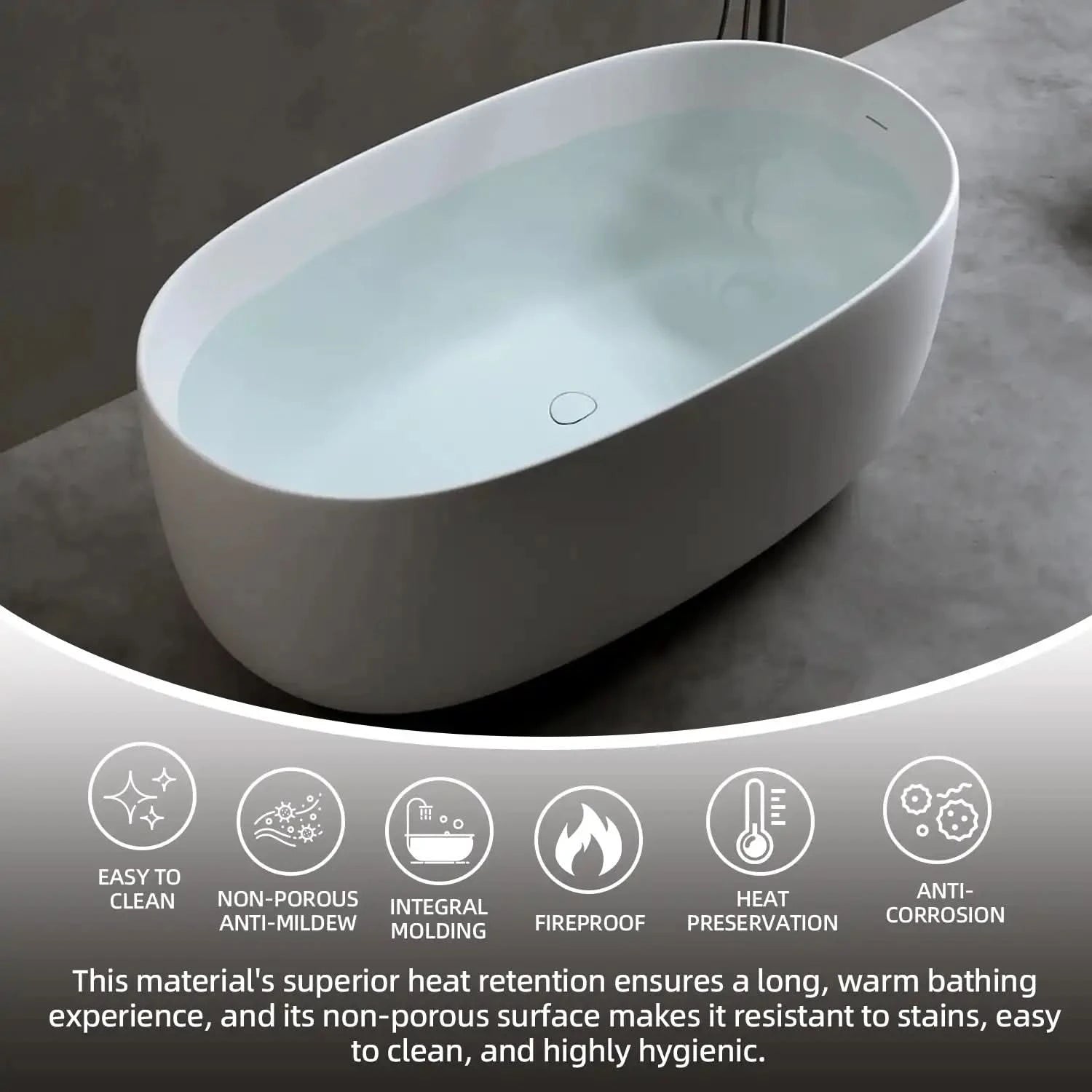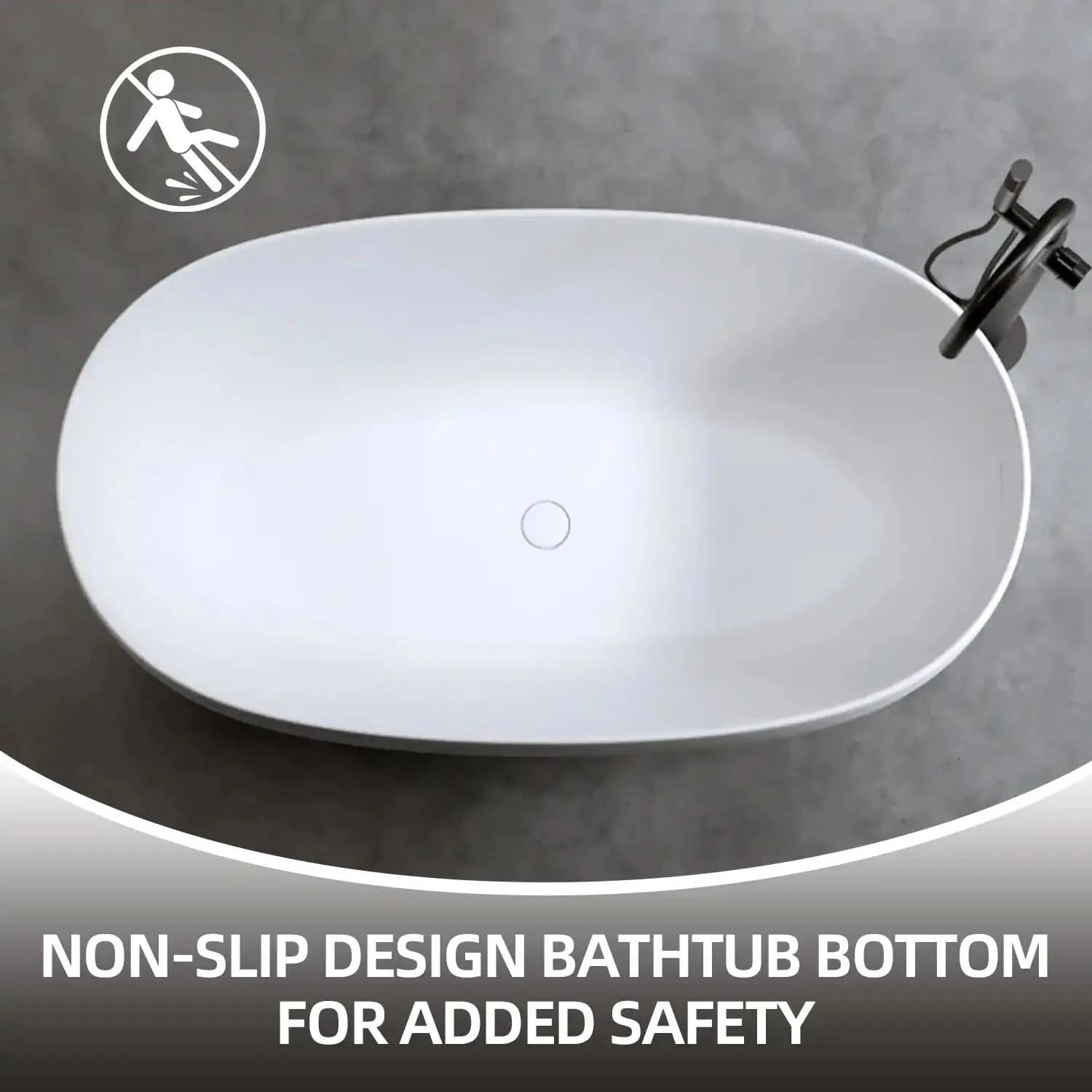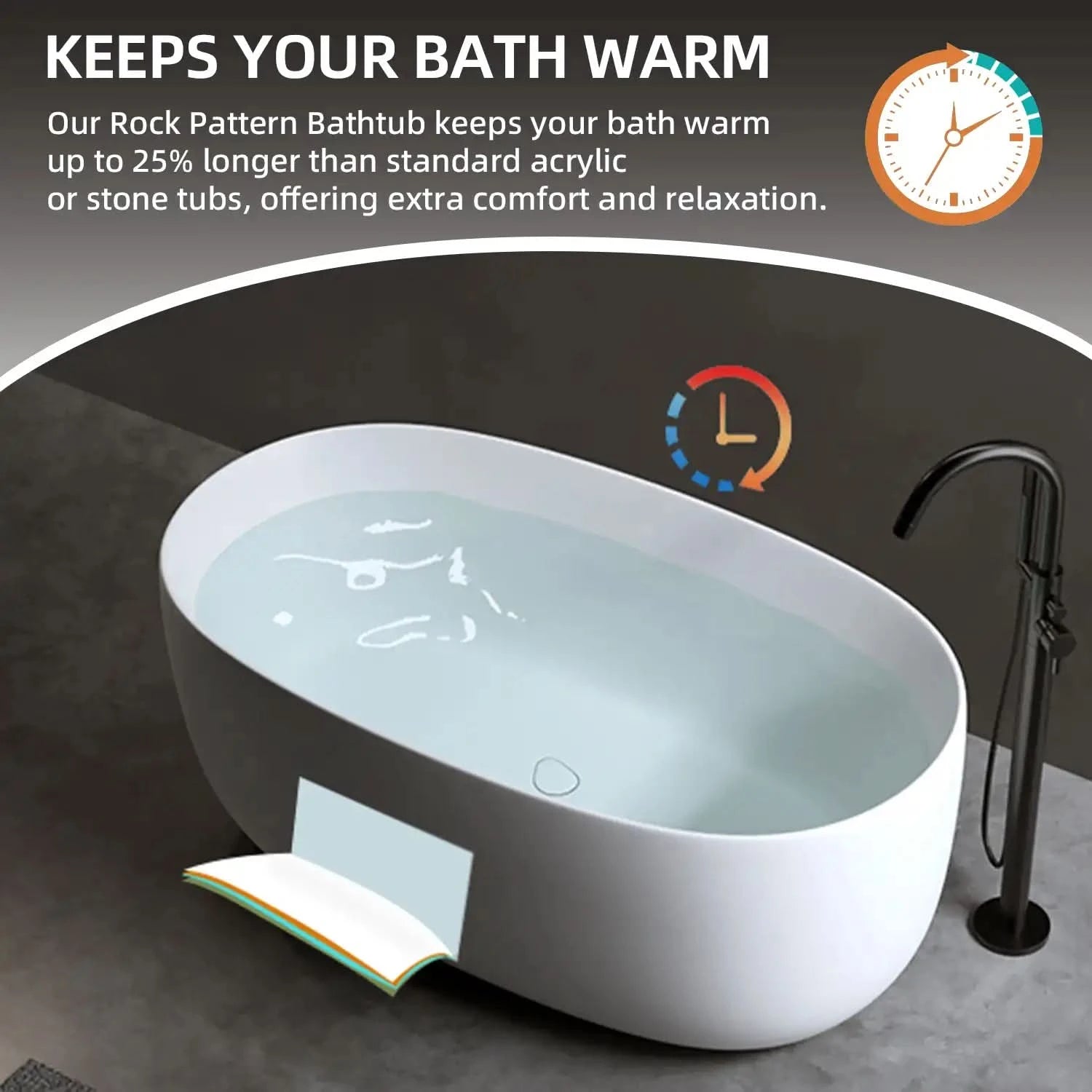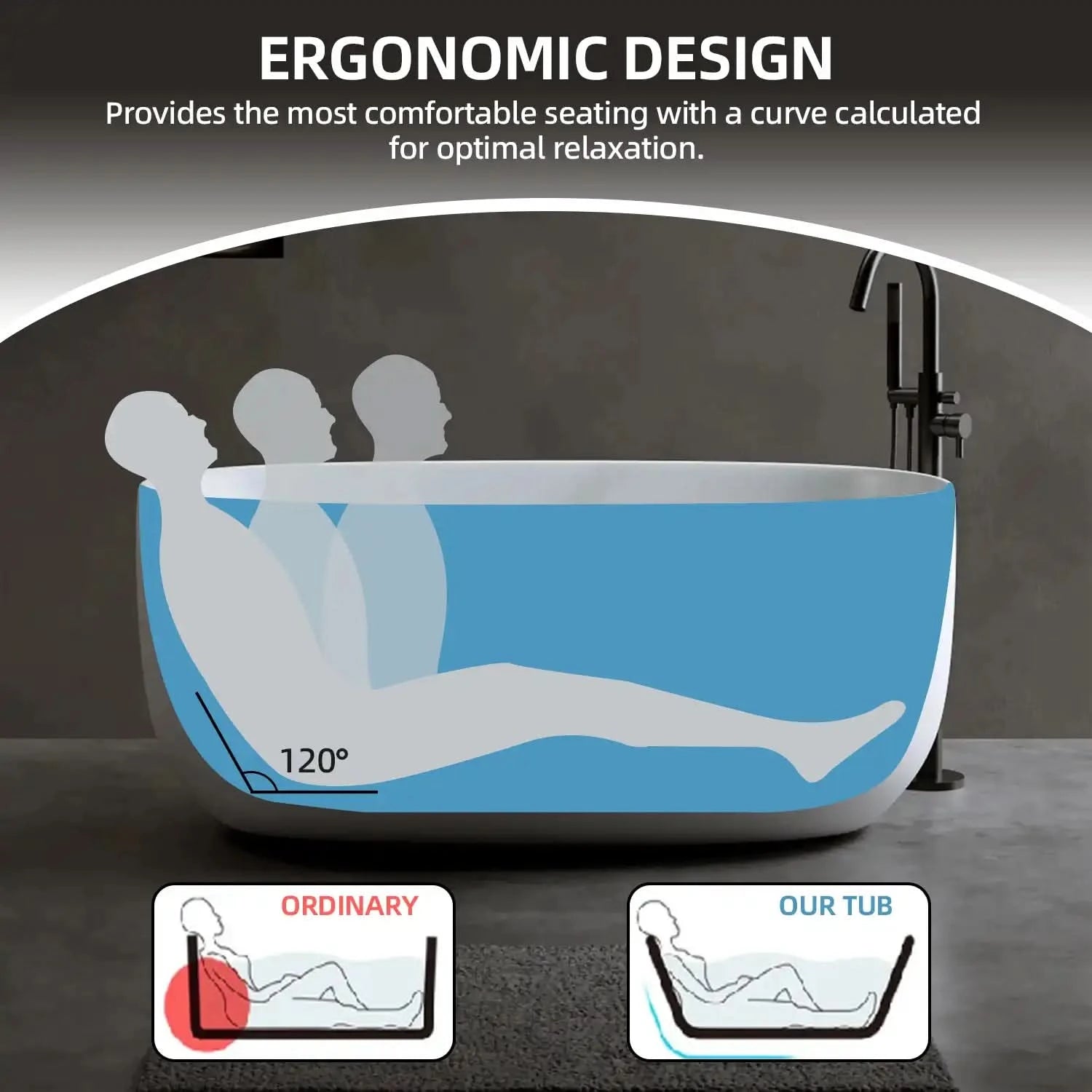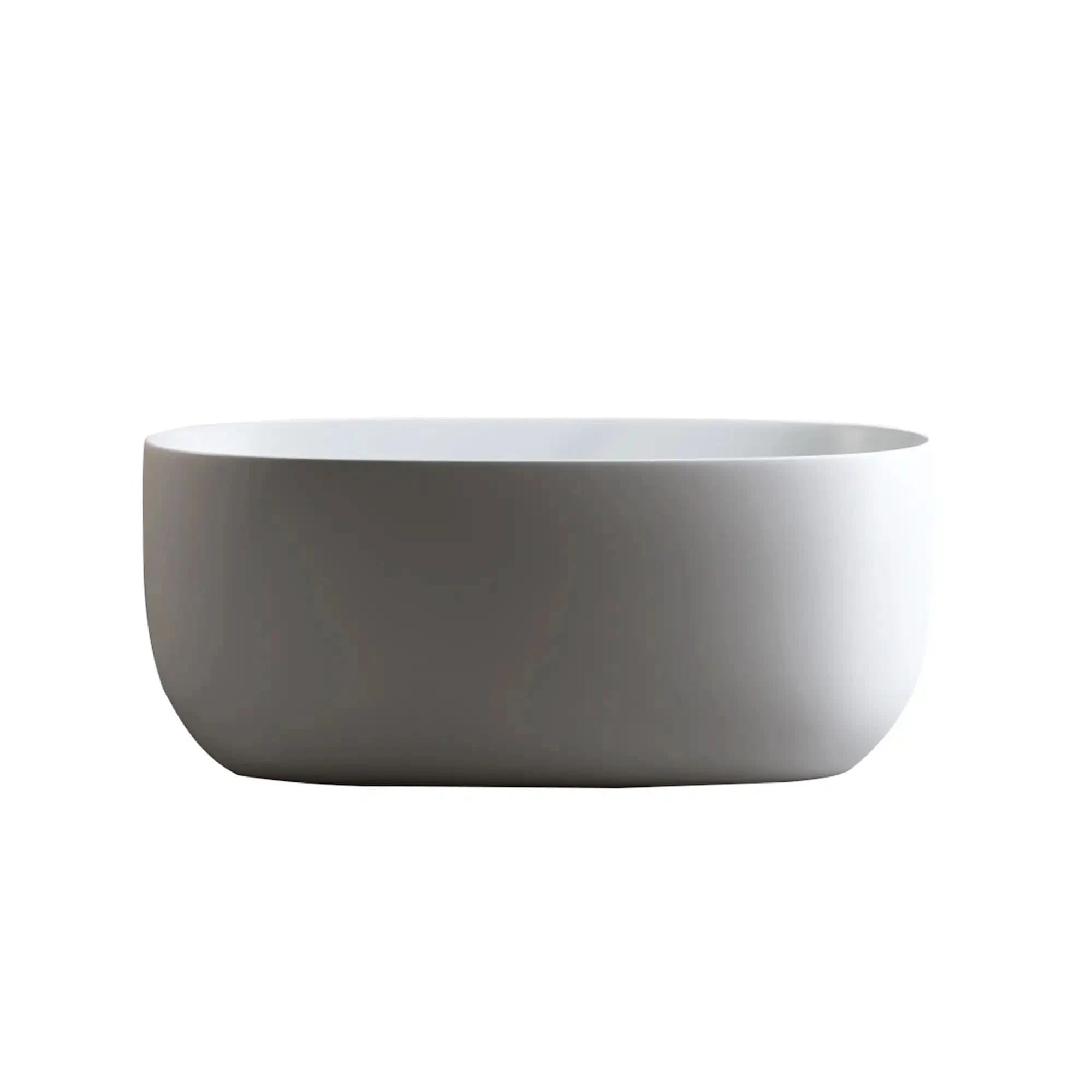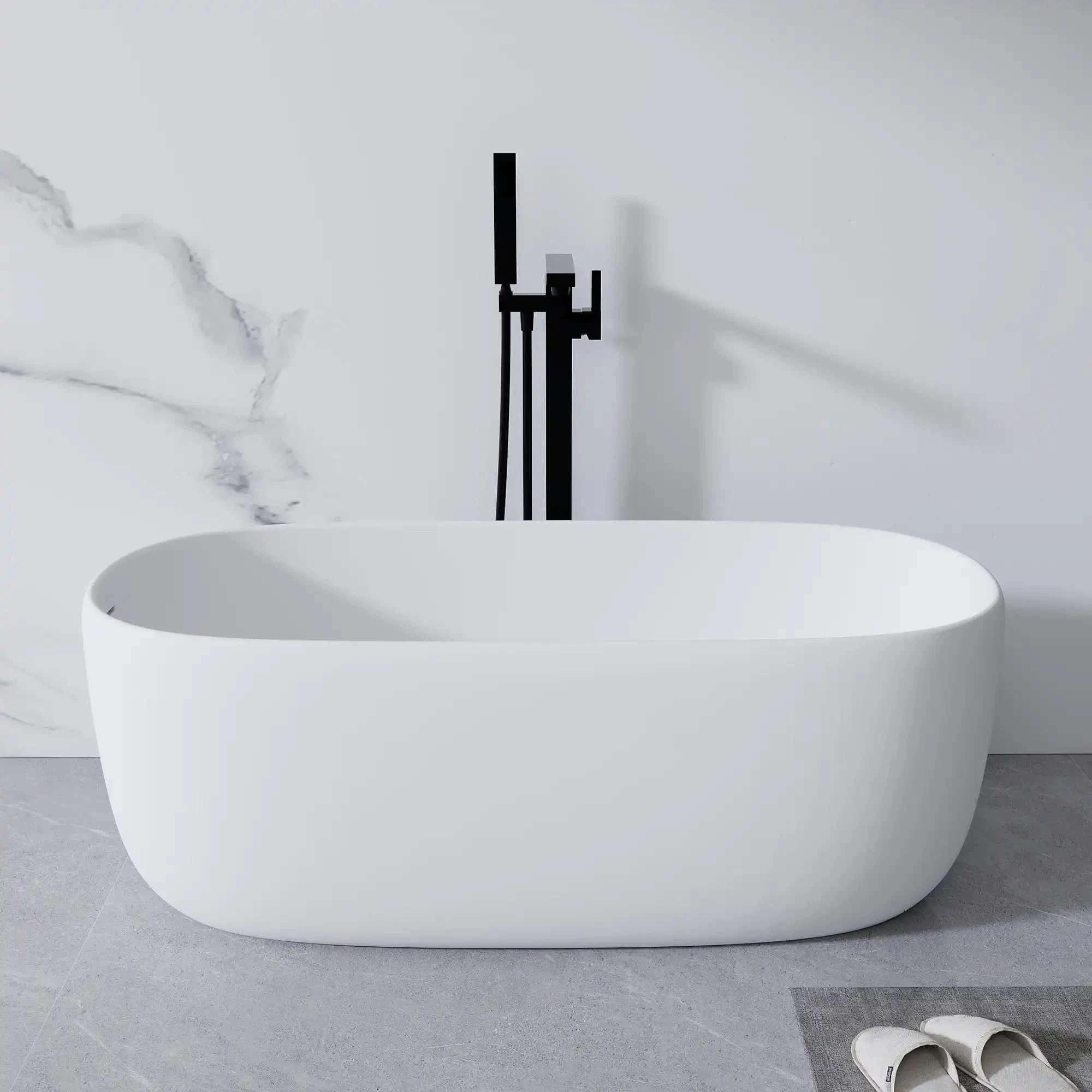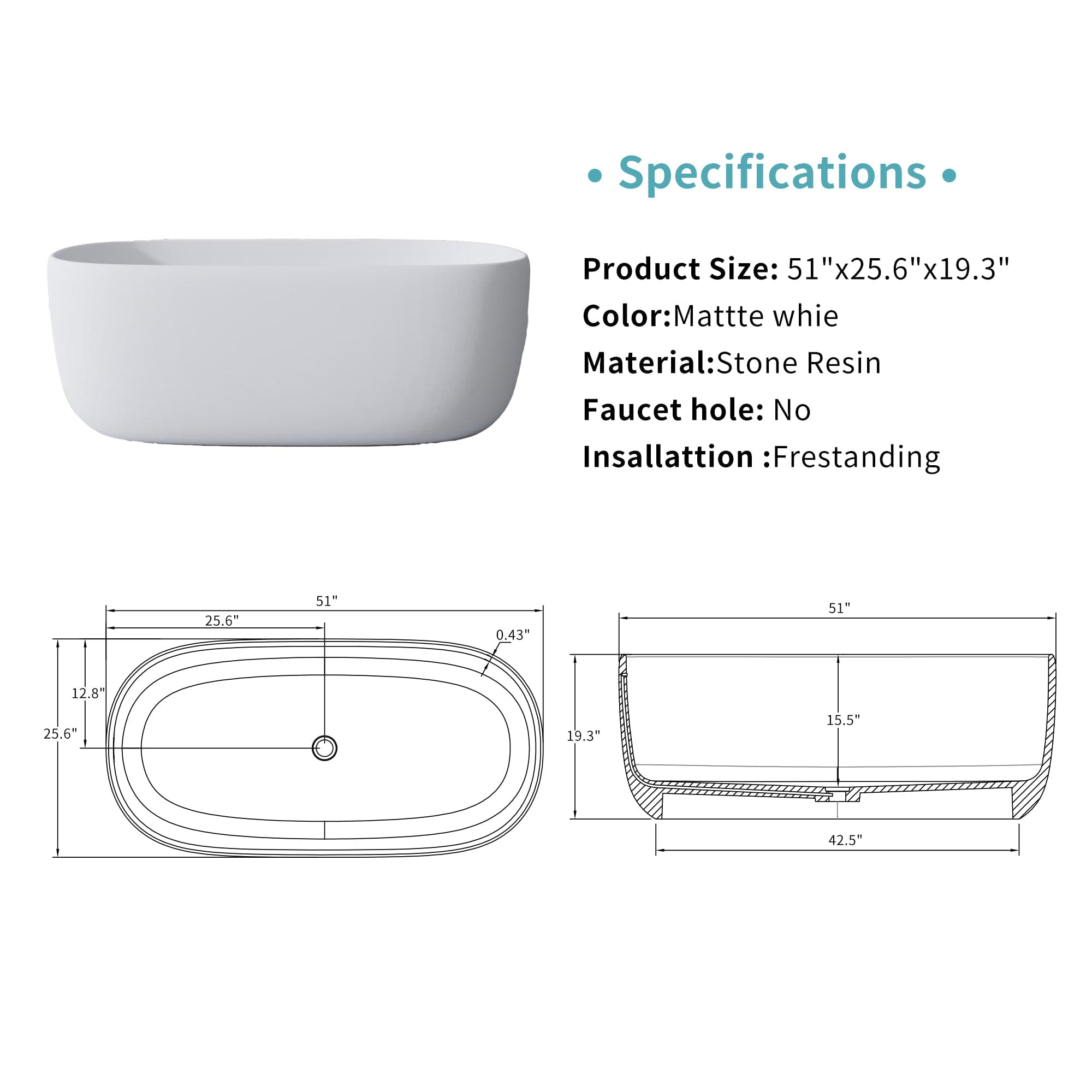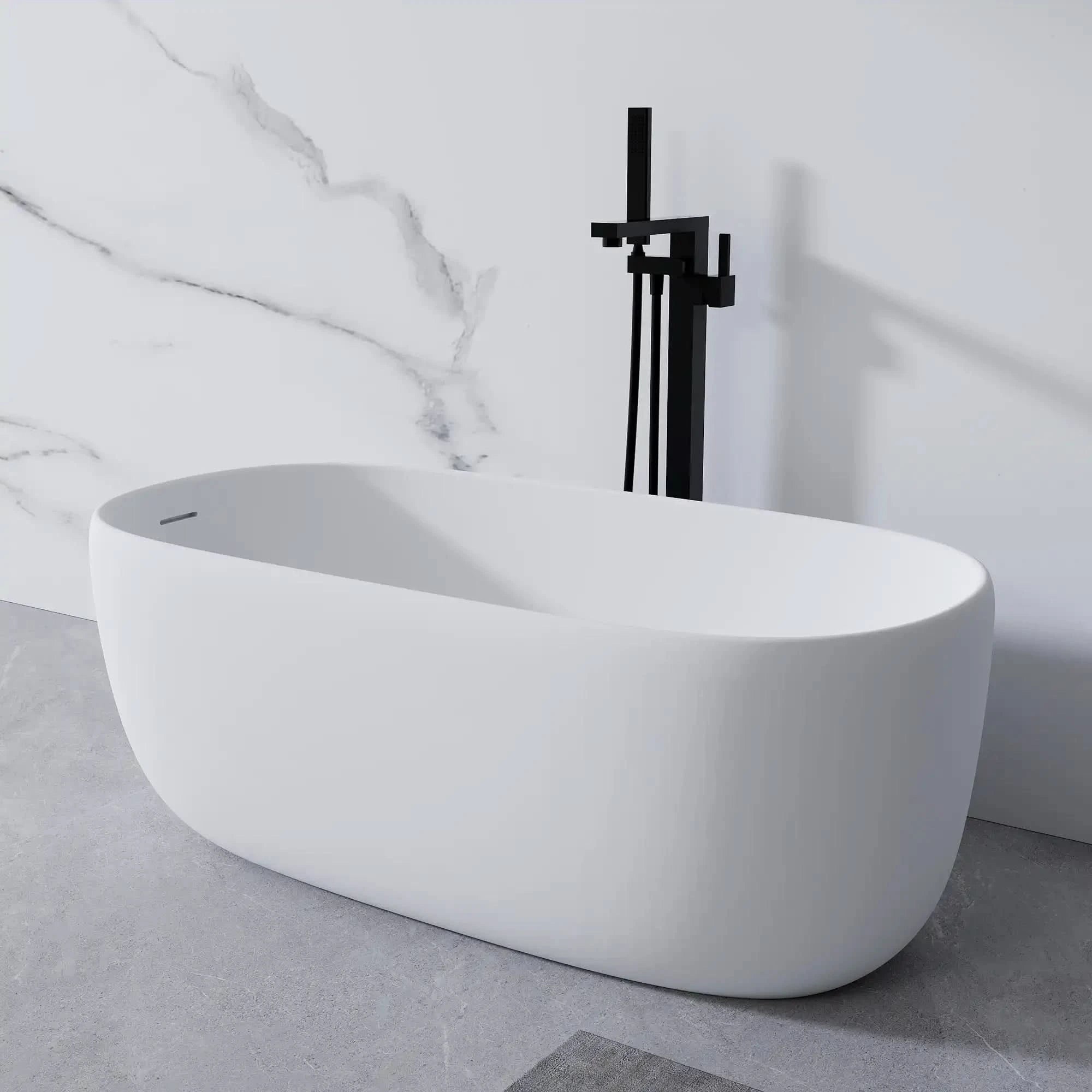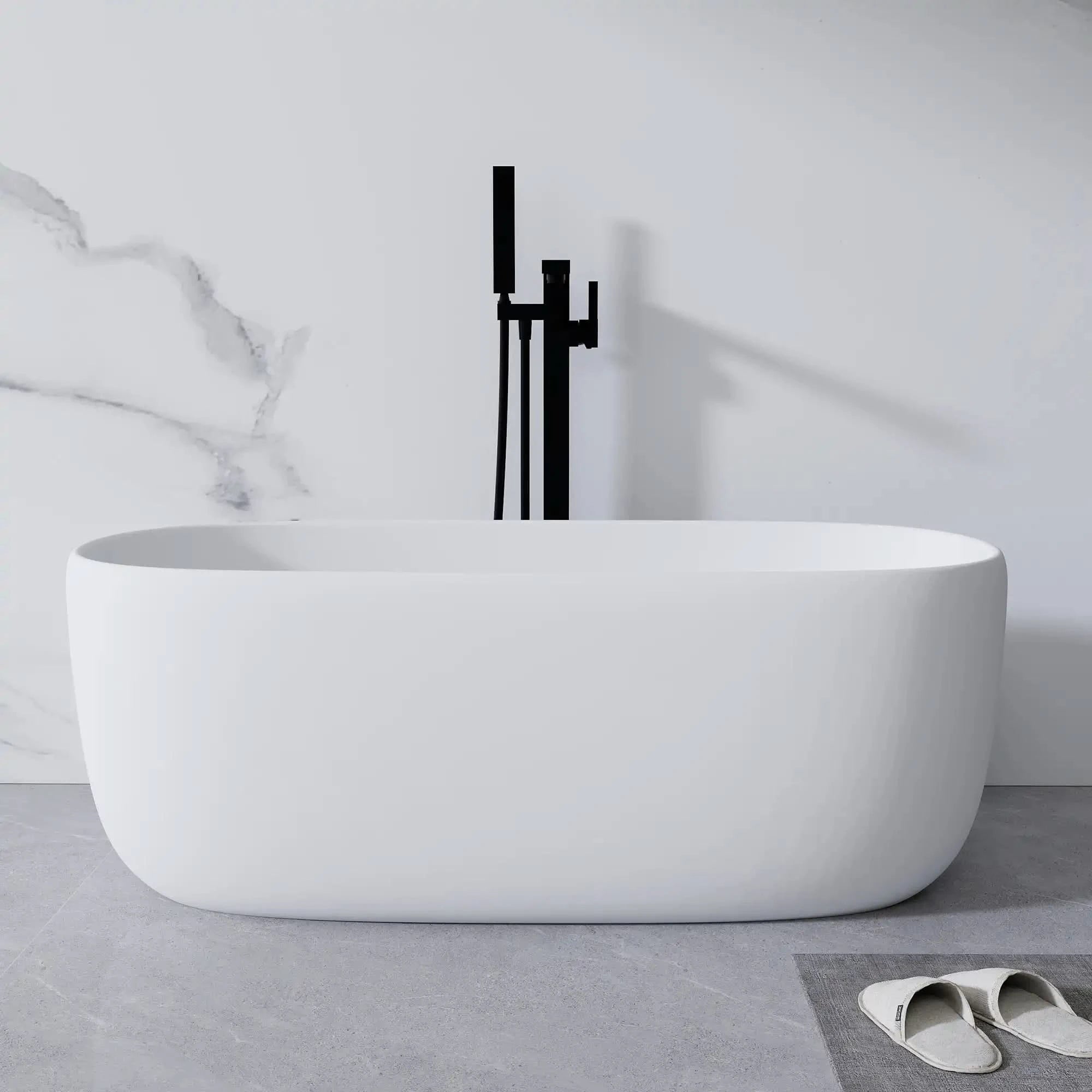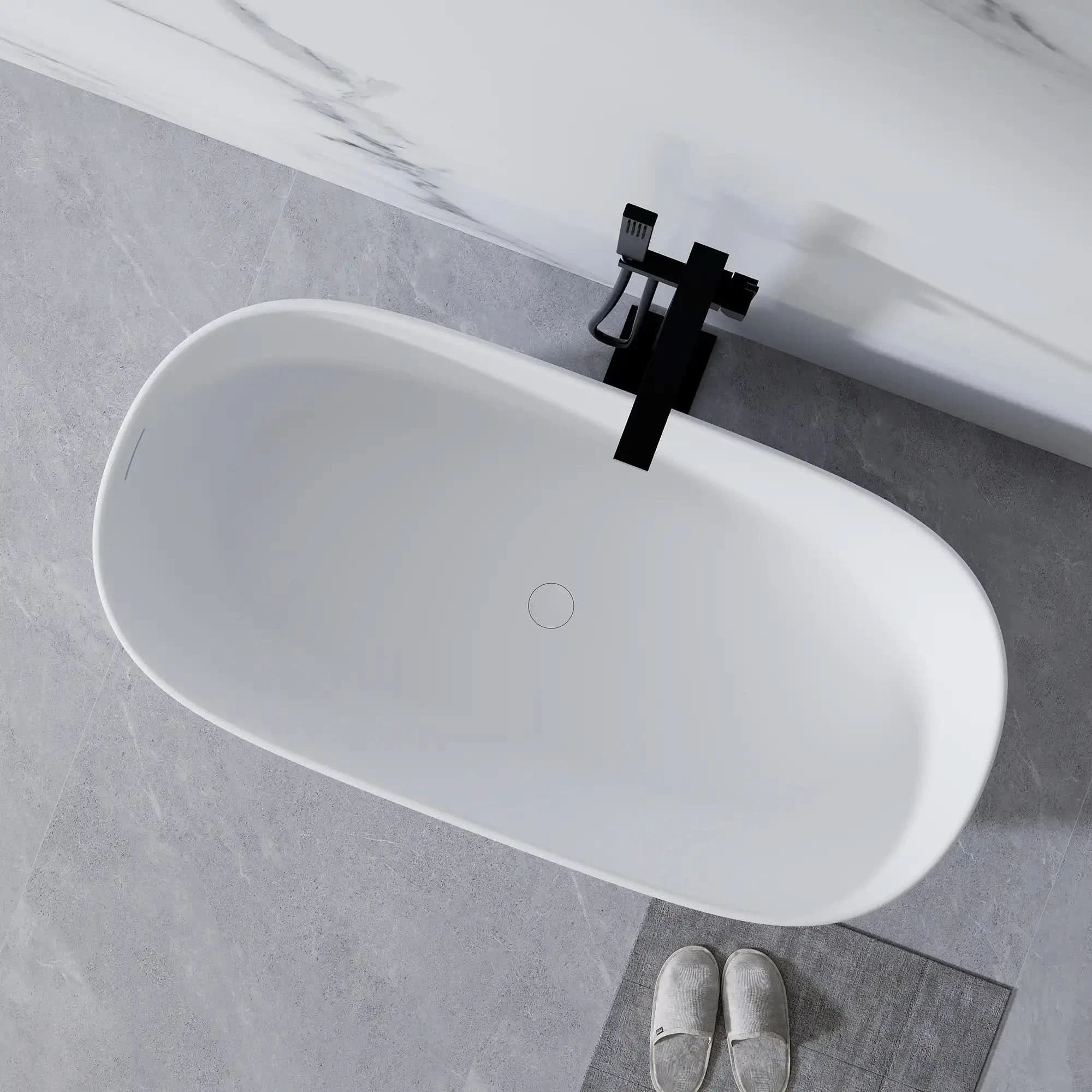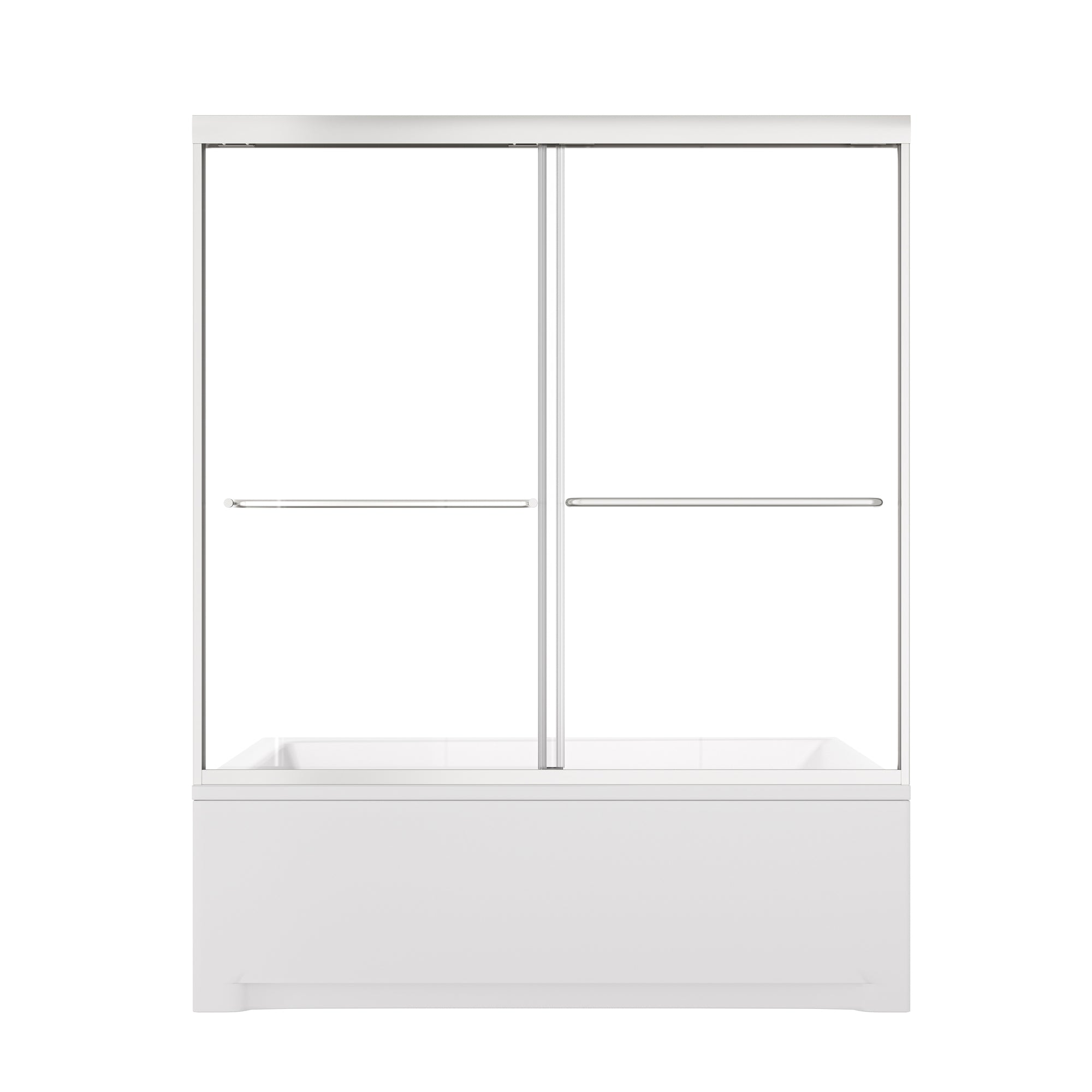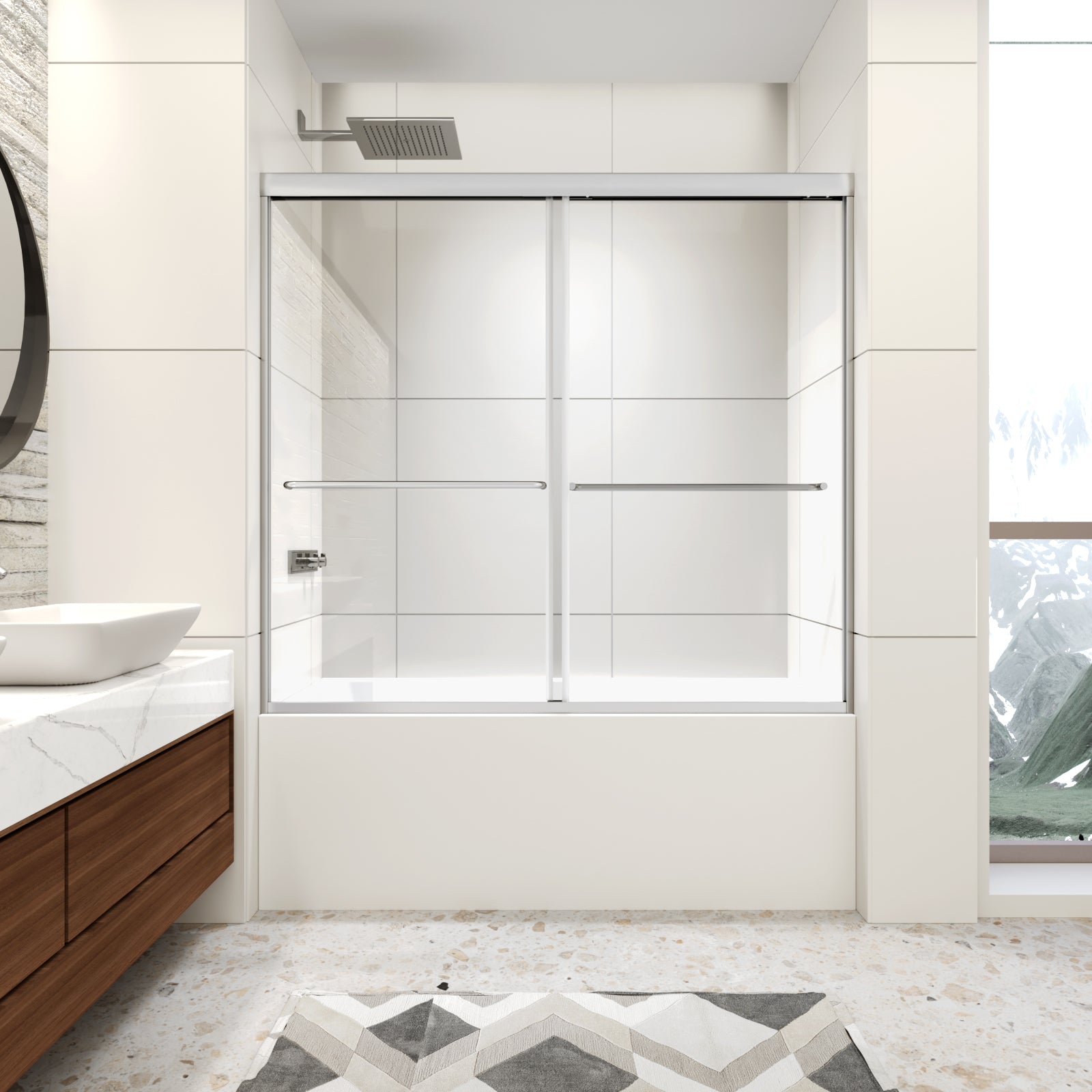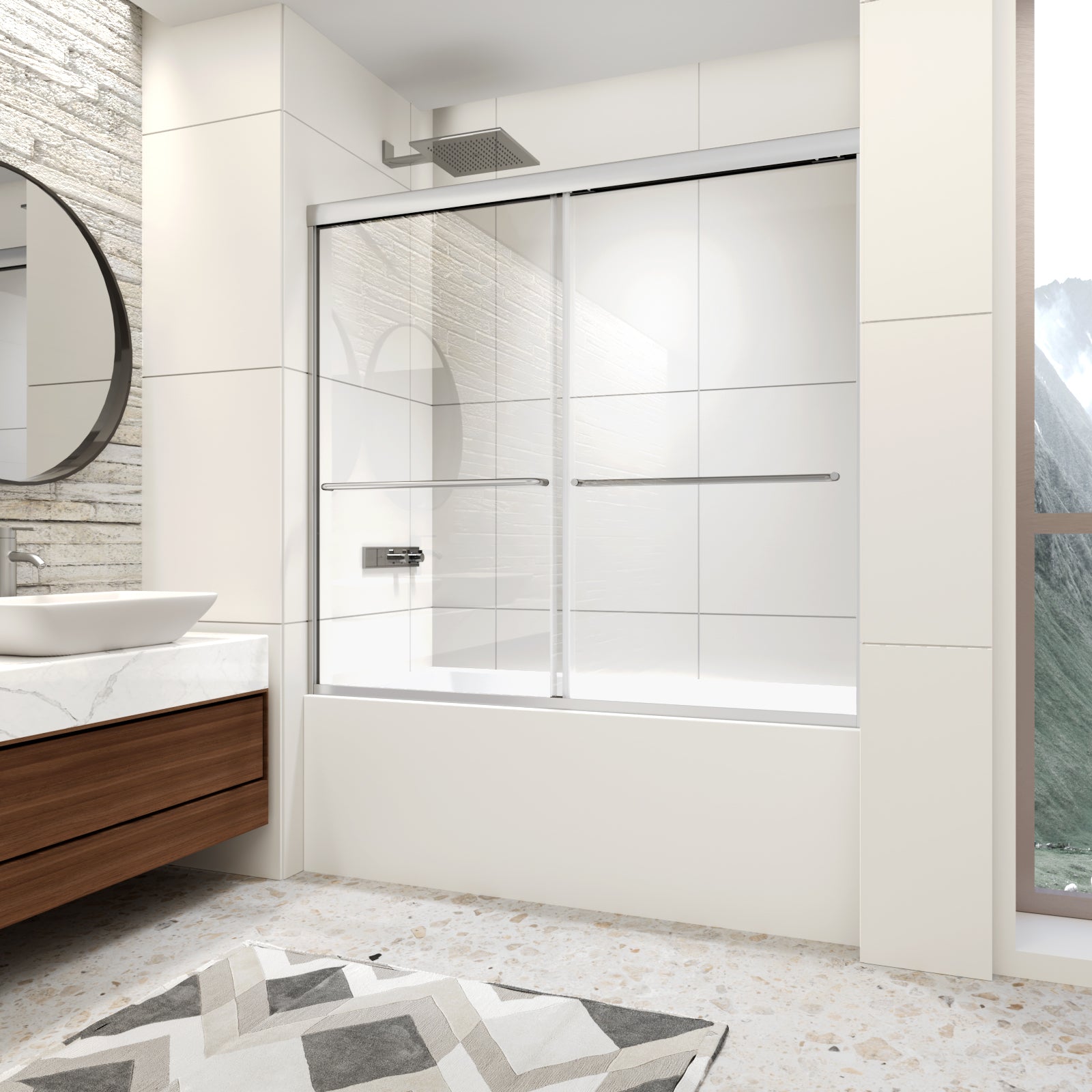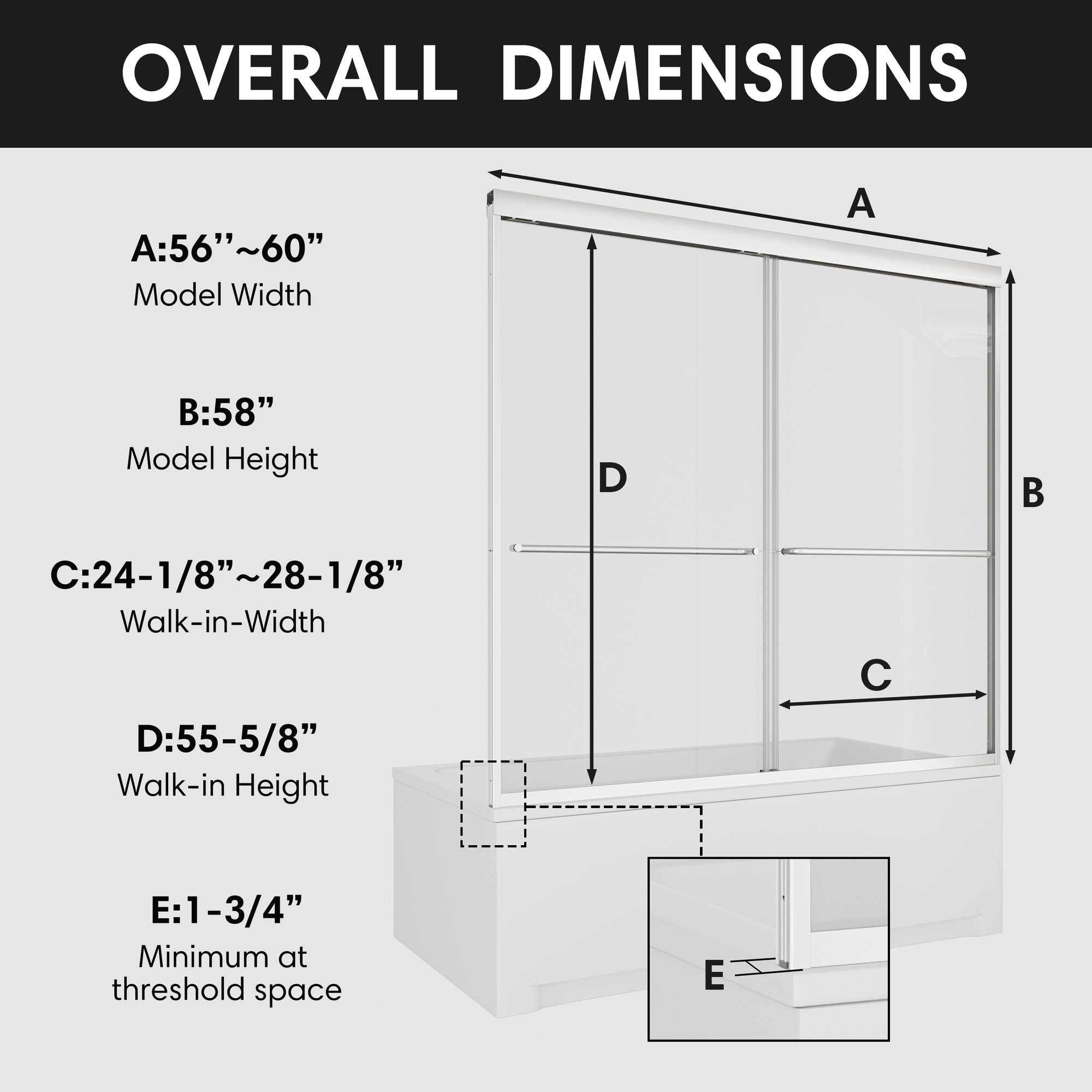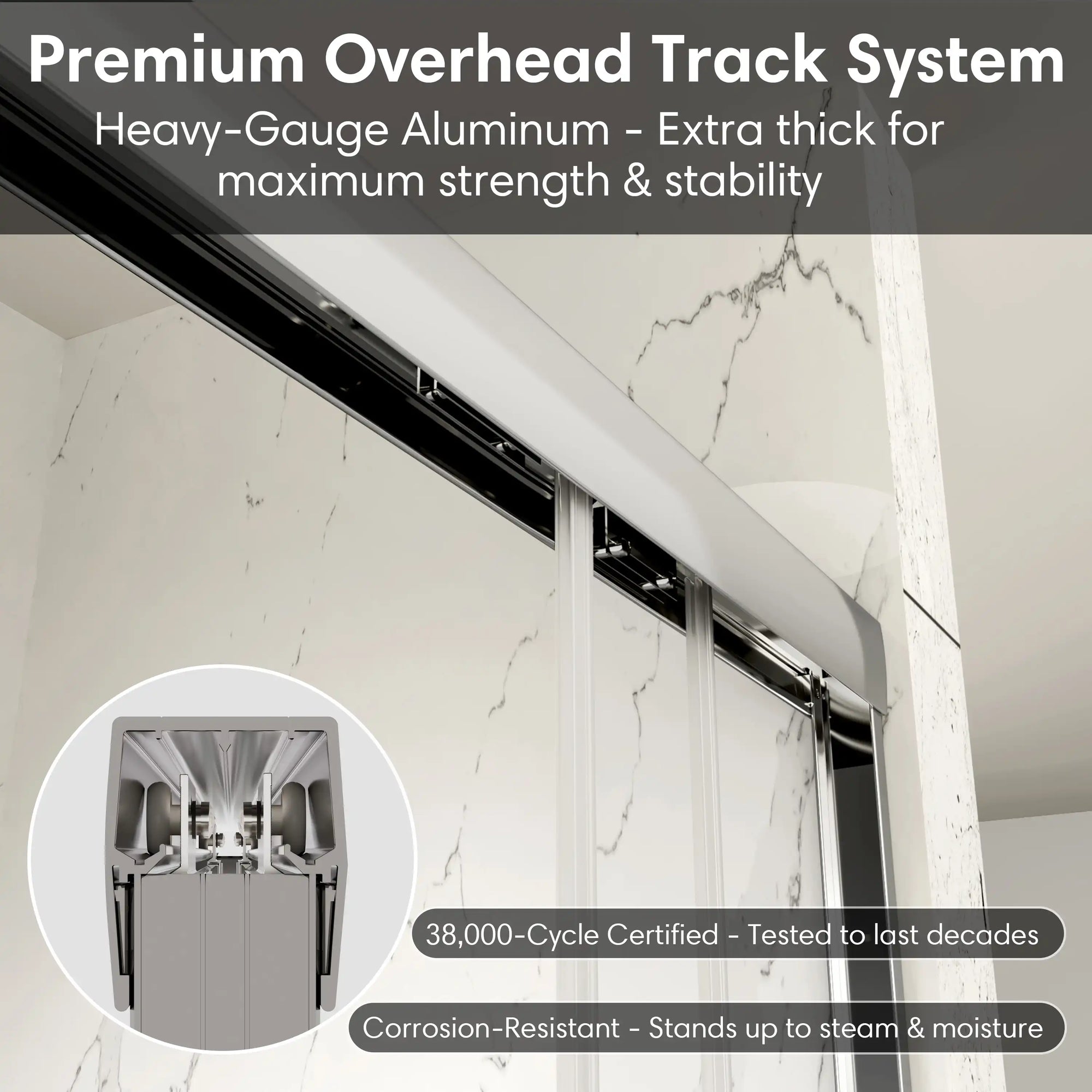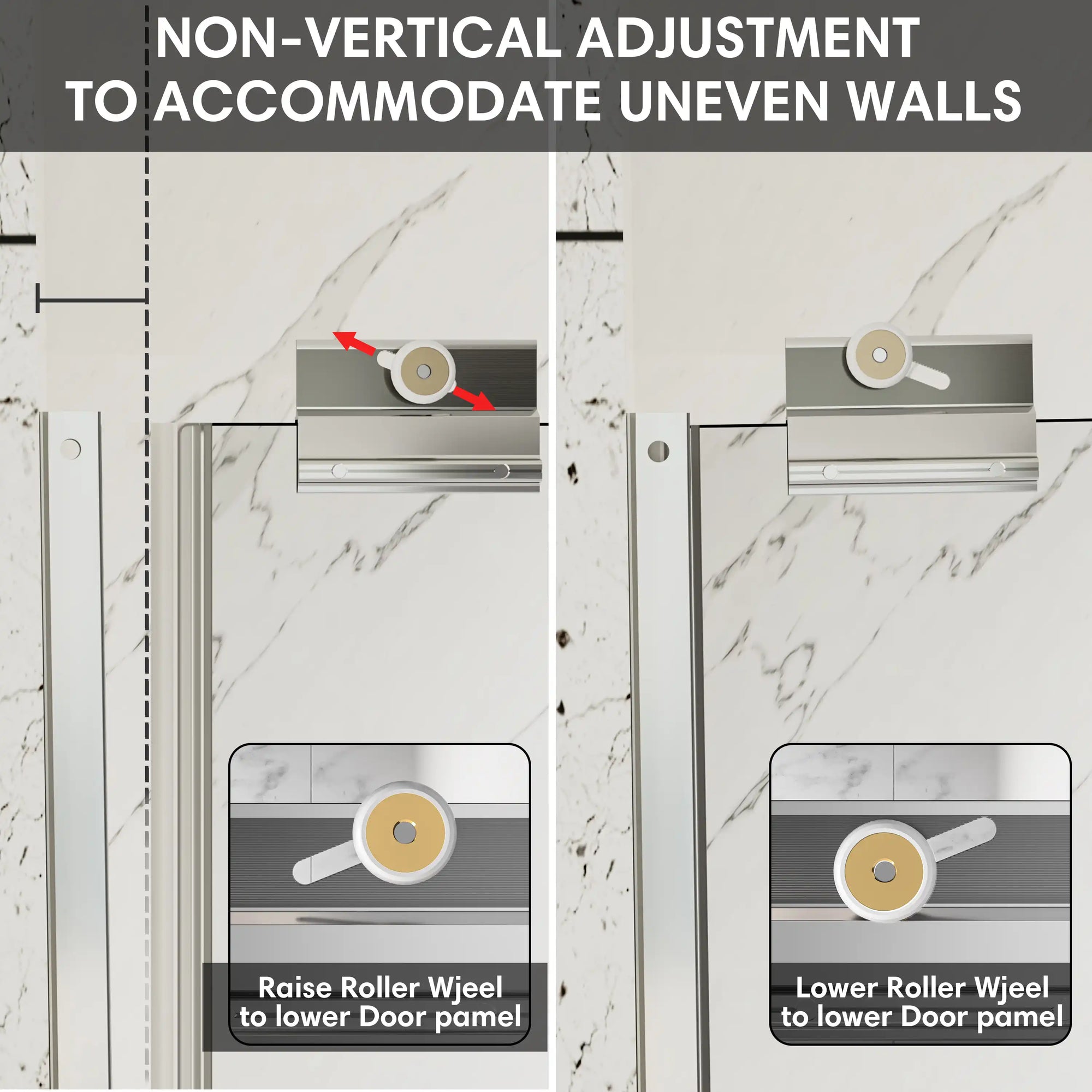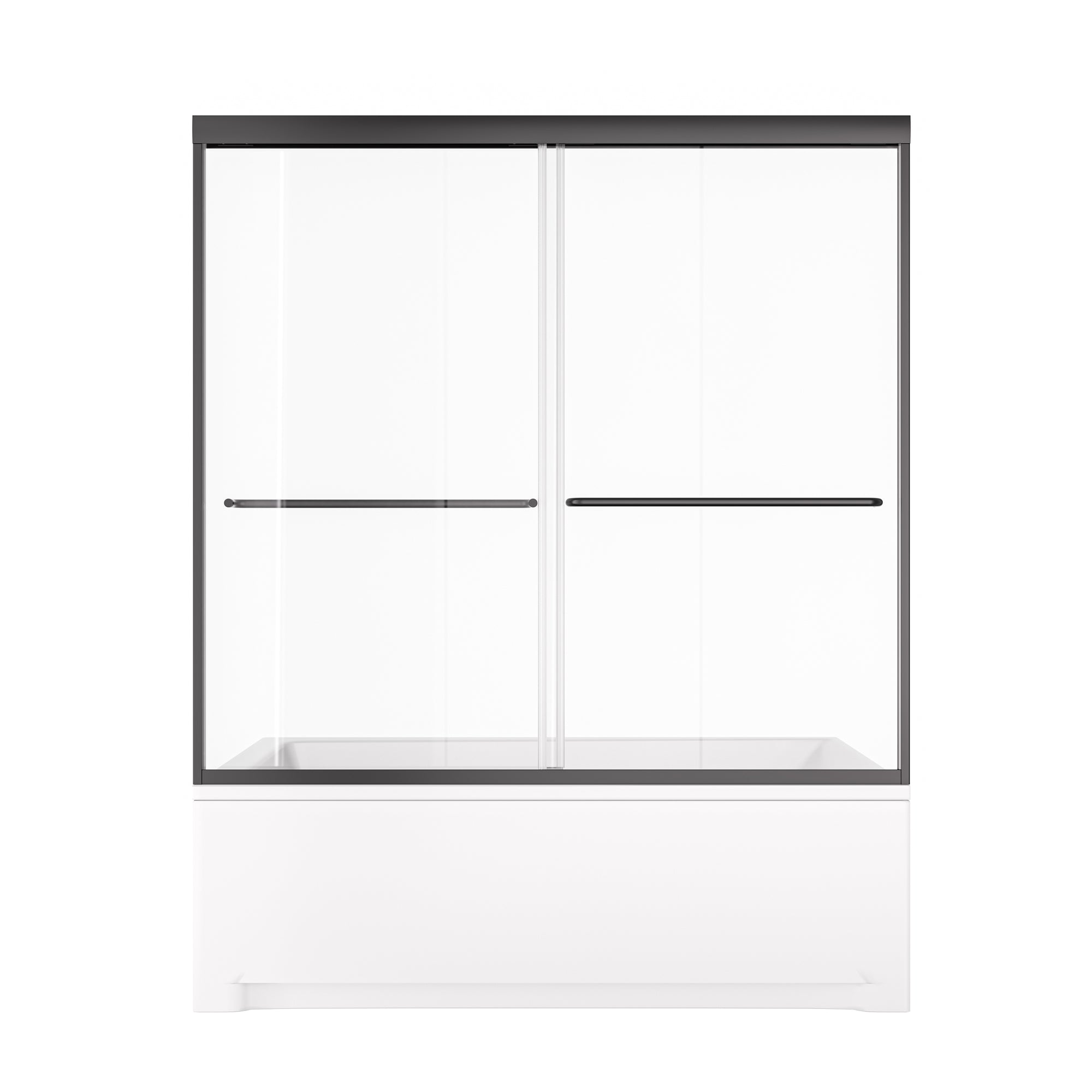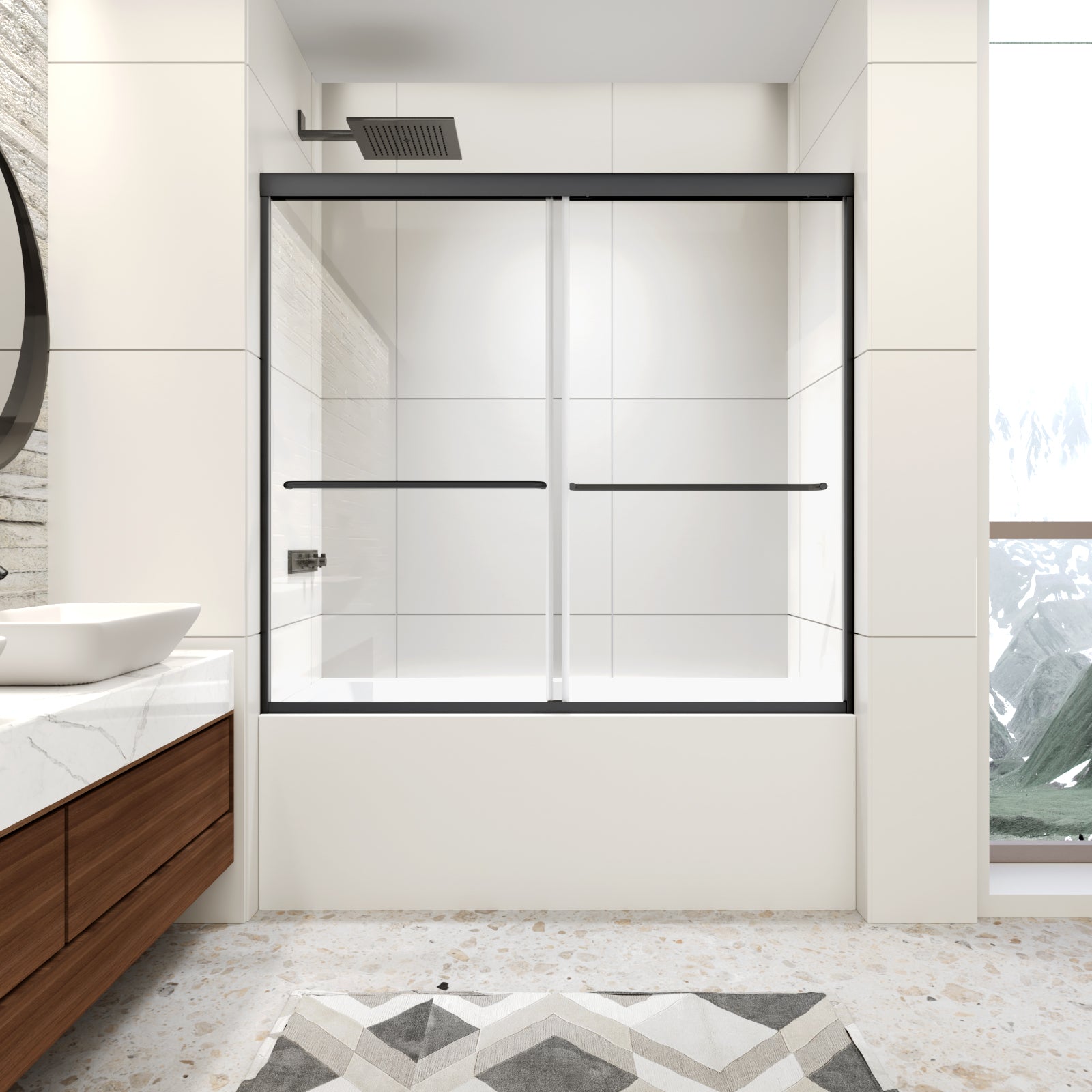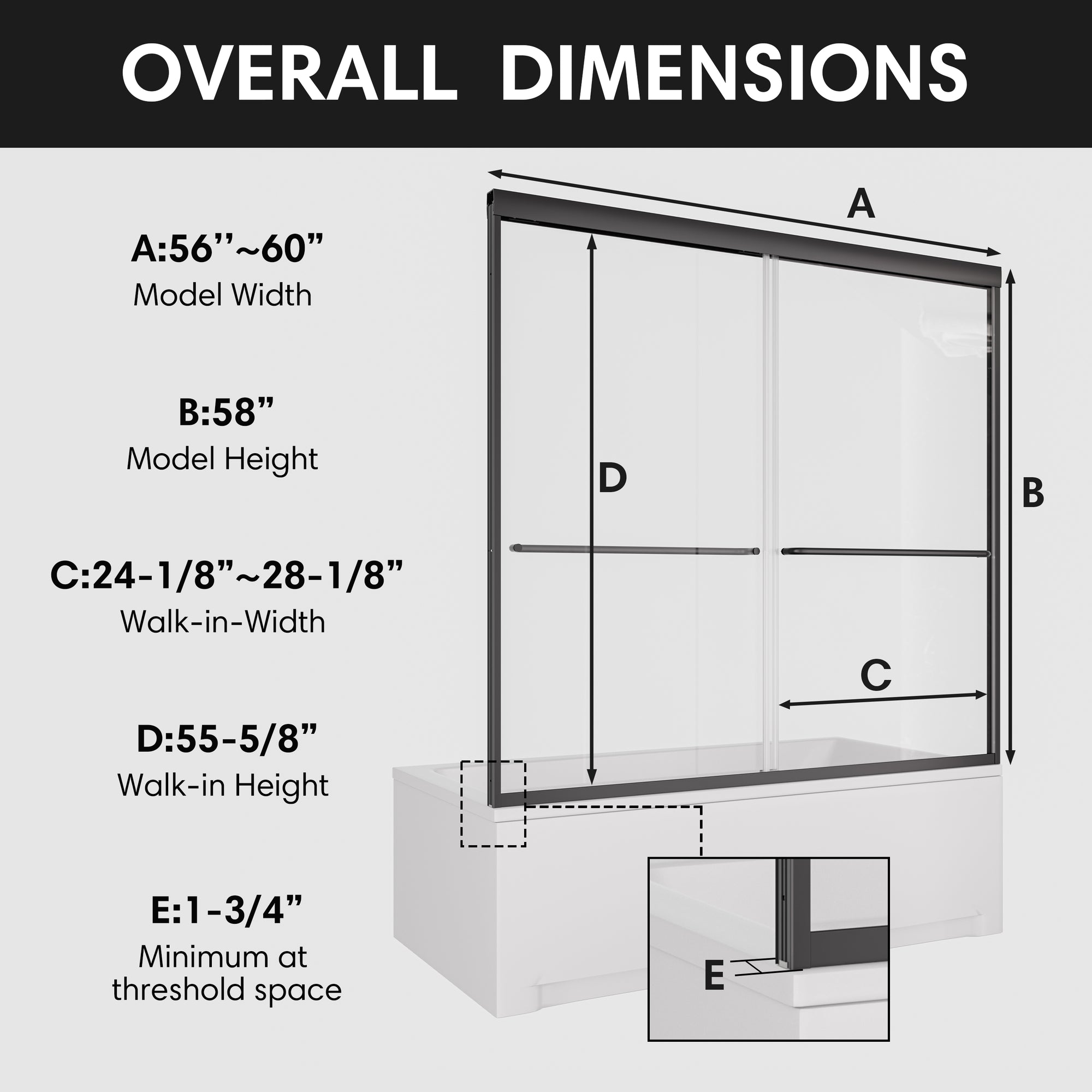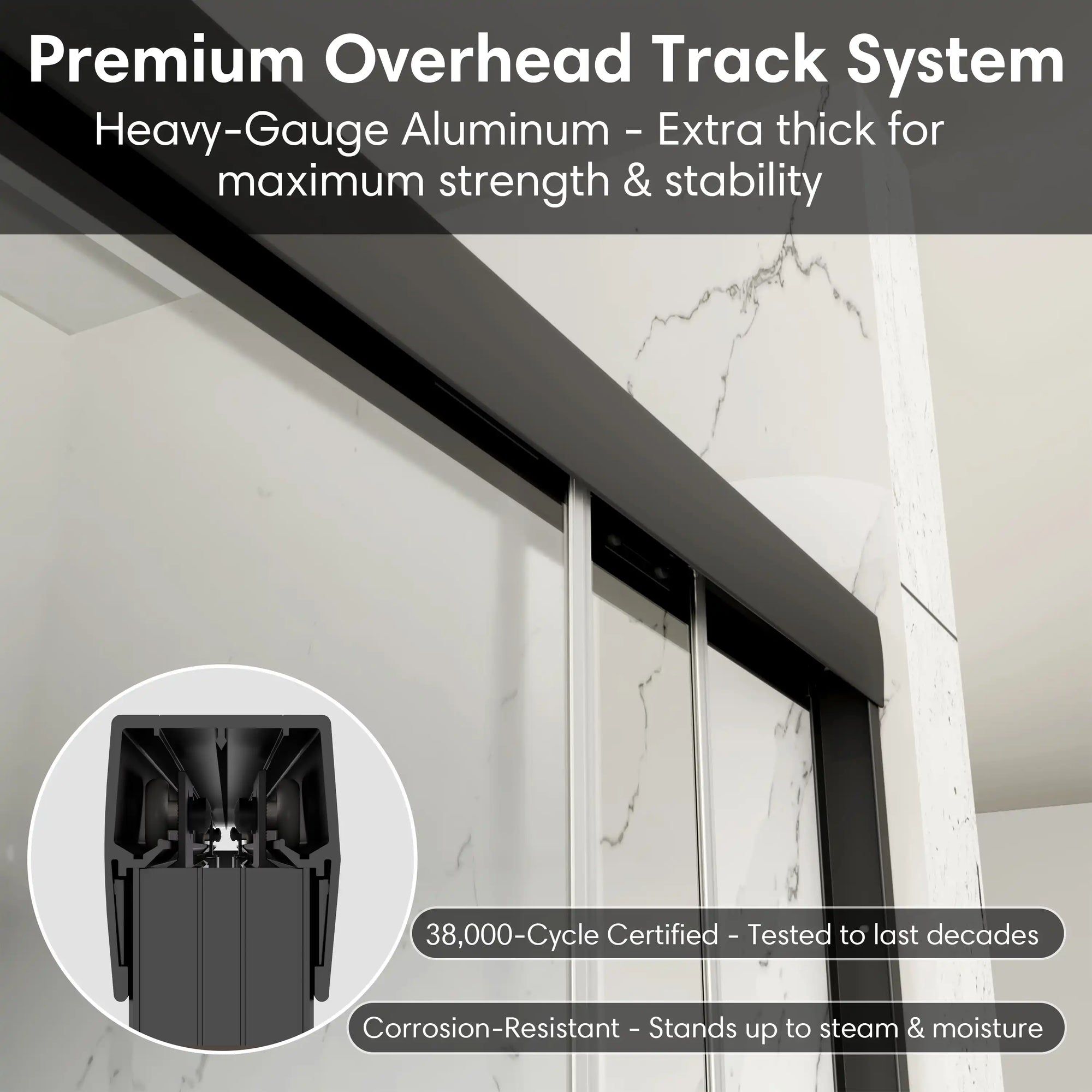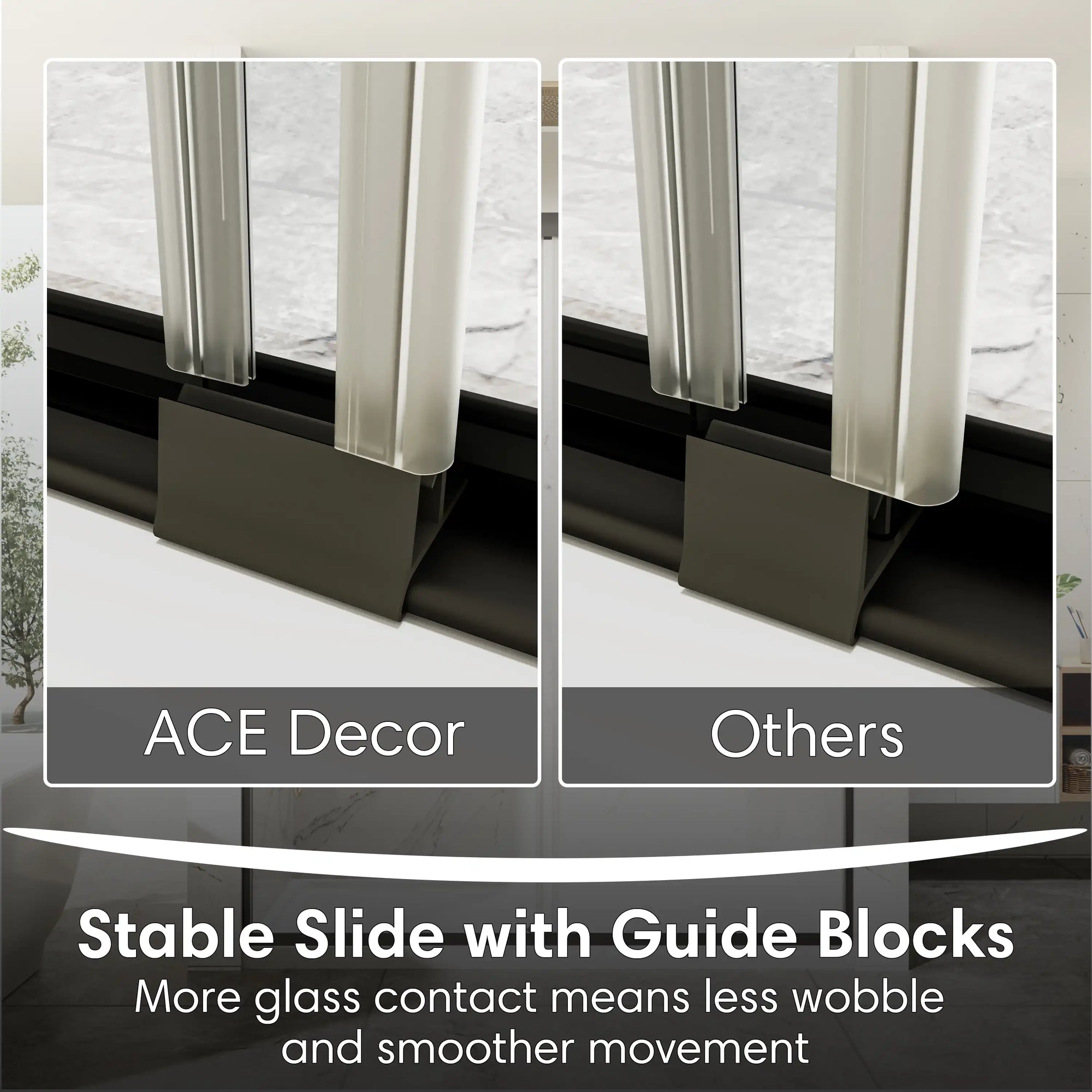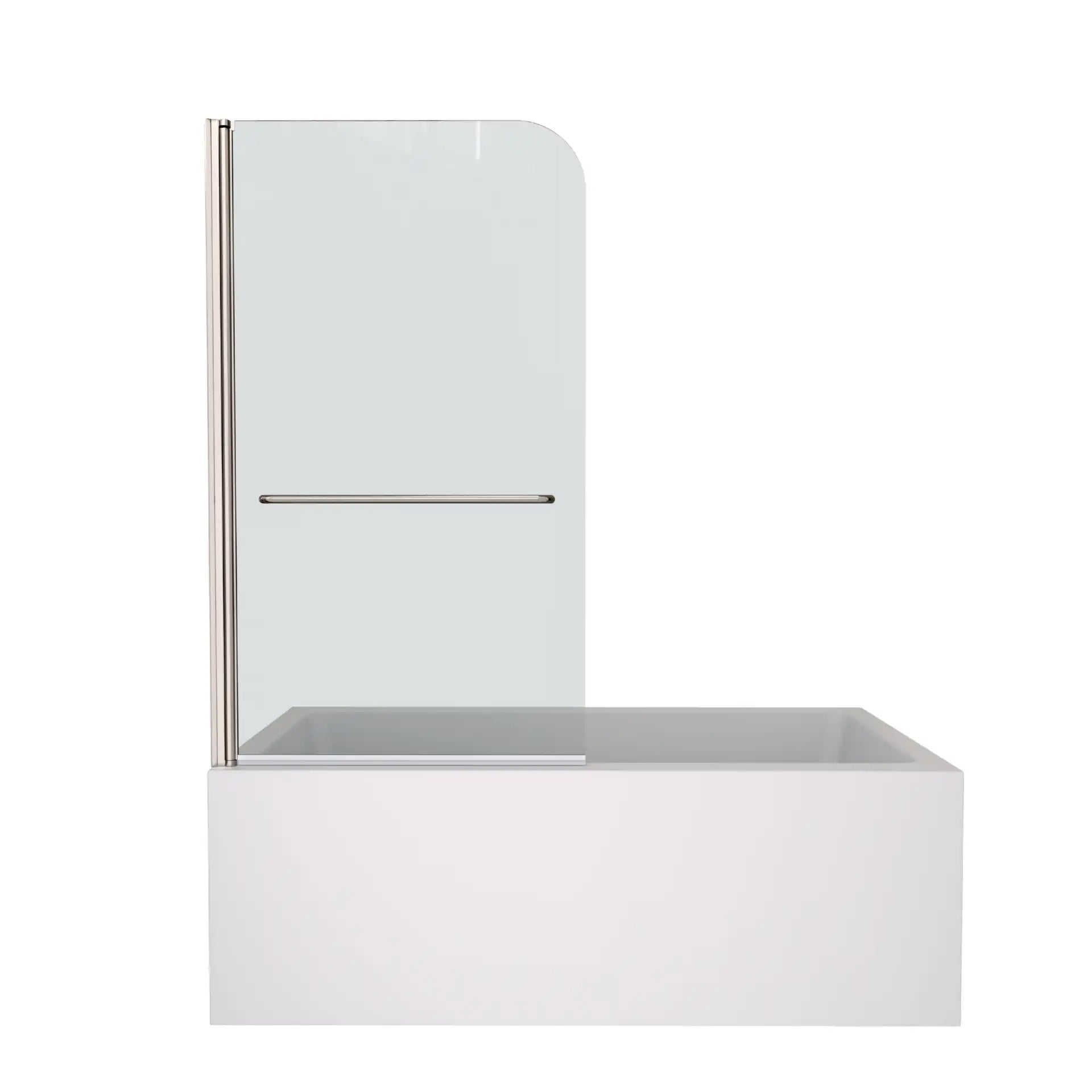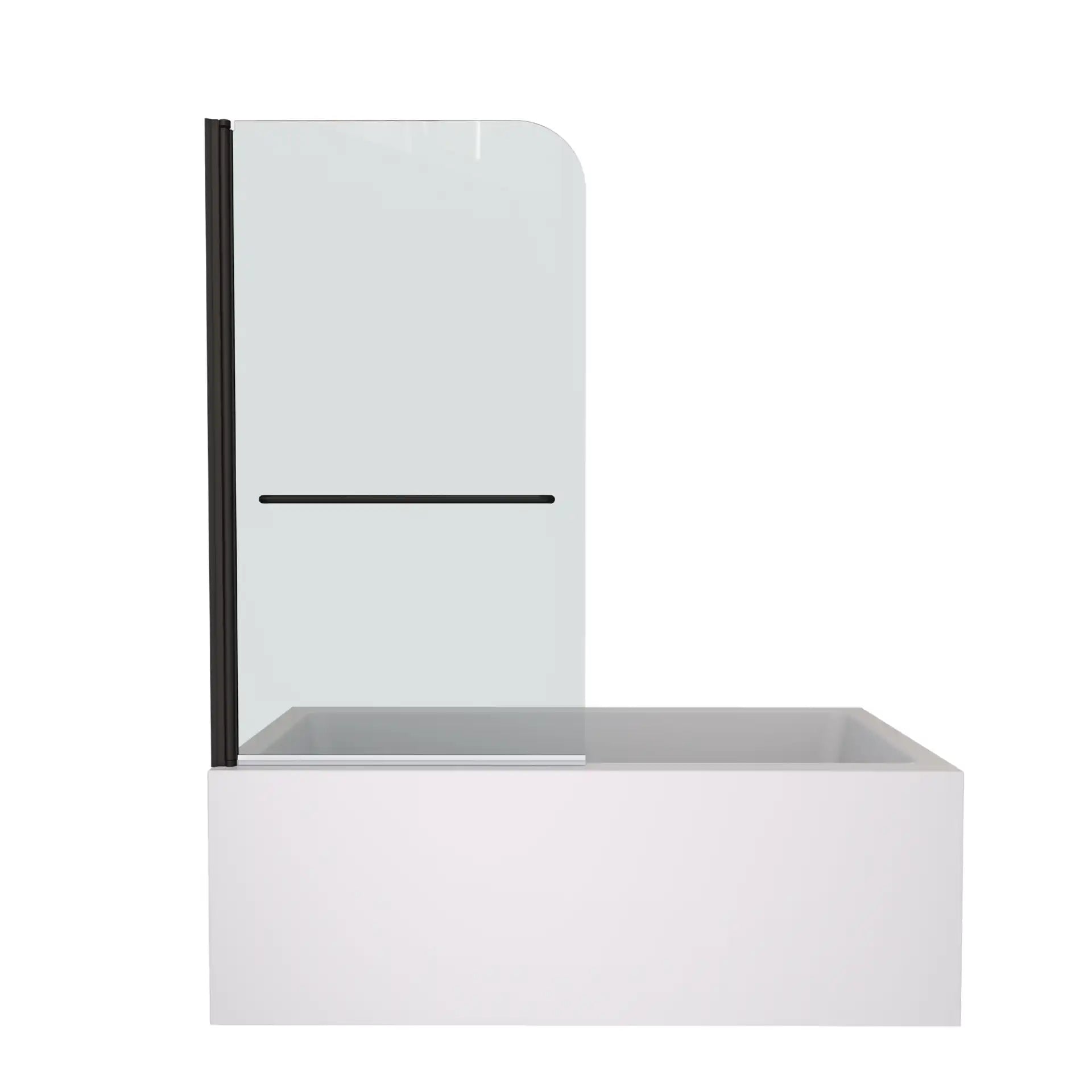More than just a design statement, a large freestanding tub combines everyday comfort, timeless elegance, and measurable value for your home. This article explores why large freestanding tubs are increasingly popular, the benefits they bring to everyday living, and how they continue to shape the future of bathroom design.
Table of Contents:
- Transforming Daily Comfort with Spa-Like Relaxation
- Trend Outlook: The Rising Popularity of Large Freestanding Tubs
- Home Value and Market Appeal
- Design Harmony: Pairing Freestanding Tubs with Fixtures and Finishes
- Built to Last: Maintenance and Longevity Advantages
- Conclusion: A Worthwhile Investment in Comfort and Style
- FAQ: Expert Answers to Common Questions
- Related Articles
Transforming Daily Comfort with Spa-Like Relaxation
A bathroom is more than a utility space; it’s a retreat where daily stress can melt away. A large freestanding tub delivers an immersive soaking experience that standard built-in models simply cannot replicate.
The added depth and large dimensions provide for full-body immersion, providing a real spa experience in the home. This could lead to better relaxation, less muscle tension, and even sleep, for those with busy lives.
According to wellness studies, warm water immersion promotes circulation and alleviates stiffness, making a large tub not just indulgent but also beneficial to health.
In practical terms, homeowners appreciate the versatility. Whether you want a quick soak or an extended evening of relaxation, the freedom of movement in a spacious tub enhances the experience. Families also find it convenient—bathing young children becomes easier and more comfortable when space is not a constraint.

Trend Outlook: The Rising Popularity of Large Freestanding Tubs
The growing popularity of the large freestanding tub is not a passing fad. Industry reports and design forecasts suggest that demand will continue to rise in North America for several reasons:
-
Lifestyle Shift: As more homeowners invest in wellness at home, features that deliver a spa-like experience are highly sought after. Large freestanding tubs deliver precisely that.
-
Resale Value: Real estate professionals note that luxury bathroom features often boost market appeal. Buyers increasingly expect high-end touches, and a freestanding tub signals sophistication.
-
Design Versatility: Advances in materials have expanded options, from lightweight acrylic models suitable for upper floors to heavy stone tubs that emphasize permanence. The flexibility in placement and design means that freestanding tubs can complement various homes.
-
Customization: Future trends point toward greater personalization—unique shapes, custom colors, and eco-friendly materials are likely to dominate the next wave of tub designs.
Taken together, these factors suggest that large freestanding tubs will remain central to bathroom design, evolving in ways that cater to both aesthetics and function.

Home Value and Market Appeal
Real estate professionals consistently report that bathrooms play a major role in buyers’ decisions. A bathroom remodel featuring a freestanding tub can significantly elevate perceived luxury, helping your home stand out in a competitive market.
According to remodeling cost-versus-value analyses, bathroom upgrades often yield a return of 60%–70%. While ROI is always location and market dependent, adding a high-impact feature such as a large freestanding tub aligns your home with buyer expectations in the mid-to-high-end market. It signals sophistication, quality, and readiness for move-in.
Moreover, larger tubs particularly appeal to buyers seeking a “primary suite retreat,” a trend that has grown steadily in North America over the last decade. By investing in this feature, you’re not just improving your current lifestyle—you’re strategically increasing long-term property appeal.

Design Harmony: Pairing Freestanding Tubs with Fixtures and Finishes
The tub is definitely a centerpiece but it should be paired with bathroom fixtures and finish selections to really have an impact on the space. Three essentials to think about, designers say: tile, lighting, and hardware.
-
Tile and Surfaces: Large-format tiles in neutral tones create a continuous, seamless look that complements the freestanding tub’s clean silhouette. Natural stone tiles, such as marble or travertine, reinforce the spa-inspired ambiance.
-
Lighting: Positioning a tub under a statement chandelier or pendant light enhances its sculptural qualities. Soft, layered lighting can highlight curves and surfaces, making the tub appear even more dramatic.
-
Metal Fixtures: Freestanding tubs often pair with floor-mounted faucets. Choosing finishes like brushed nickel, polished chrome, or matte black creates a refined contrast. The trend we are loving for a more adventurous approach is mixing metals - pairing warm brass with cooler tones adds such depth and sophistication.
Extra Tips: Small details can elevate the atmosphere around a large freestanding tub. A well-chosen bathtub tray, for example, provides both function and elegance—offering space for a book, a glass of wine, or skincare essentials. Adding aromatic candles or diffusers enhances the sensory experience, turning an ordinary soak into a restorative ritual.
Built to Last: Maintenance and Longevity Advantages
Maintenance is another consideration. These days, however, many modern freestanding tubs are made for durability and ease of maintenance. Materials such as acrylic, stone resin, and enameled cast iron resist scratches and stains while retaining heat effectively.
Cleaning is often more straightforward, too. Since the tub stands away from surrounding walls, reaching all surfaces is easy. This minimizes the chance for mold or mildew growth in nooks and crannies, a problem with built-in enclosures.
When cared for properly, a quality freestanding tub can last for decades. The combination of durable construction, timeless design, and ease of cleaning means that your investment remains both functional and visually appealing long after the remodel is complete.

Conclusion: A Worthwhile Investment in Comfort and Style
The large freestanding tub represents more than a design statement—it is an investment in comfort, functionality, and lasting value. As trends continue to evolve, freestanding tubs remain at the intersection of luxury and practicality, ensuring they will hold their place as a defining element of contemporary bathroom design. This is a great addition to your home whether you are doing renovations to enjoy your home better or fix it up to sell in the future.
Q1: Do I need a large bathroom to install a freestanding tub?
Q2: Are large freestanding tubs energy-efficient?
Q3: How much does a large freestanding tub typically cost?
Q4: Is installation difficult compared to traditional tubs?
Q5: Do freestanding tubs increase resale value?
Bathtub Shower Combo for Small Spaces: Benefits, Drawbacks, and Design Tips
10 Types of Bathtubs – Pros, Cons, and How to Choose the Right One
What Is a Soaking Tub? The Deep-Dive Guide to Depth, Fit, Materials, Heat, and Buying Like a Pro
Garden Bathtubs in 2025: The Ultimate Statement of Luxury and Comfort
